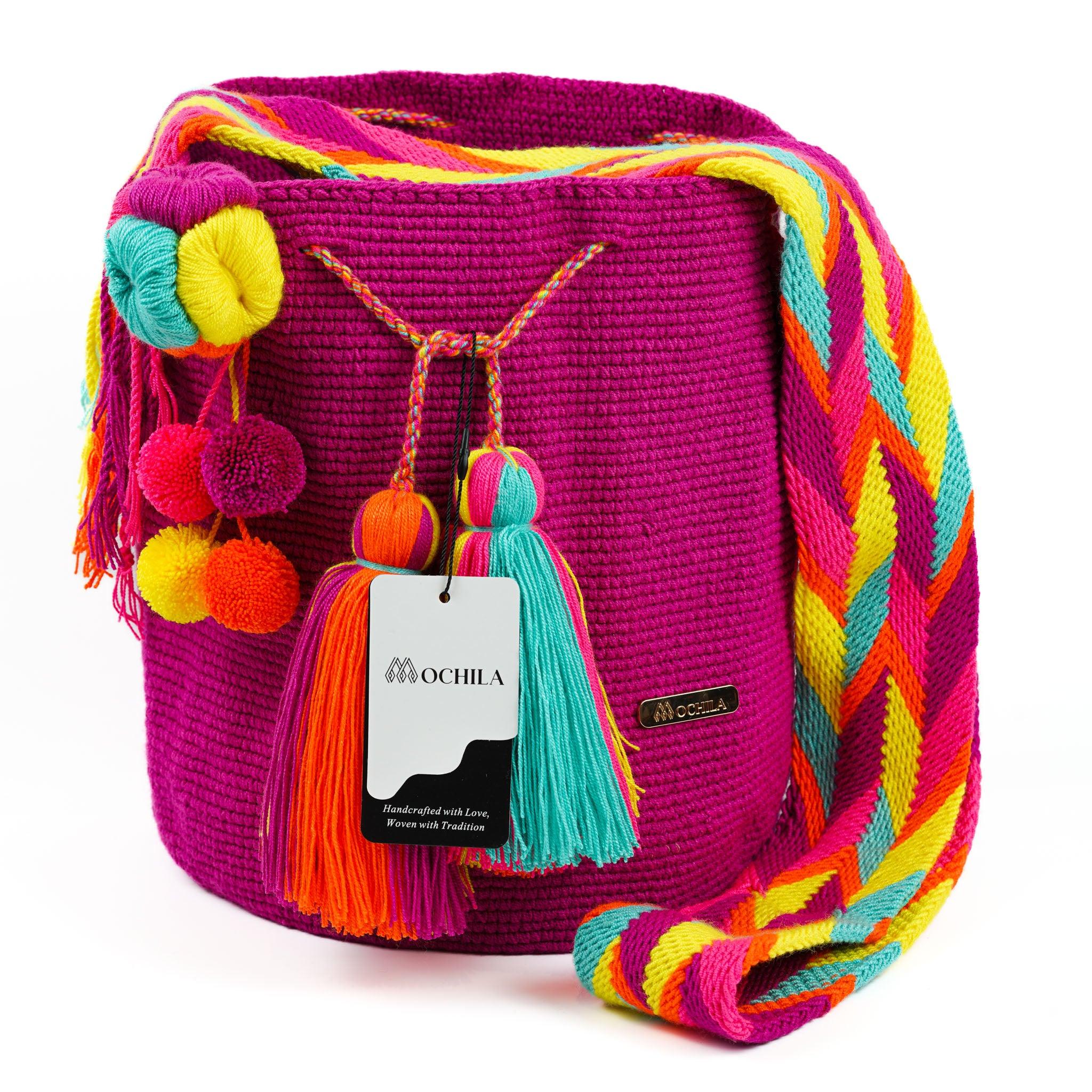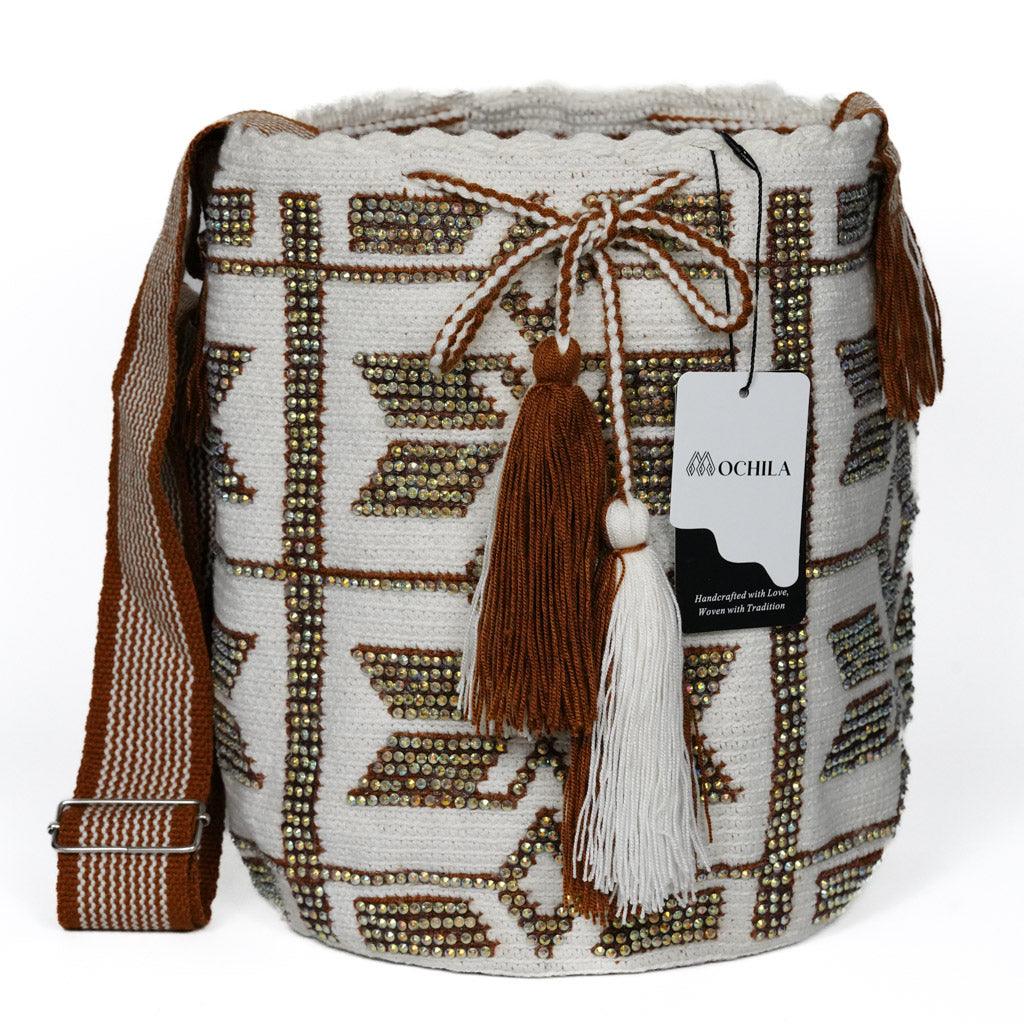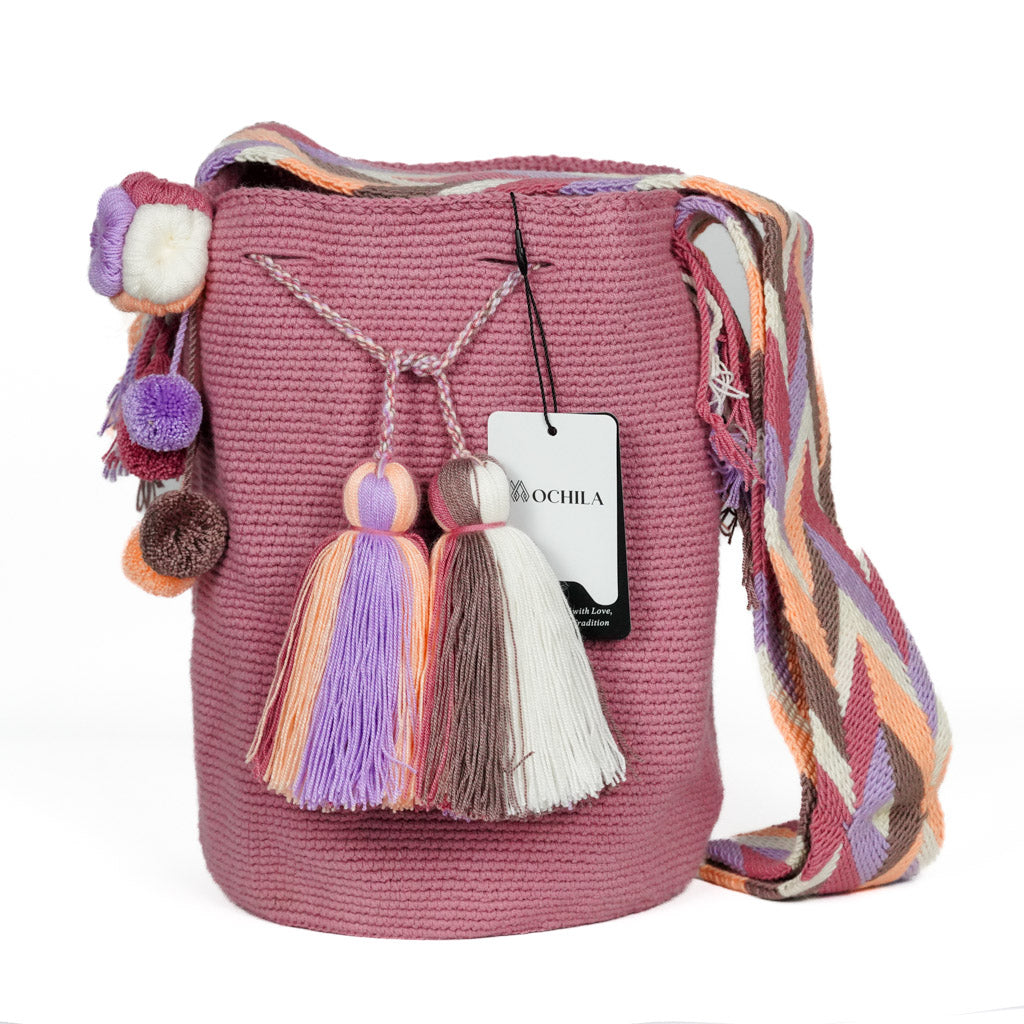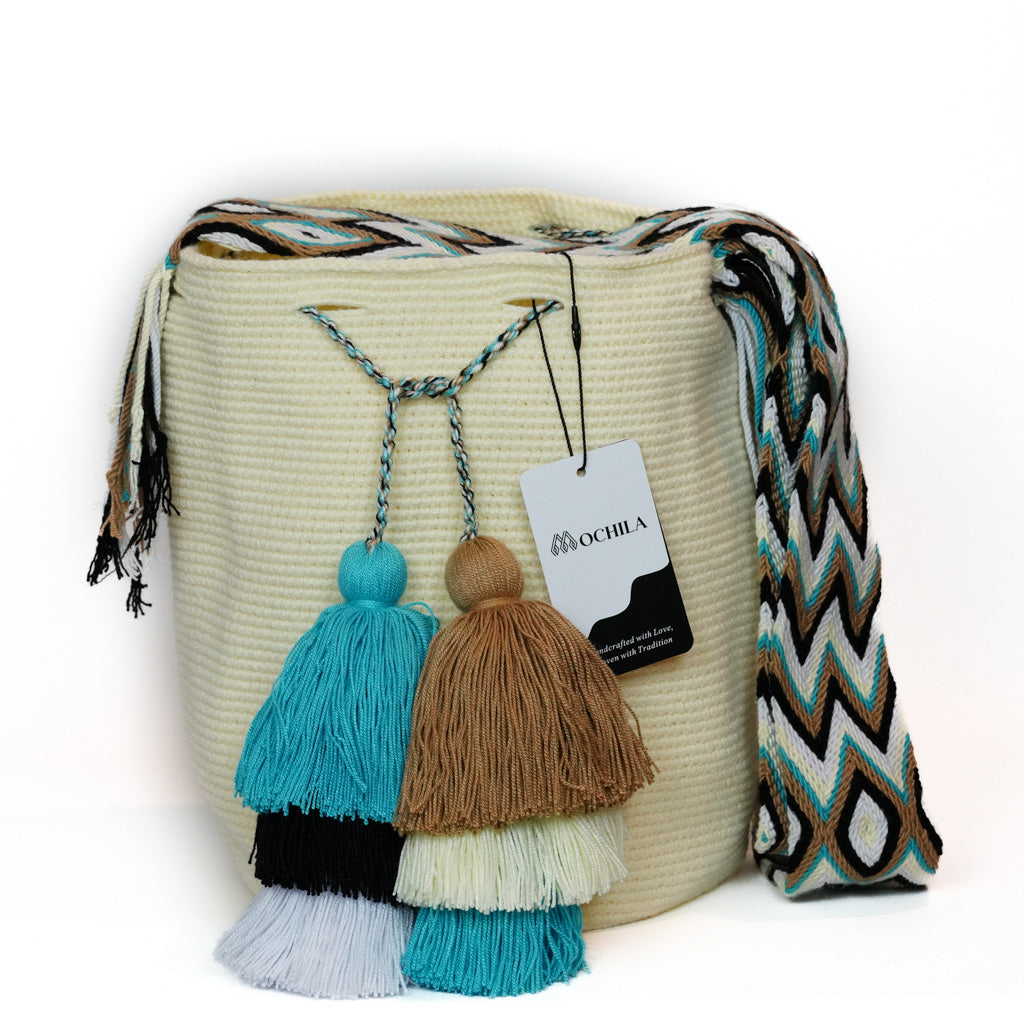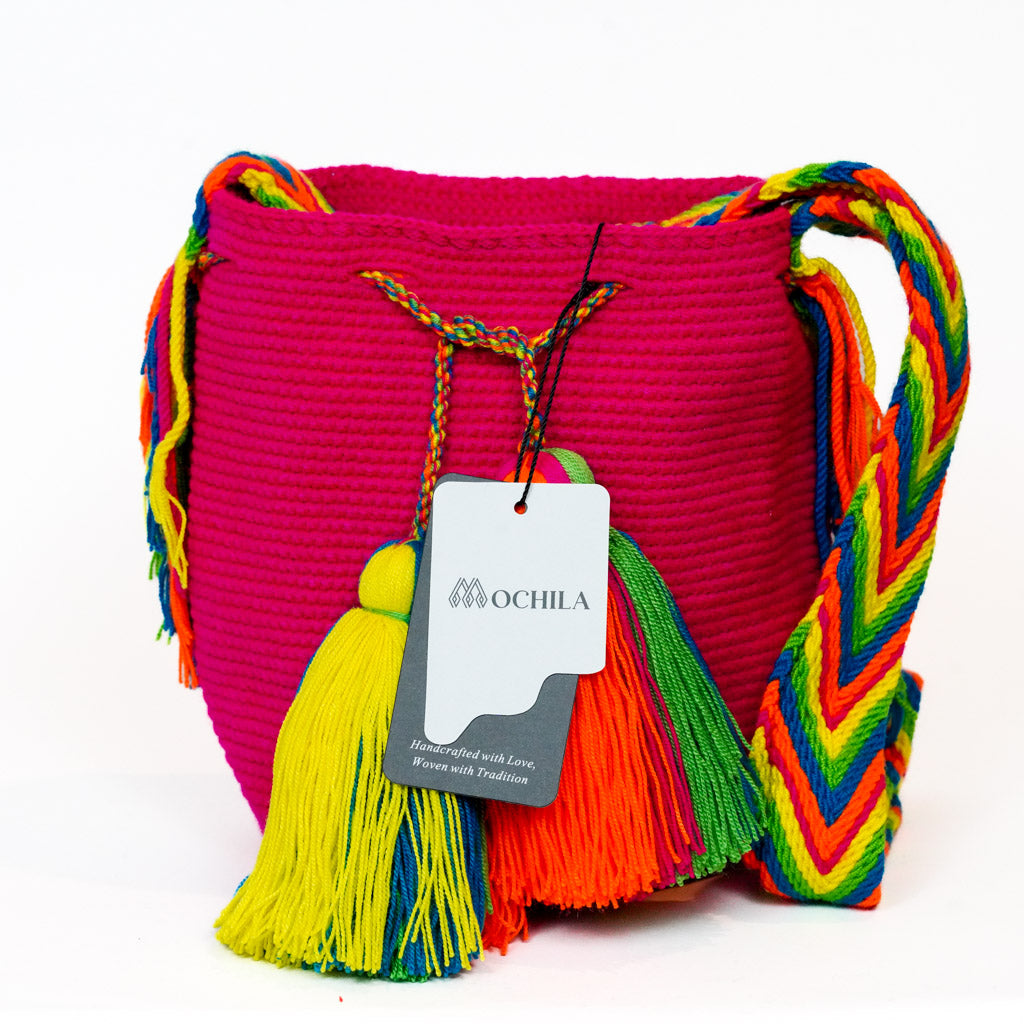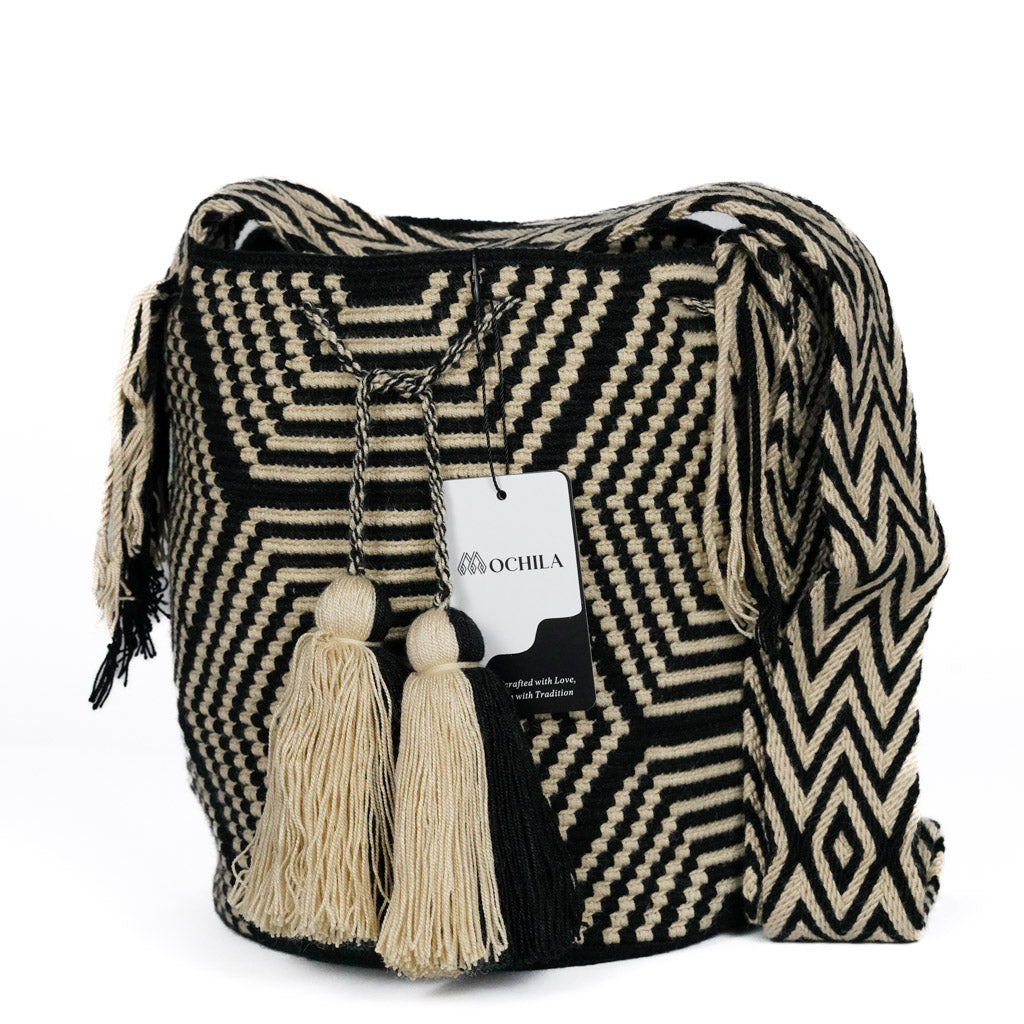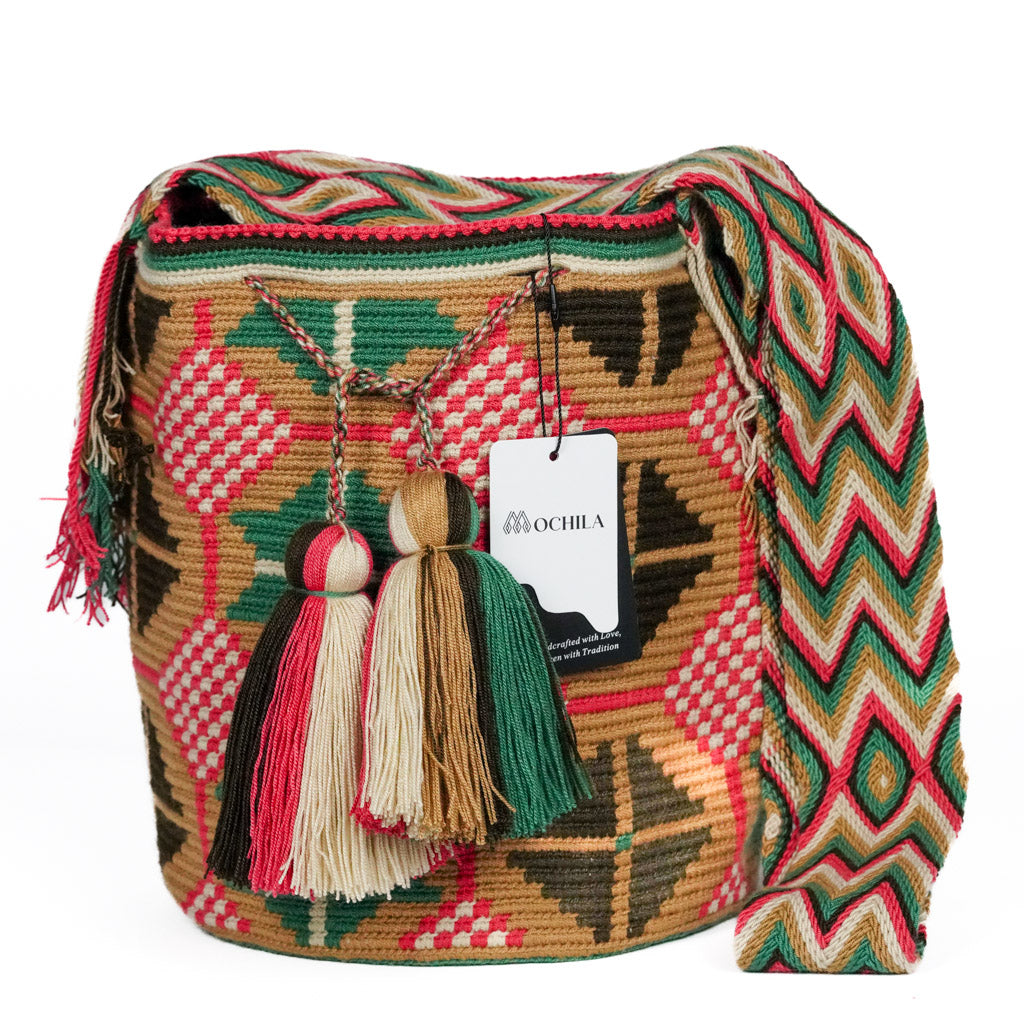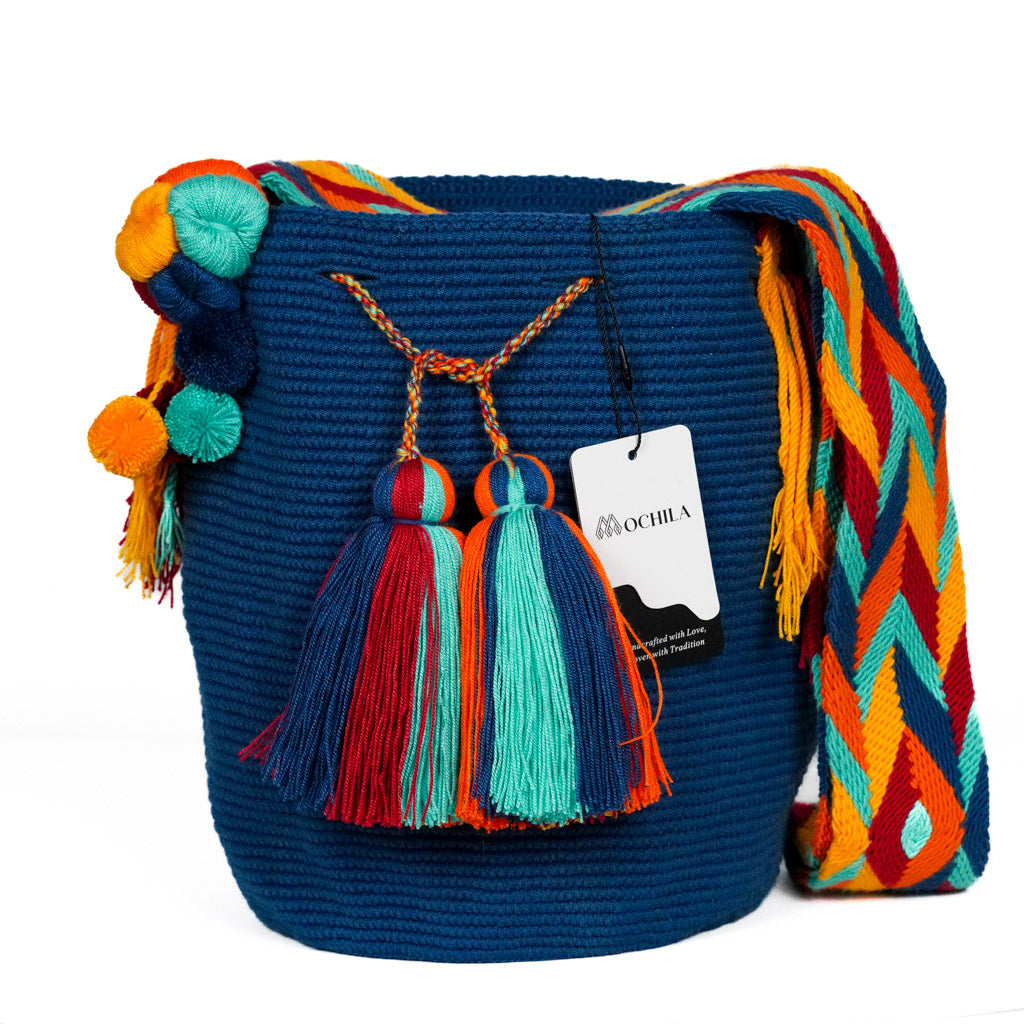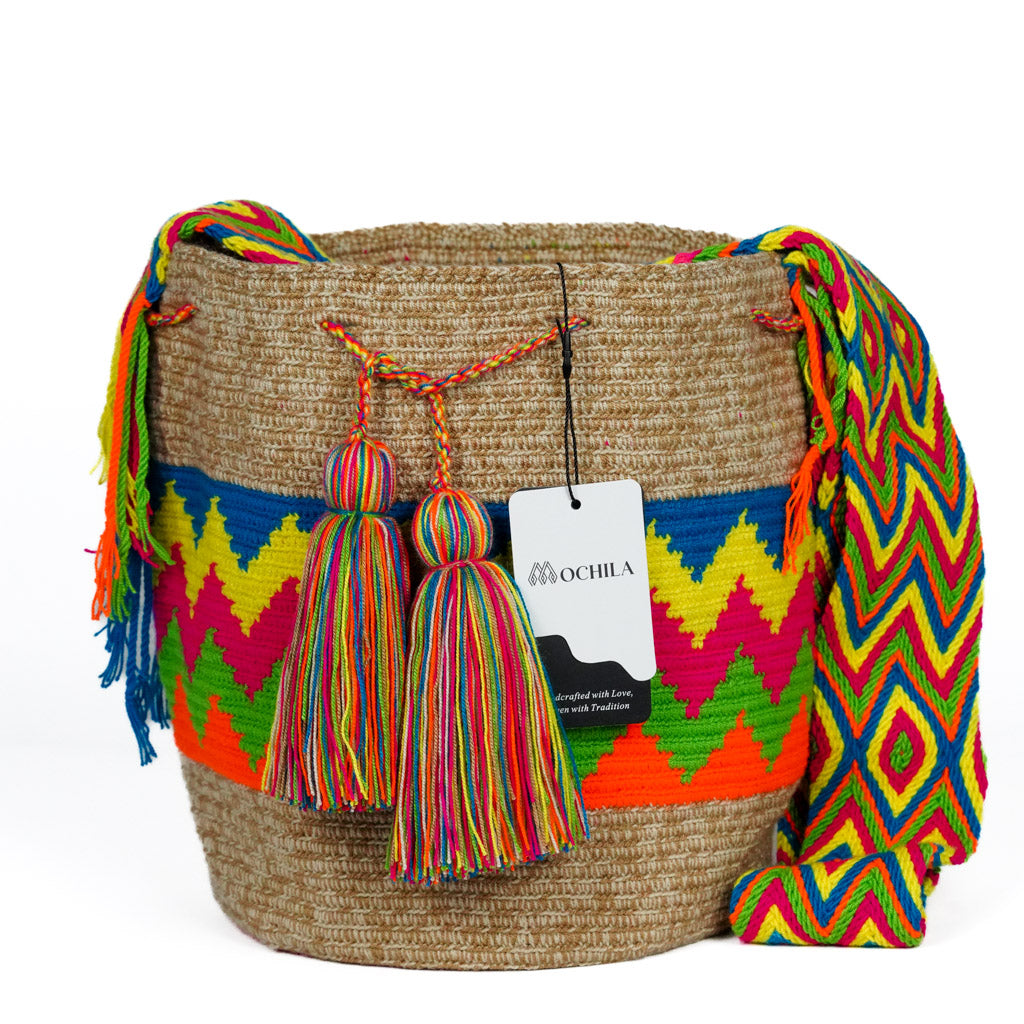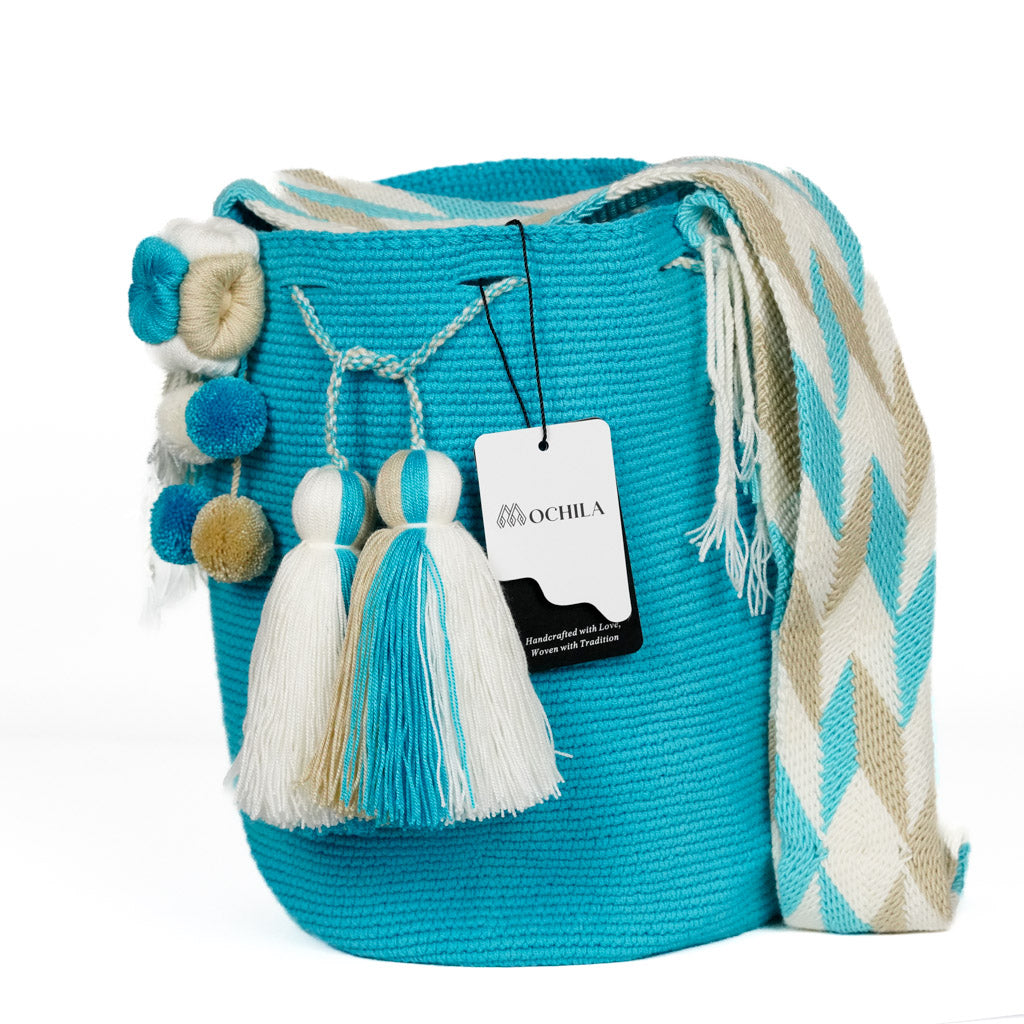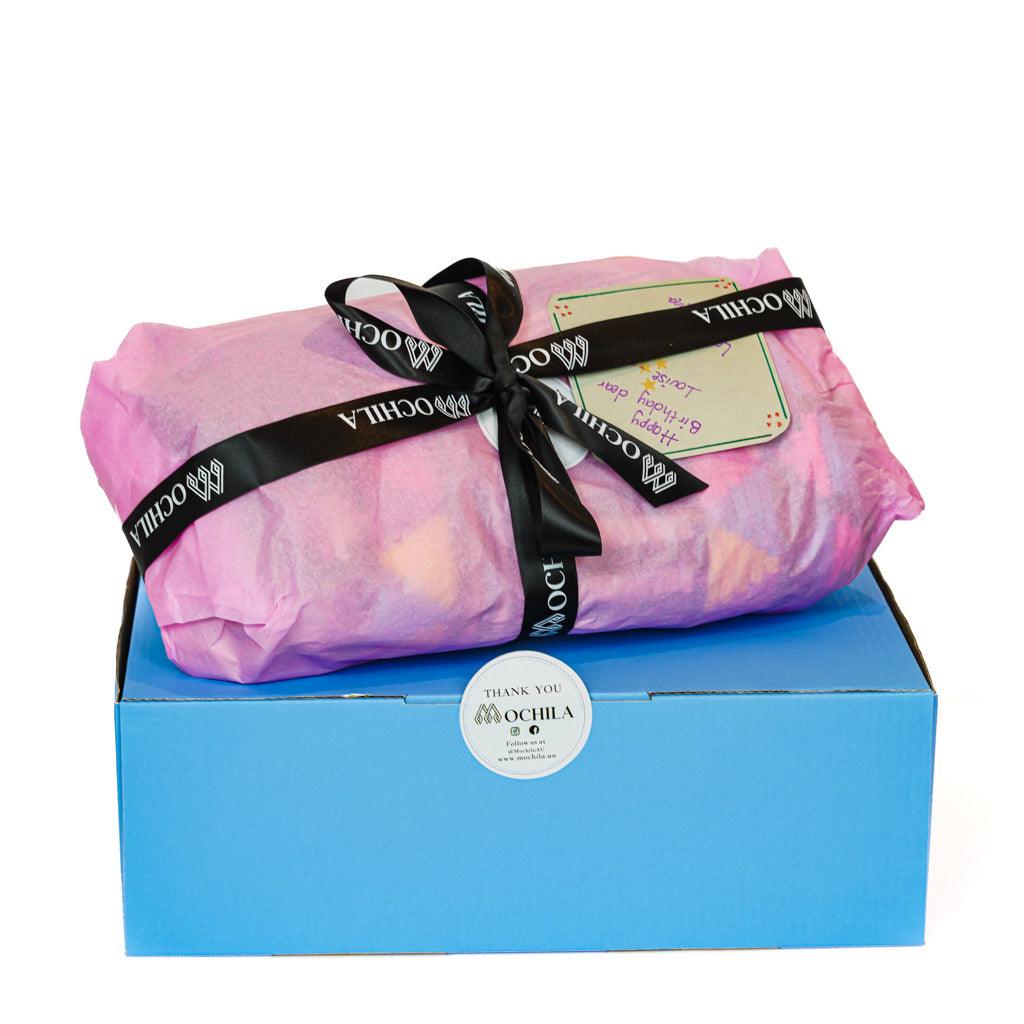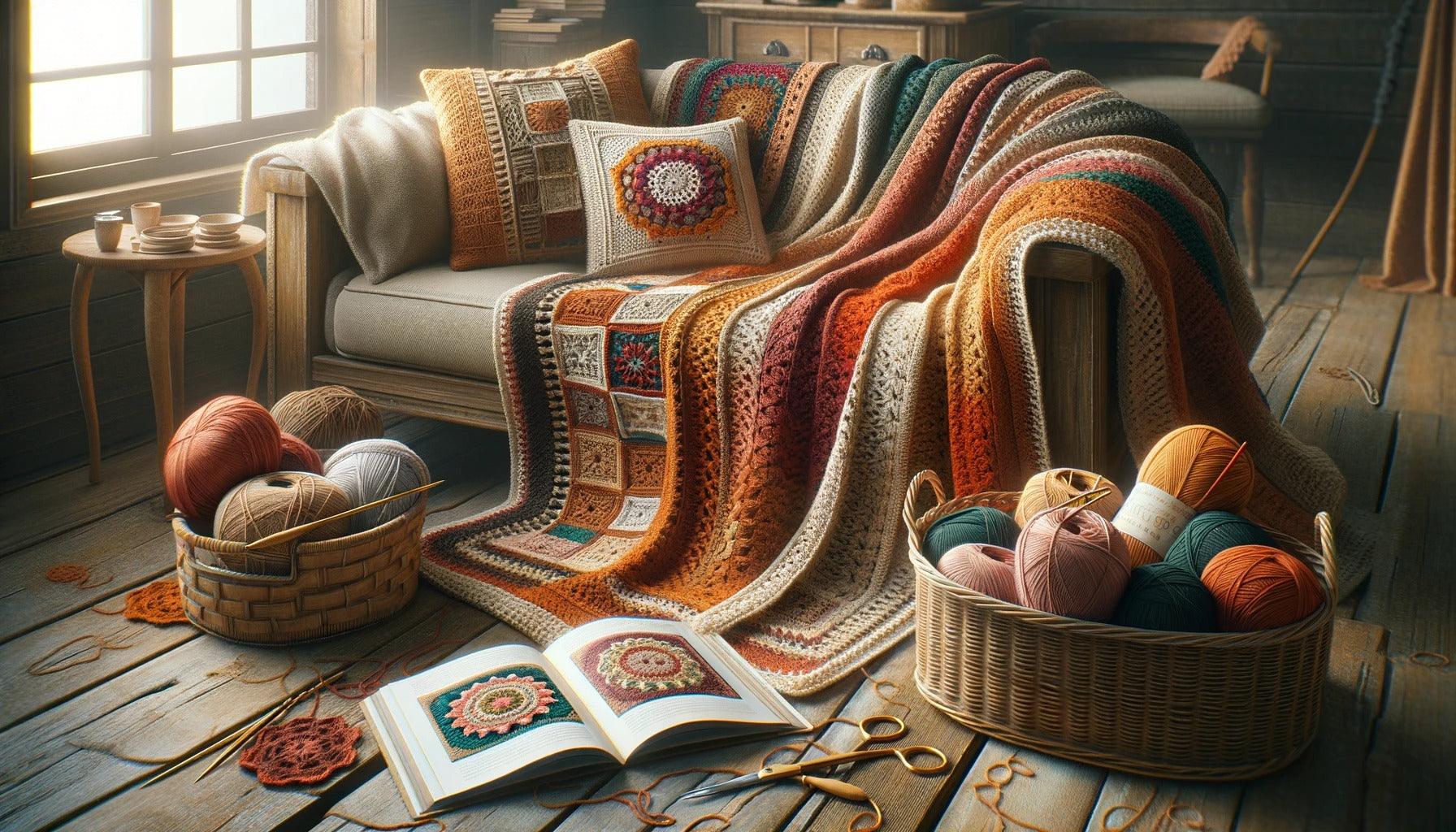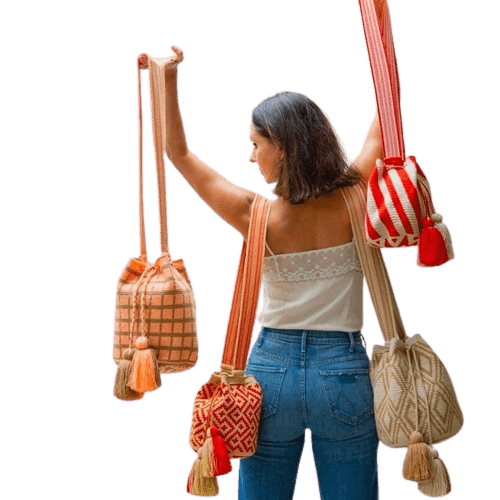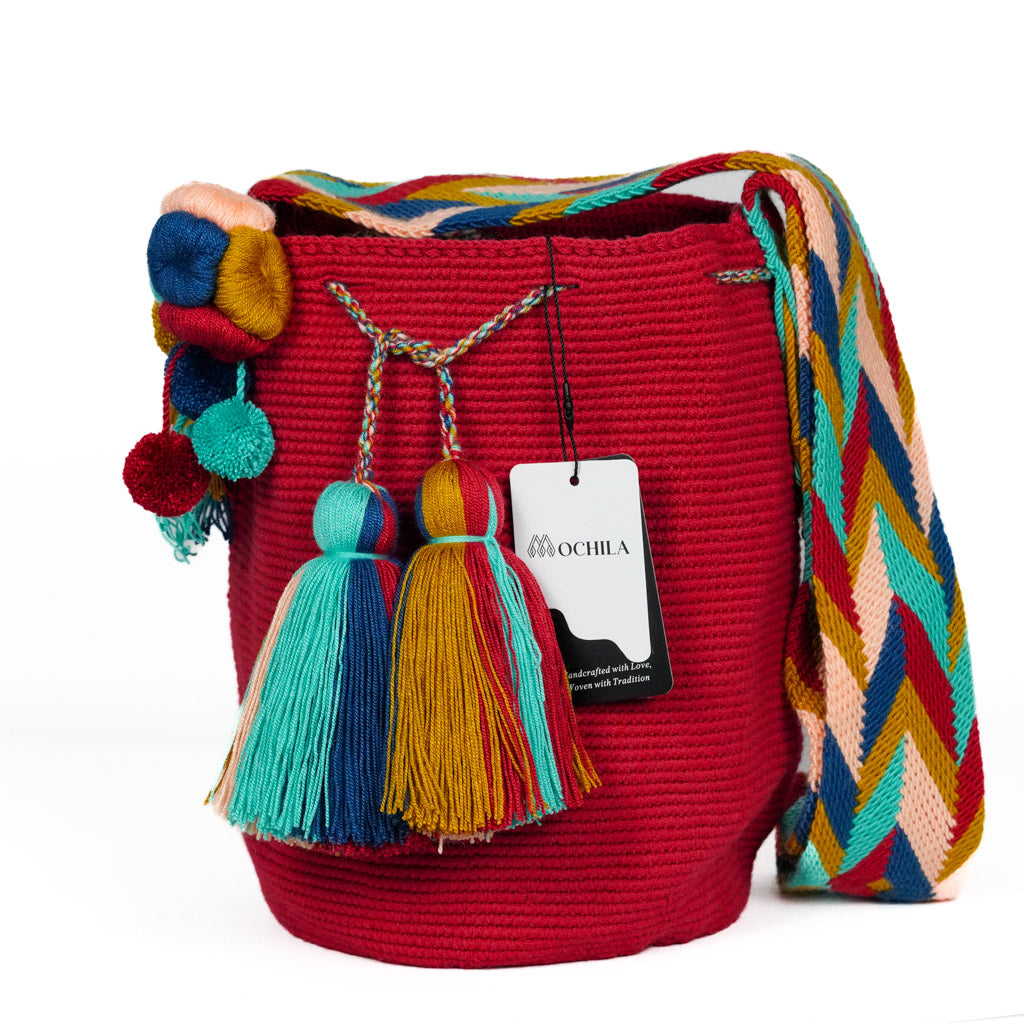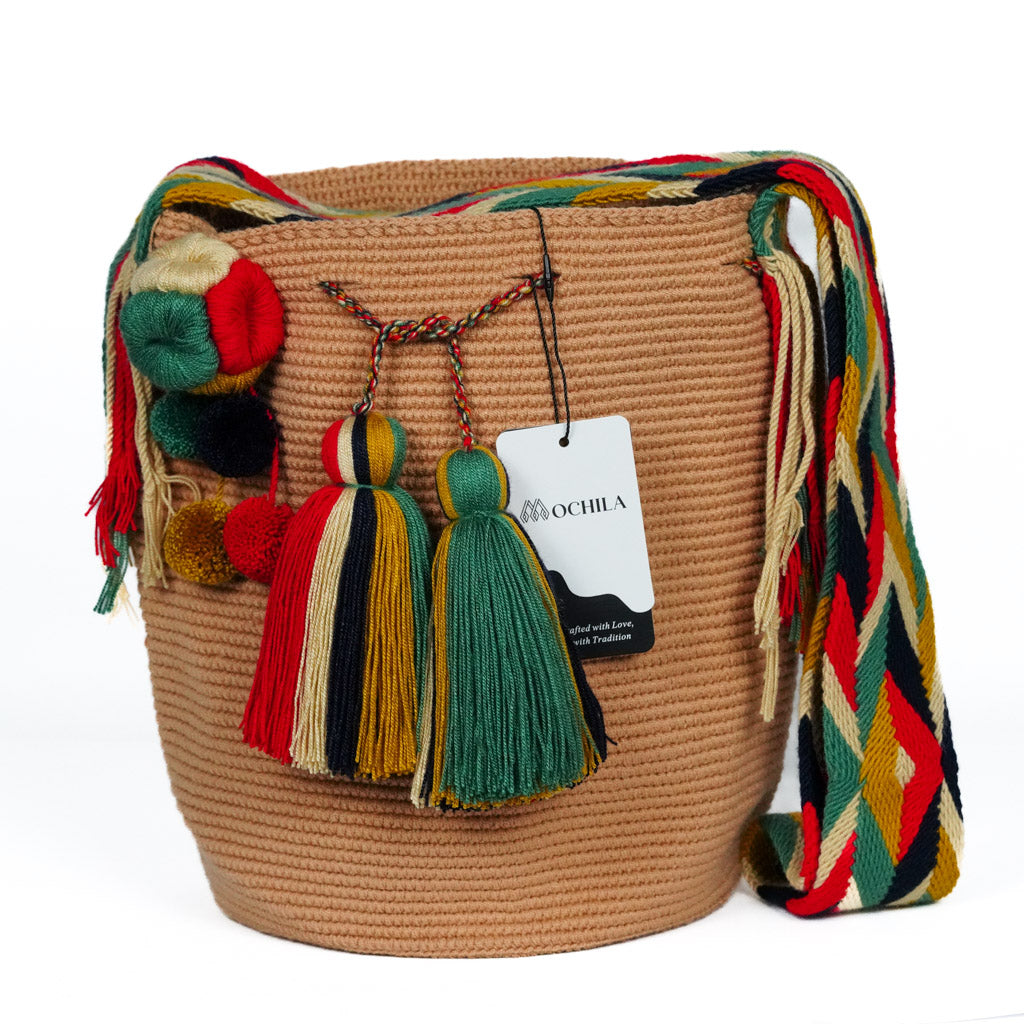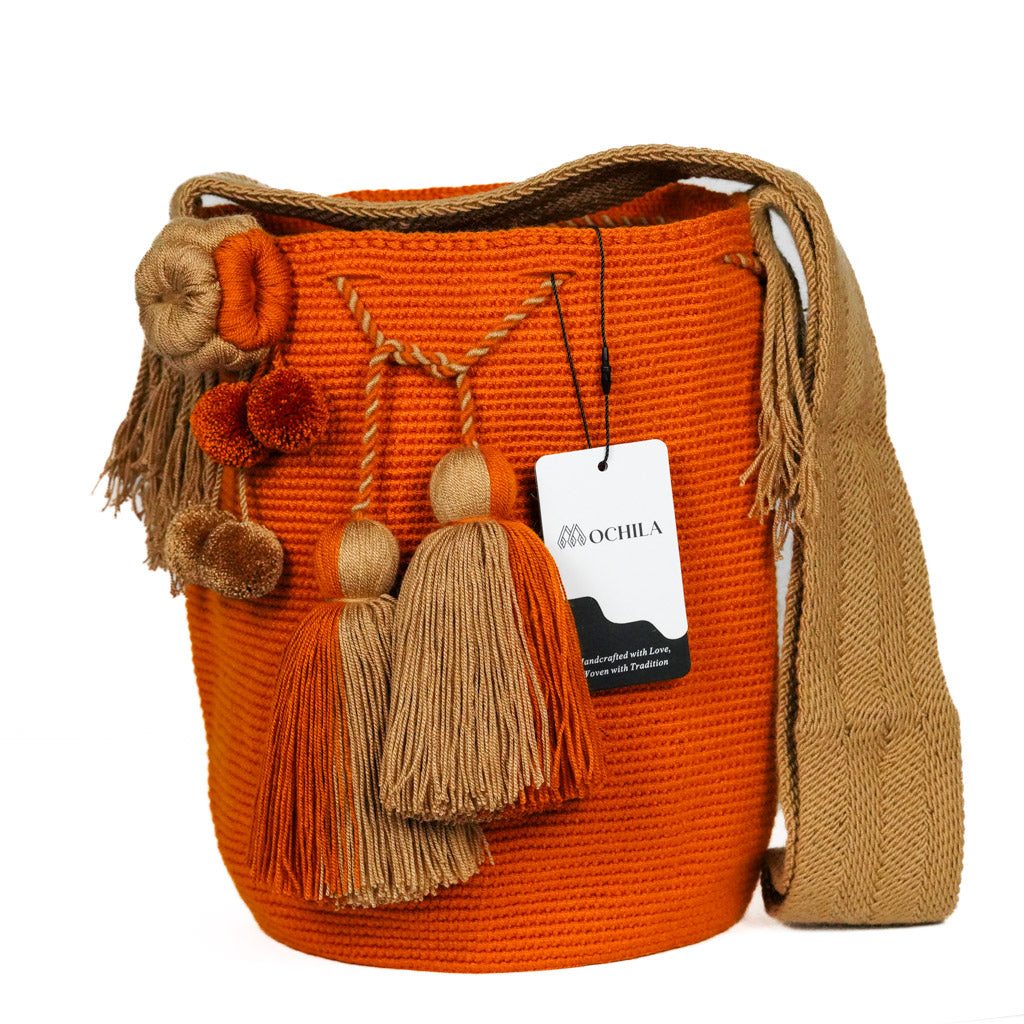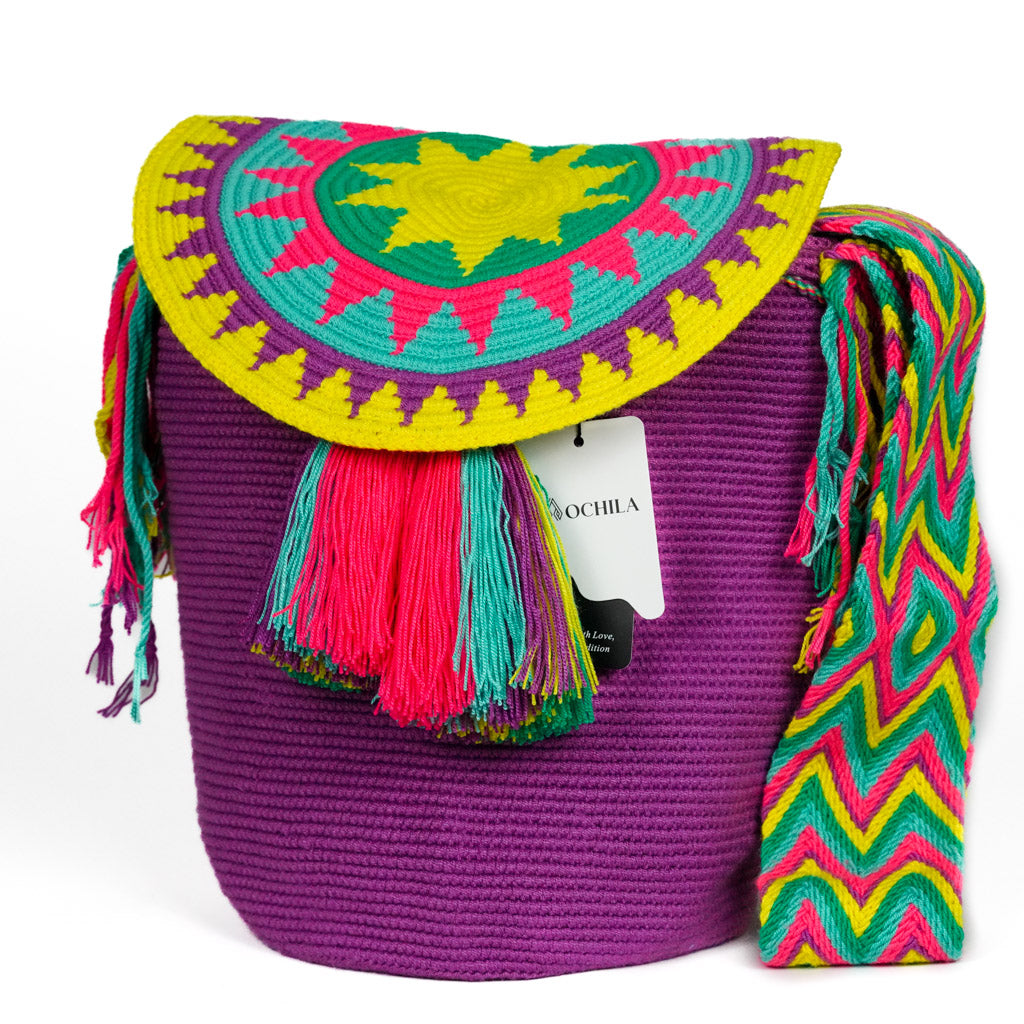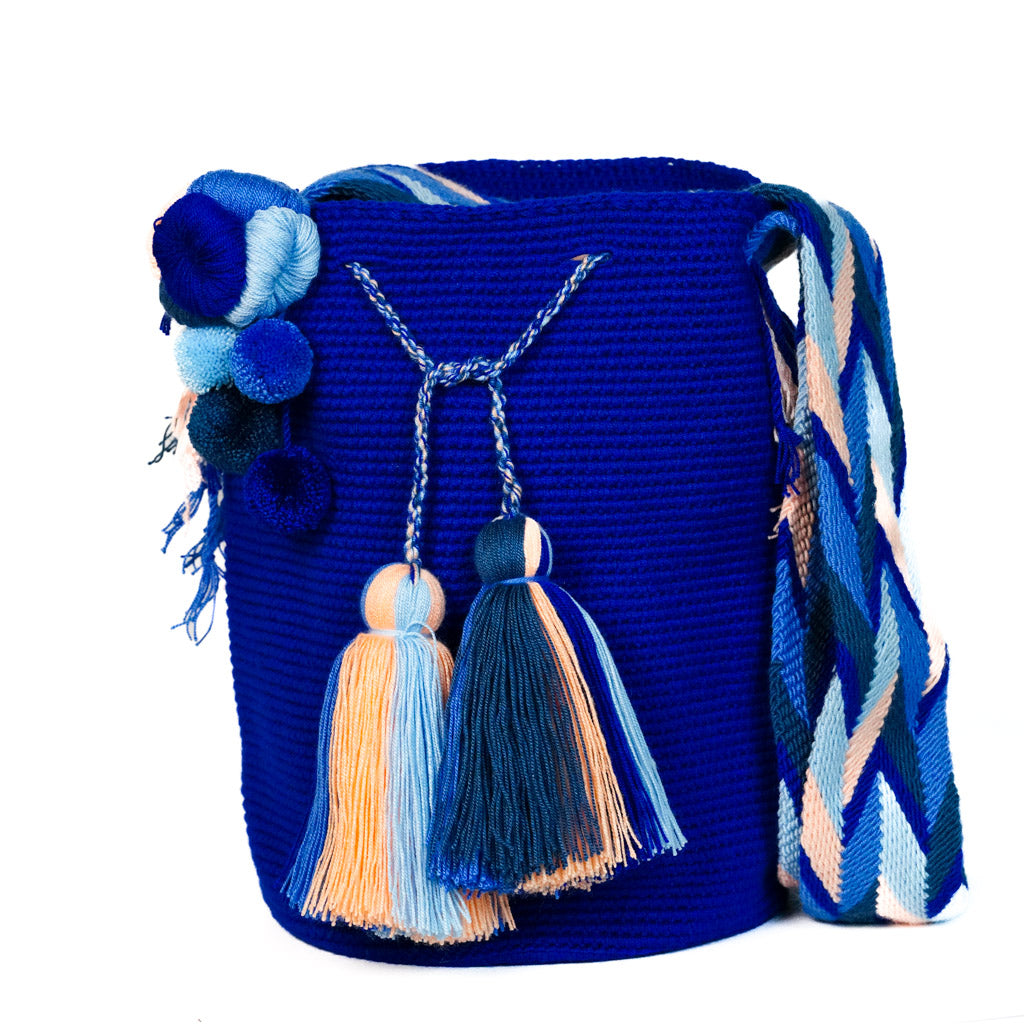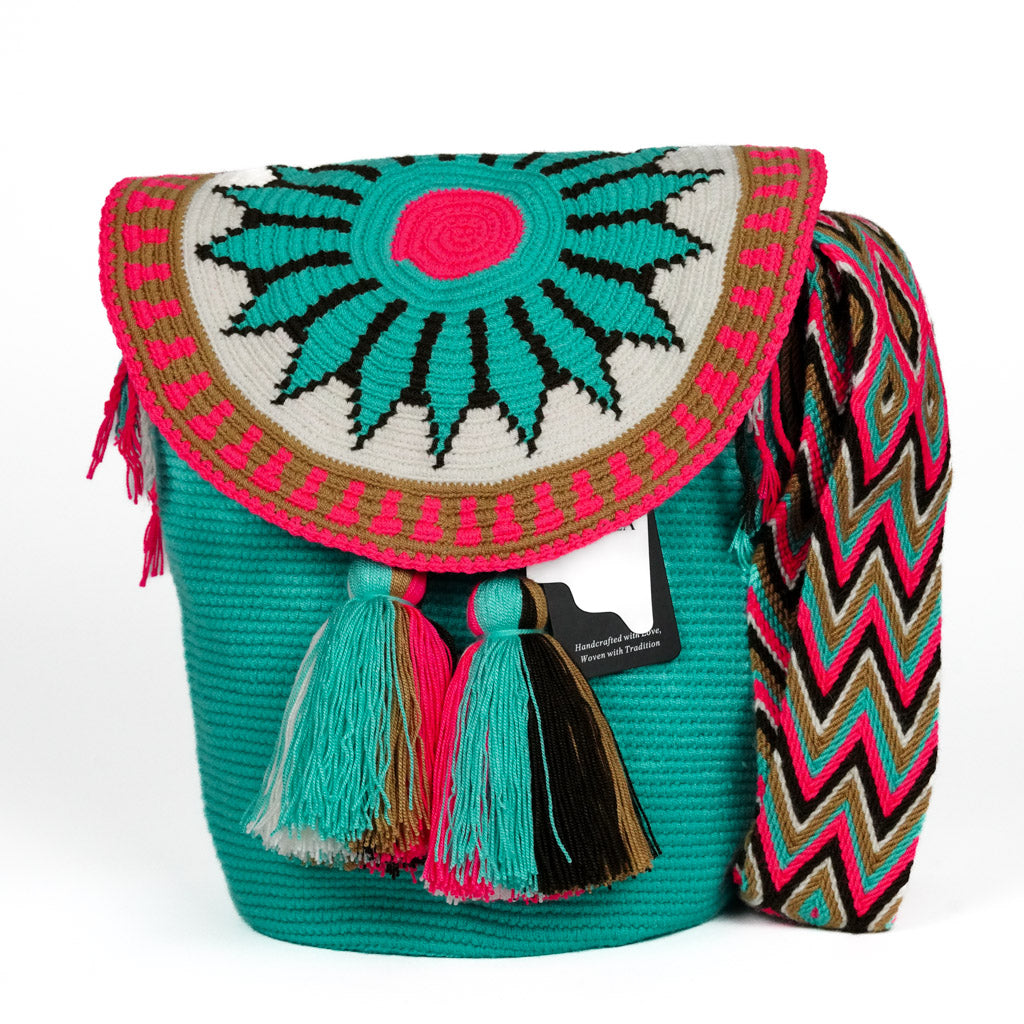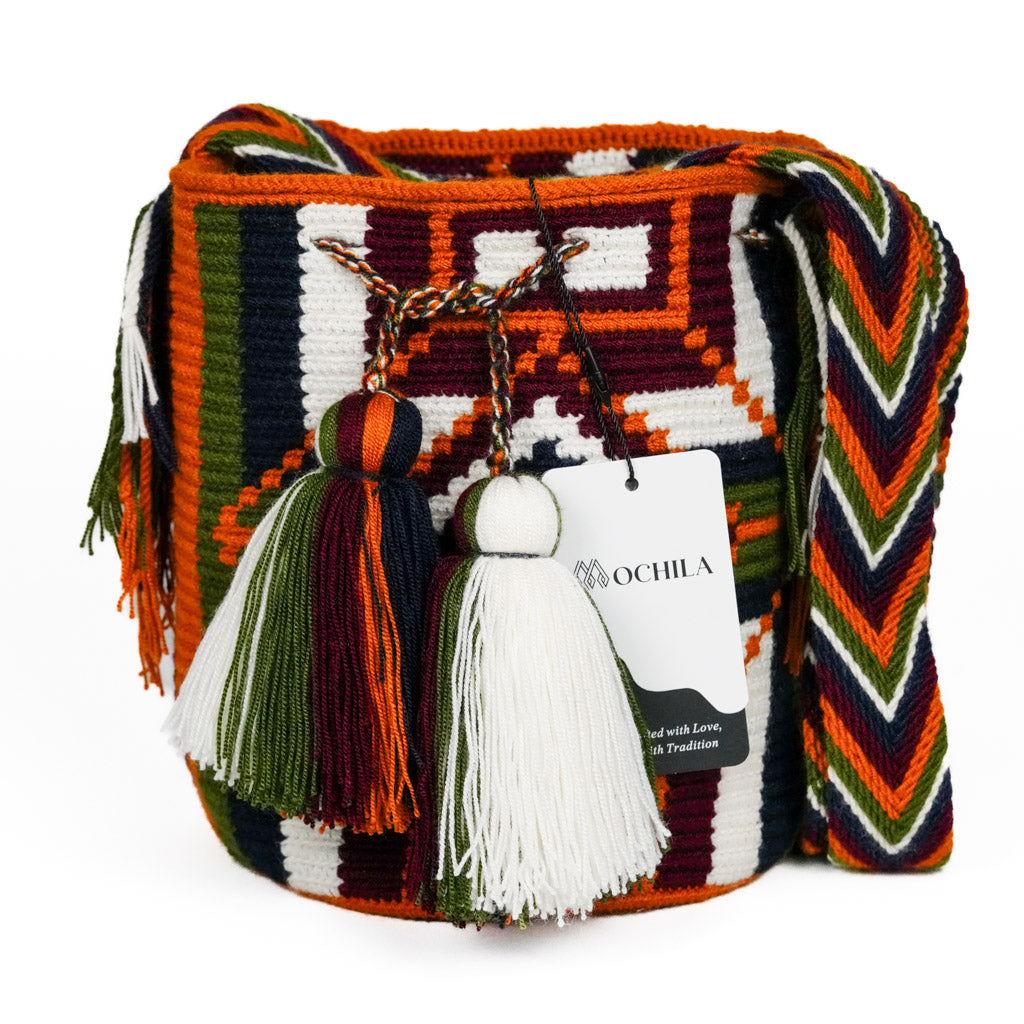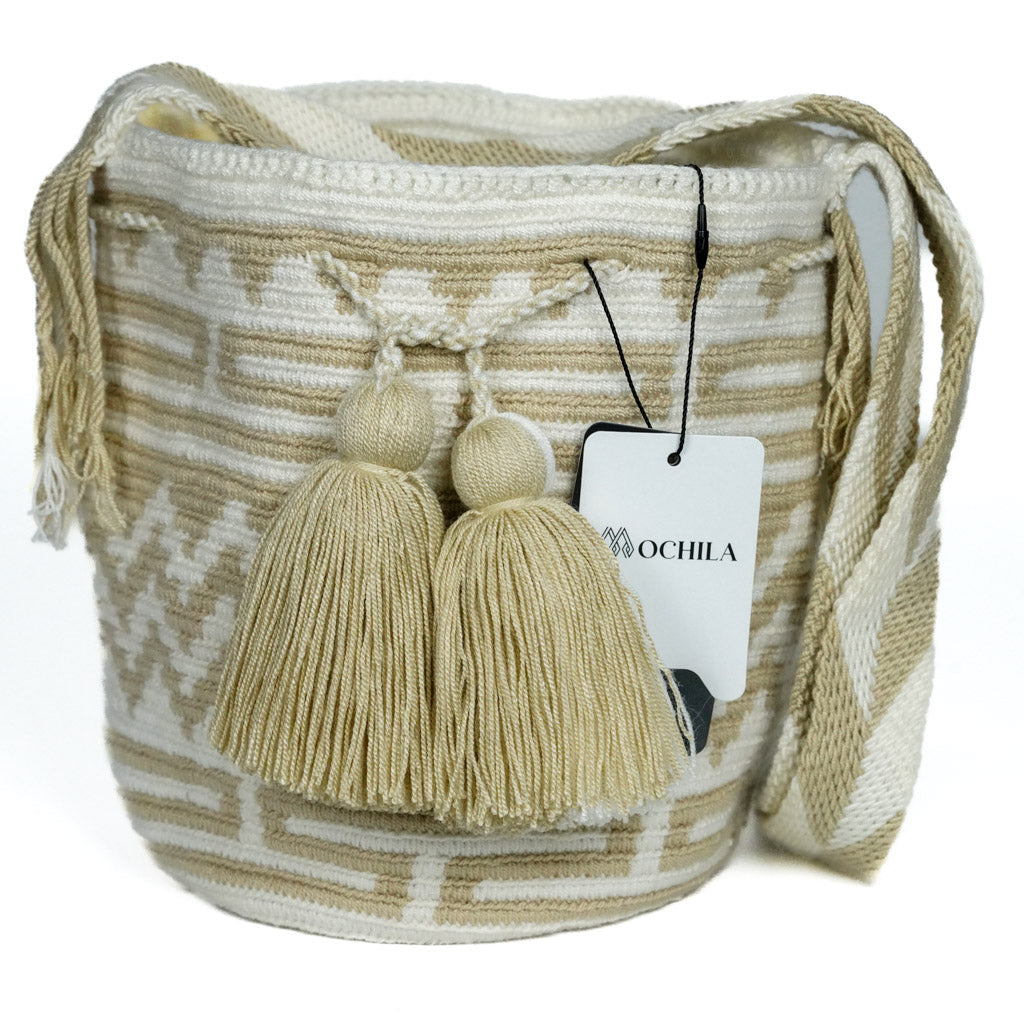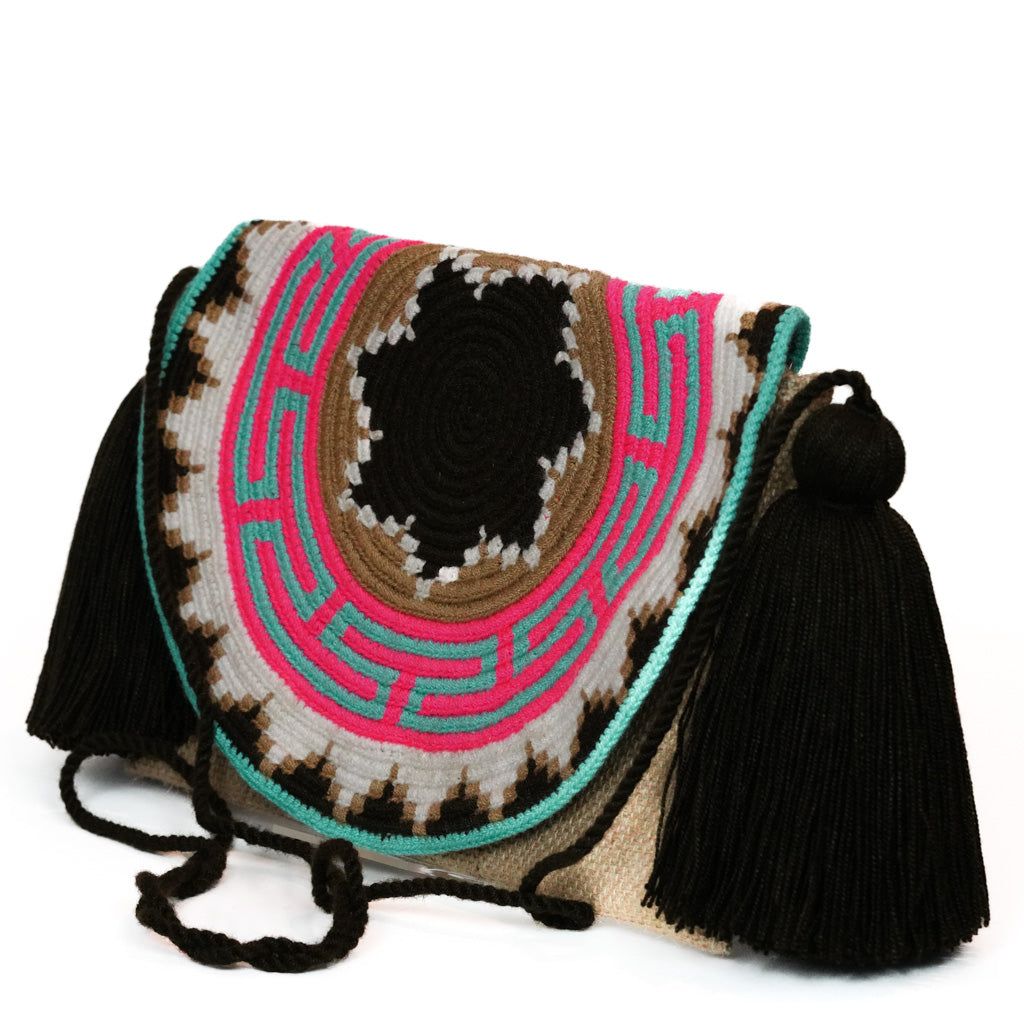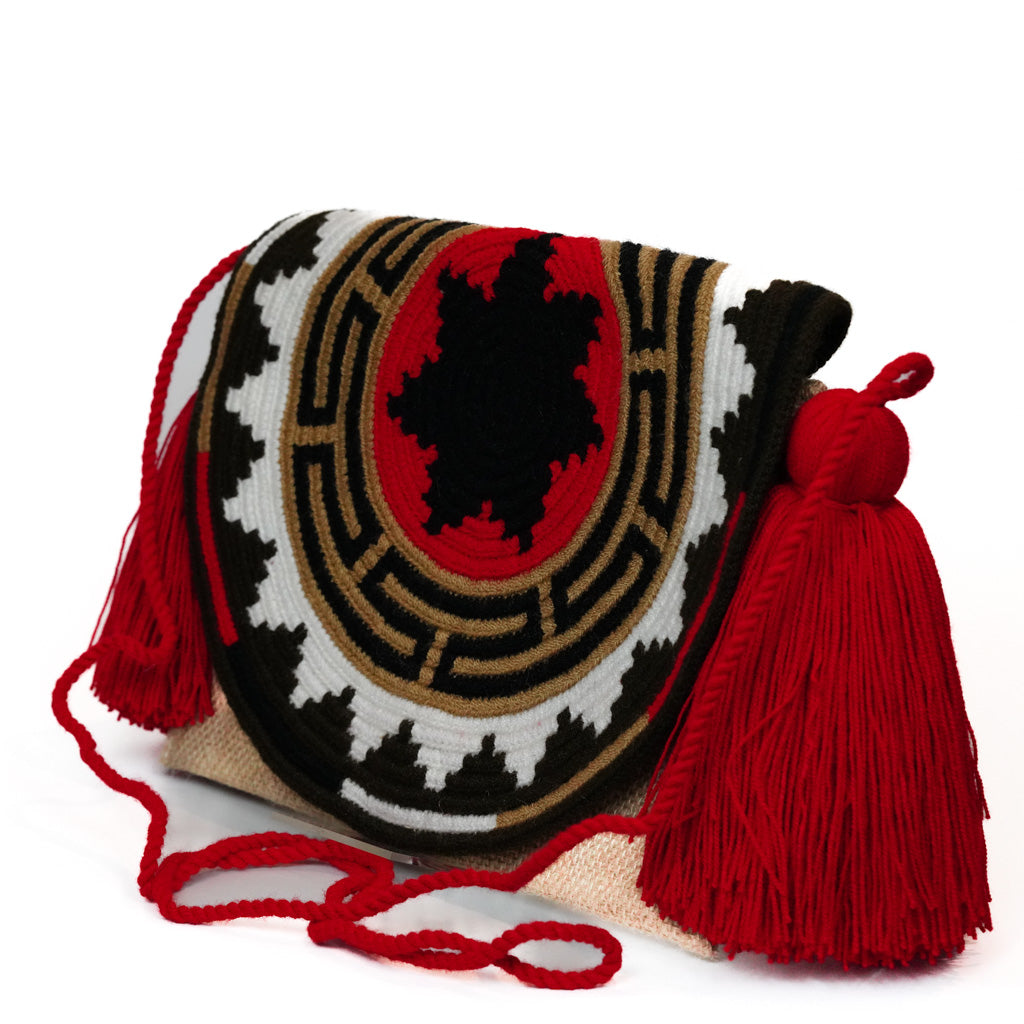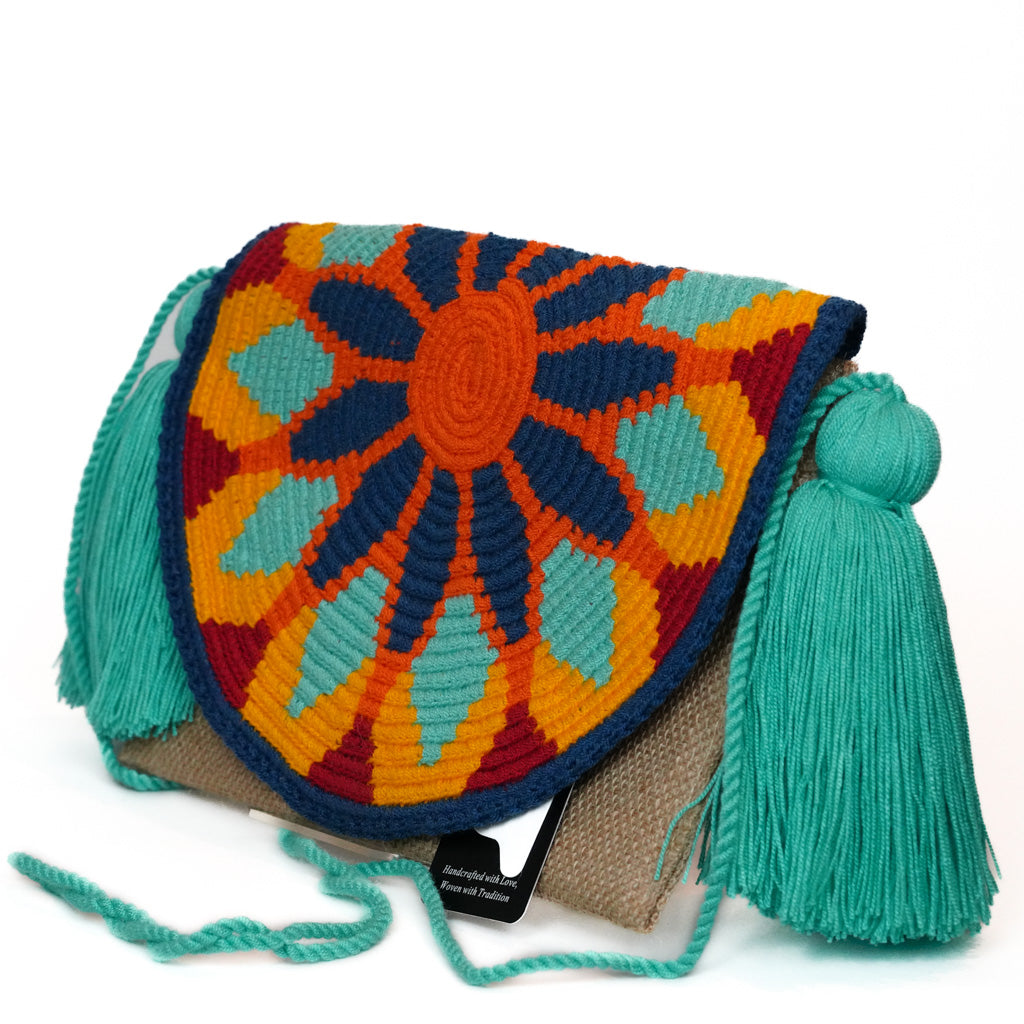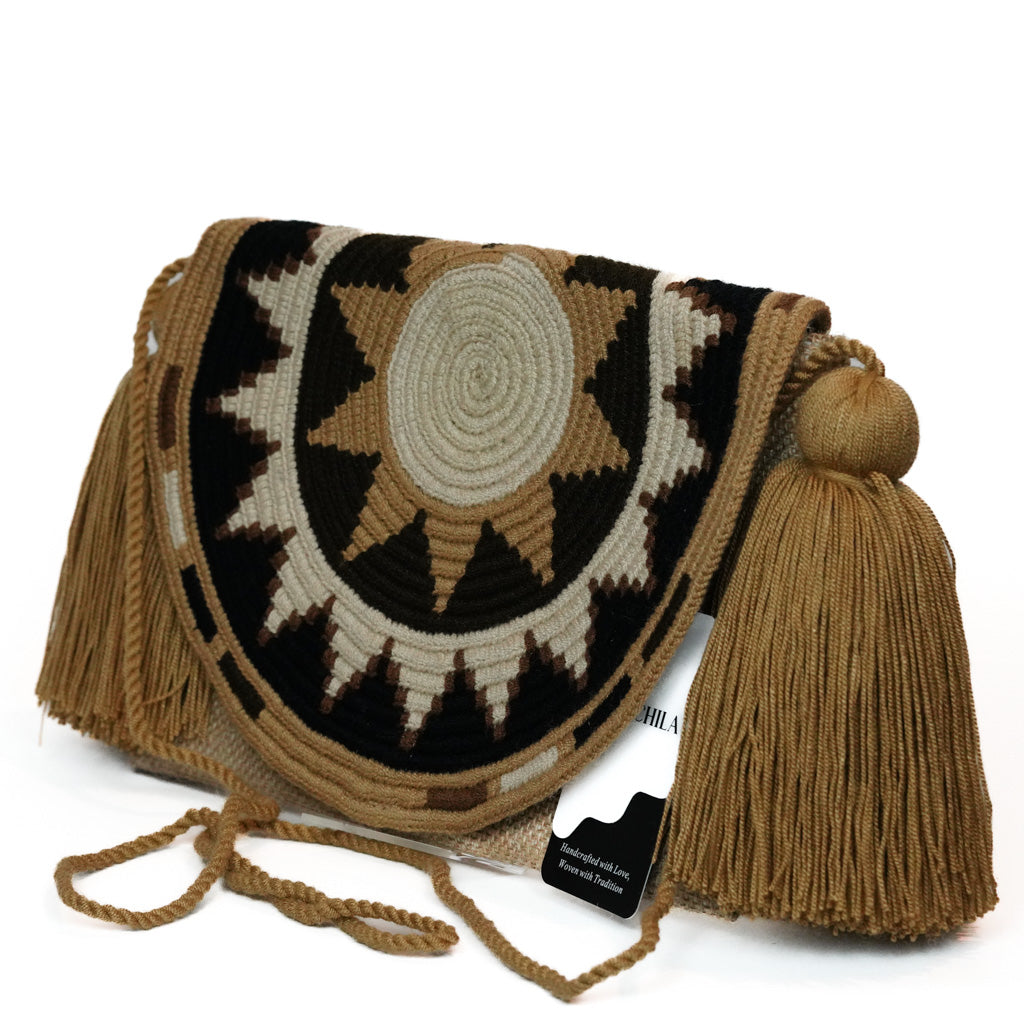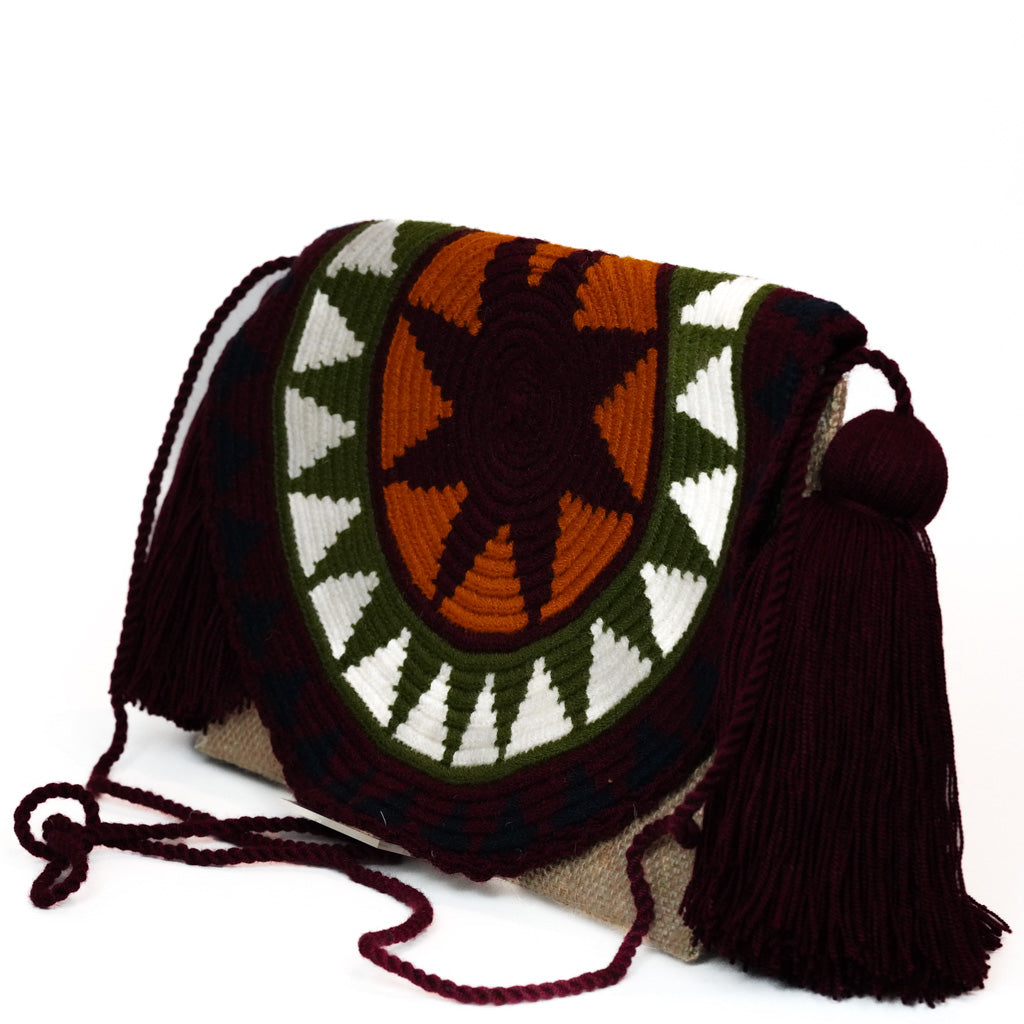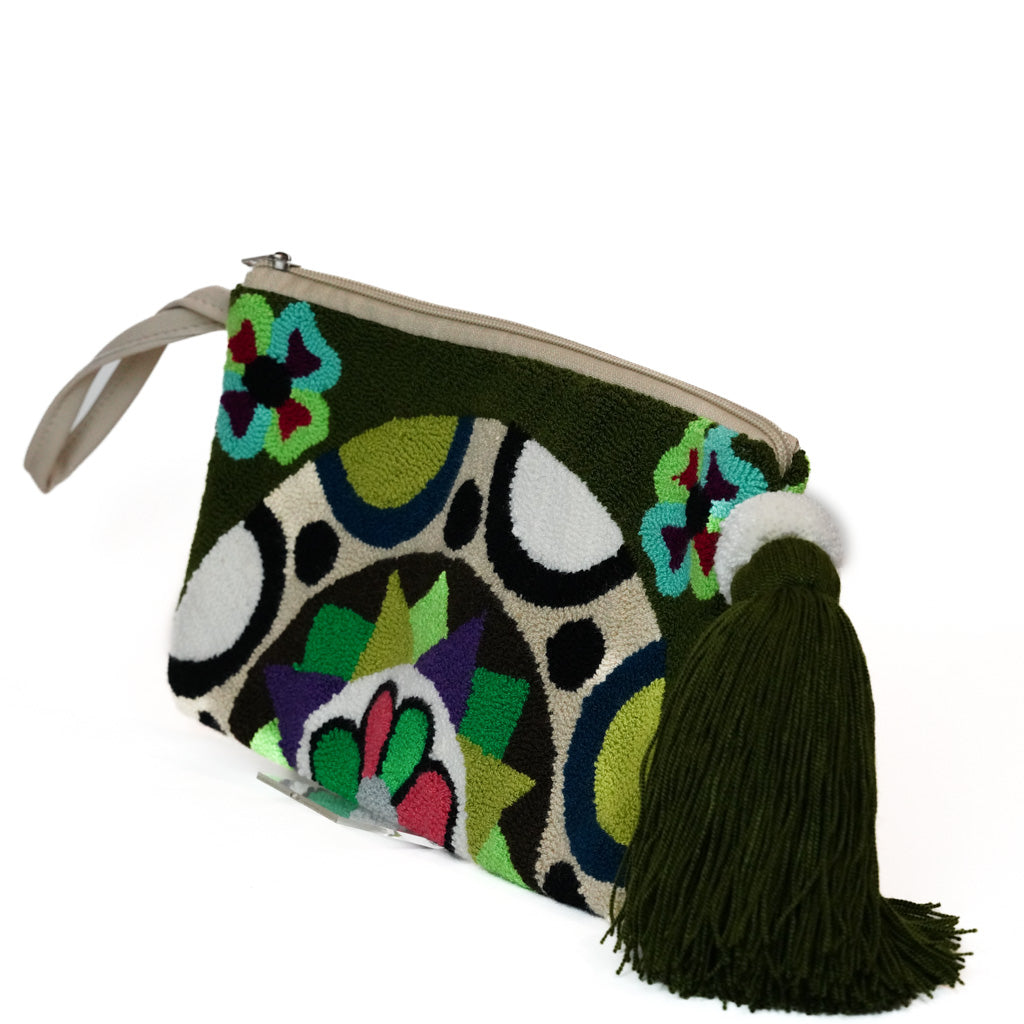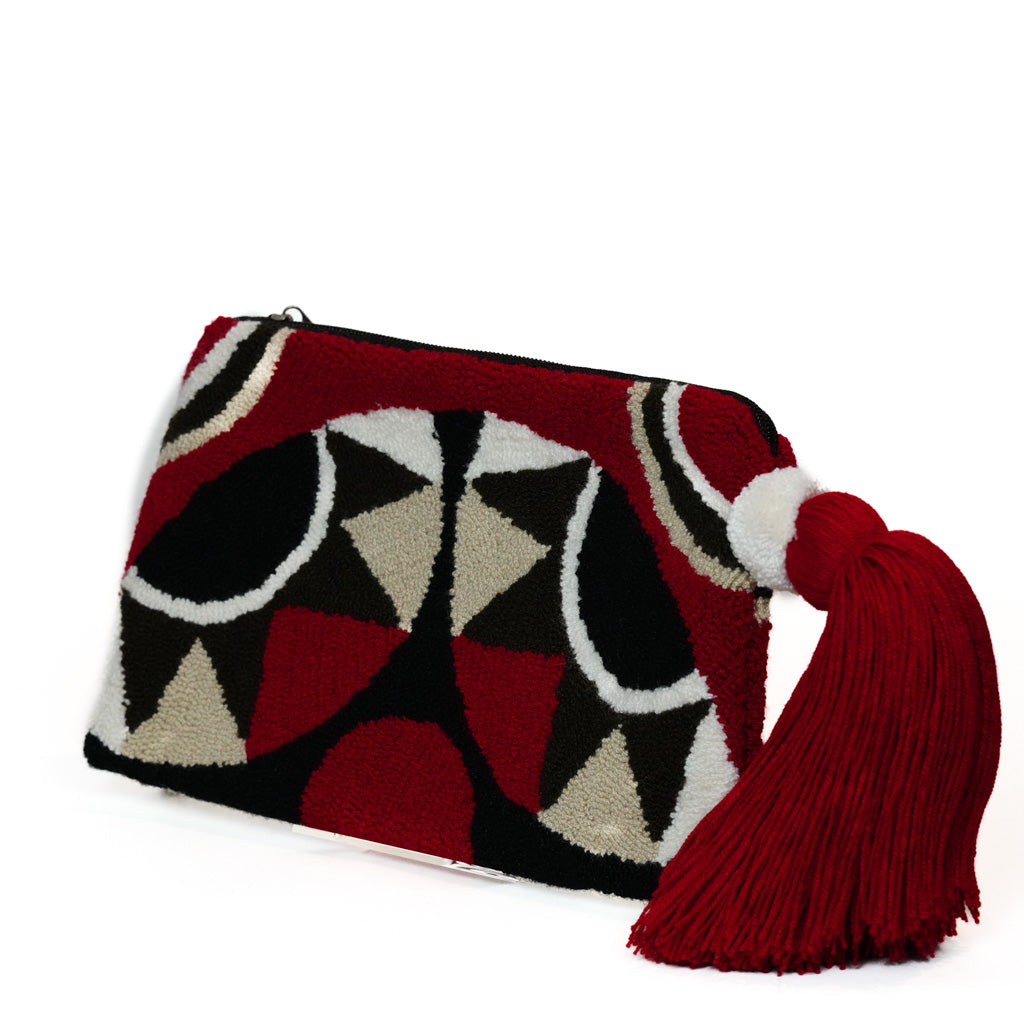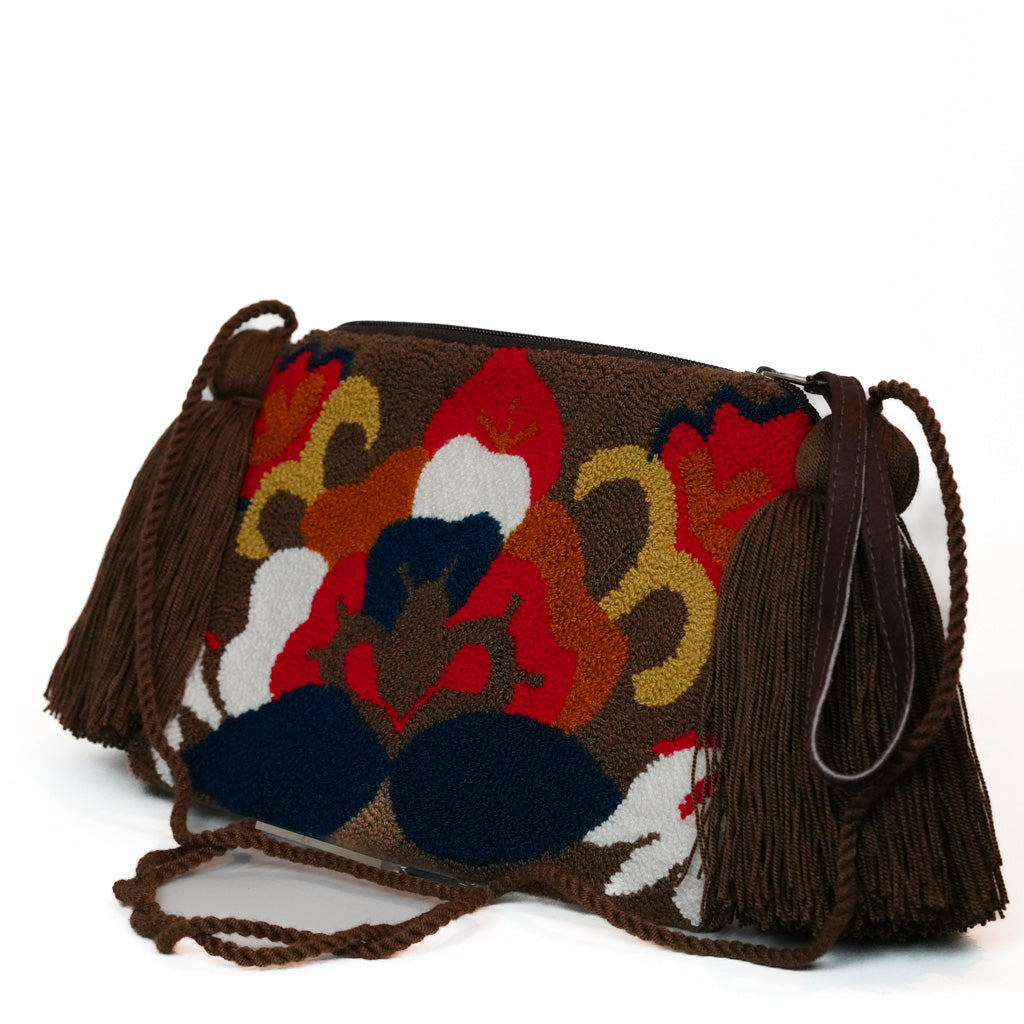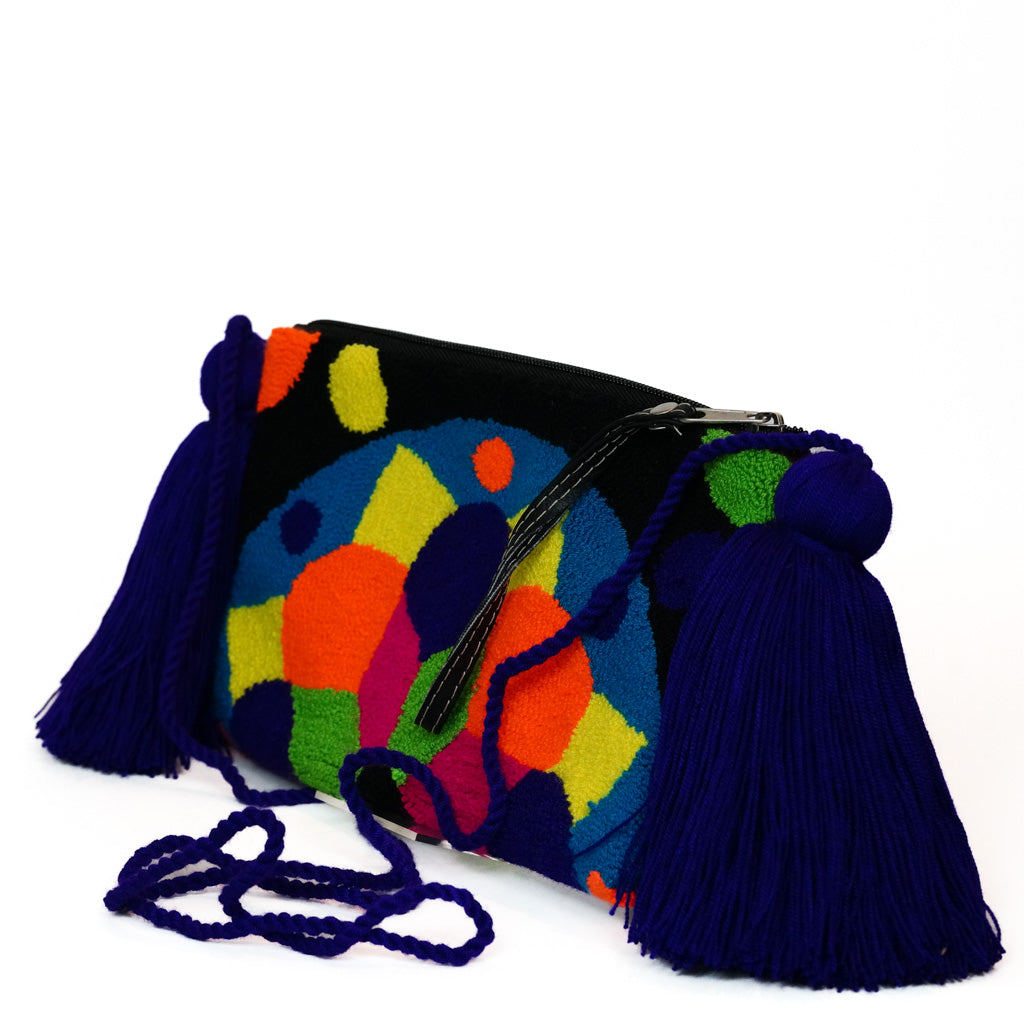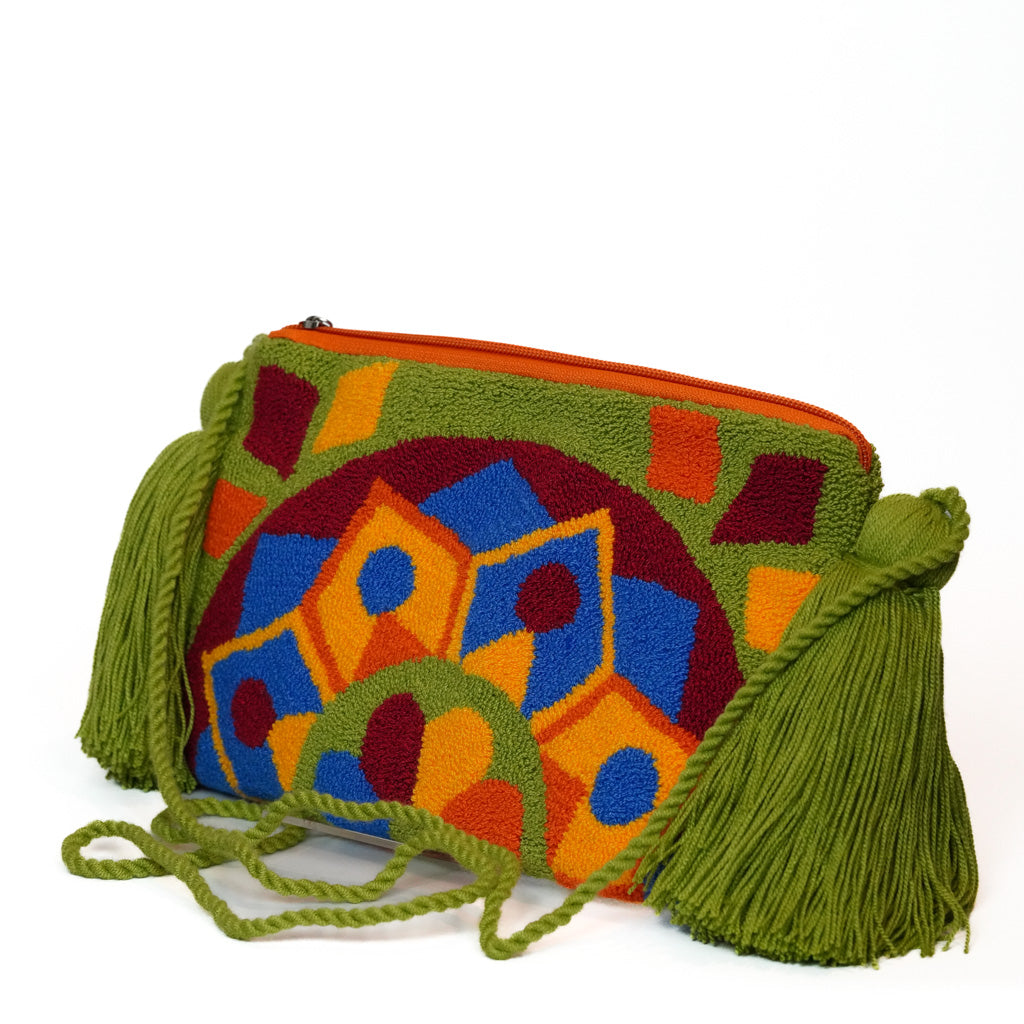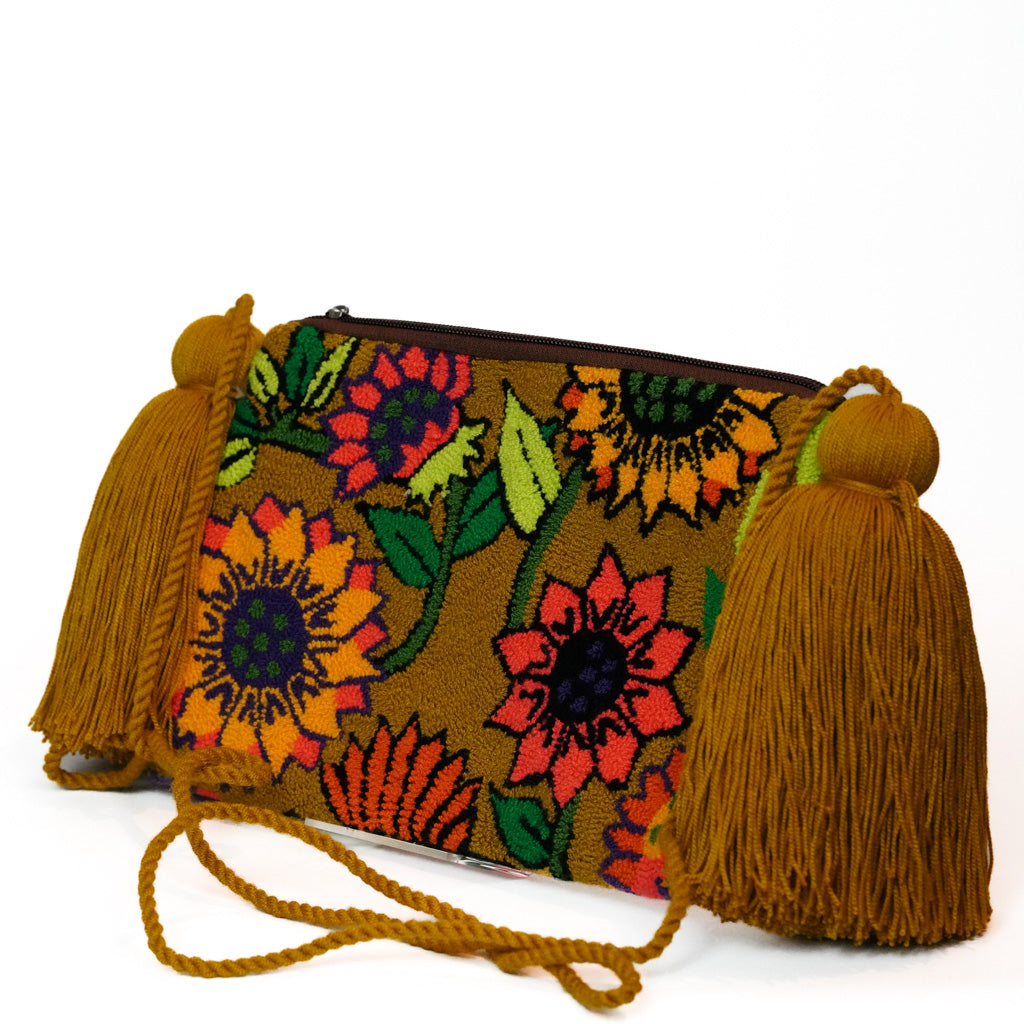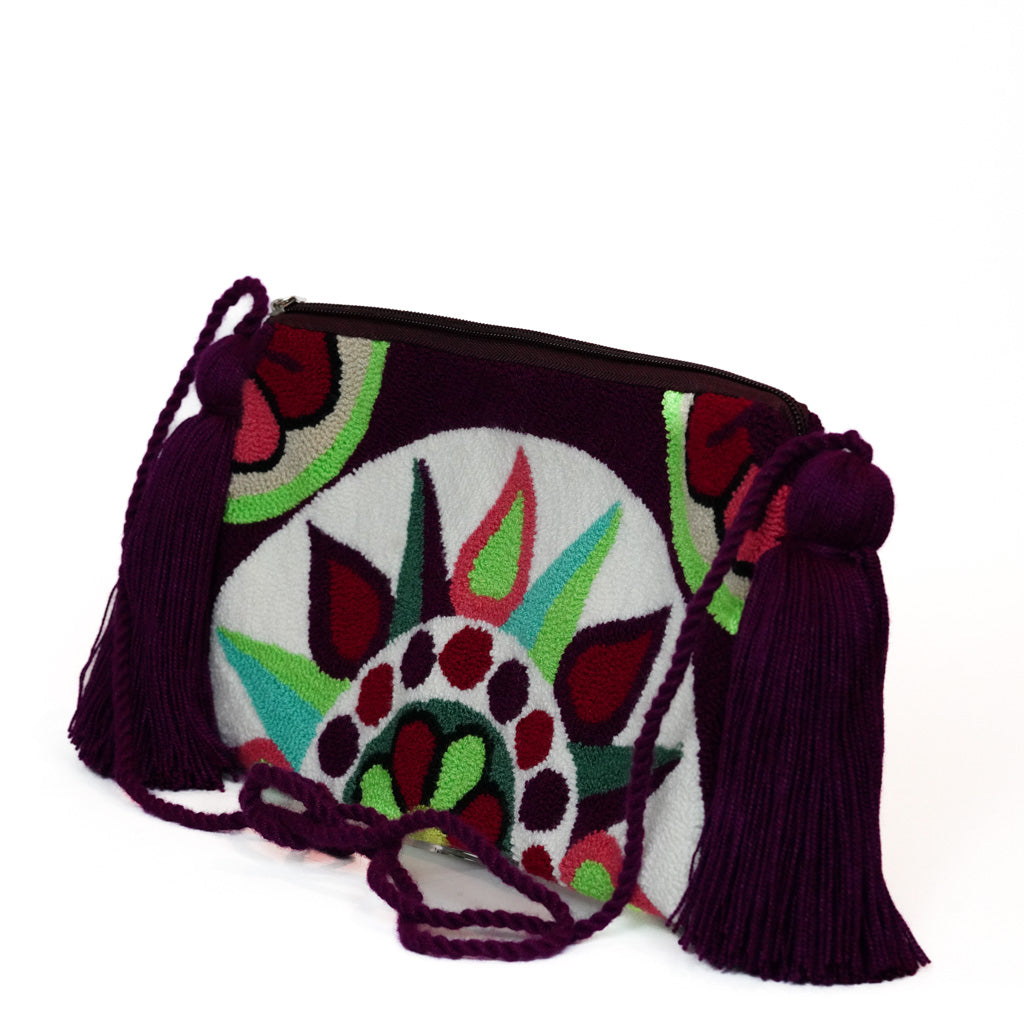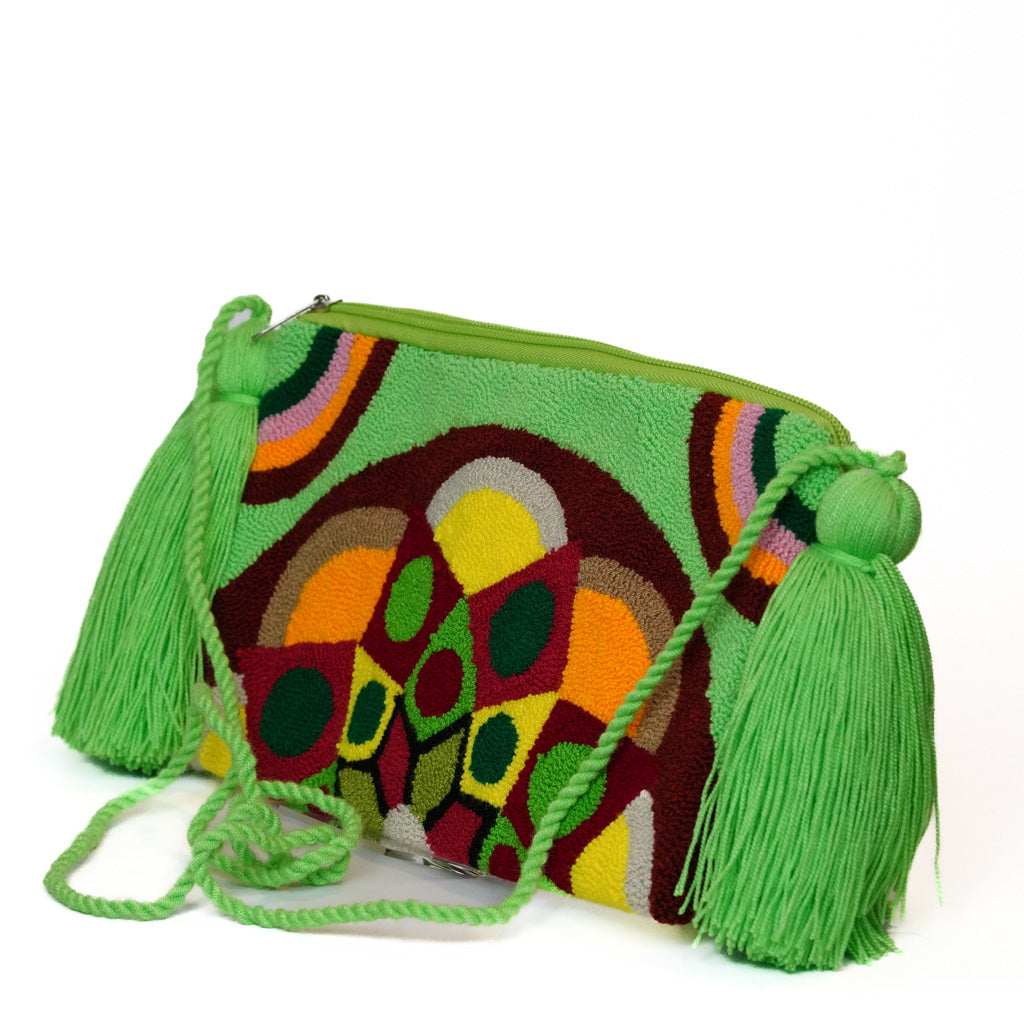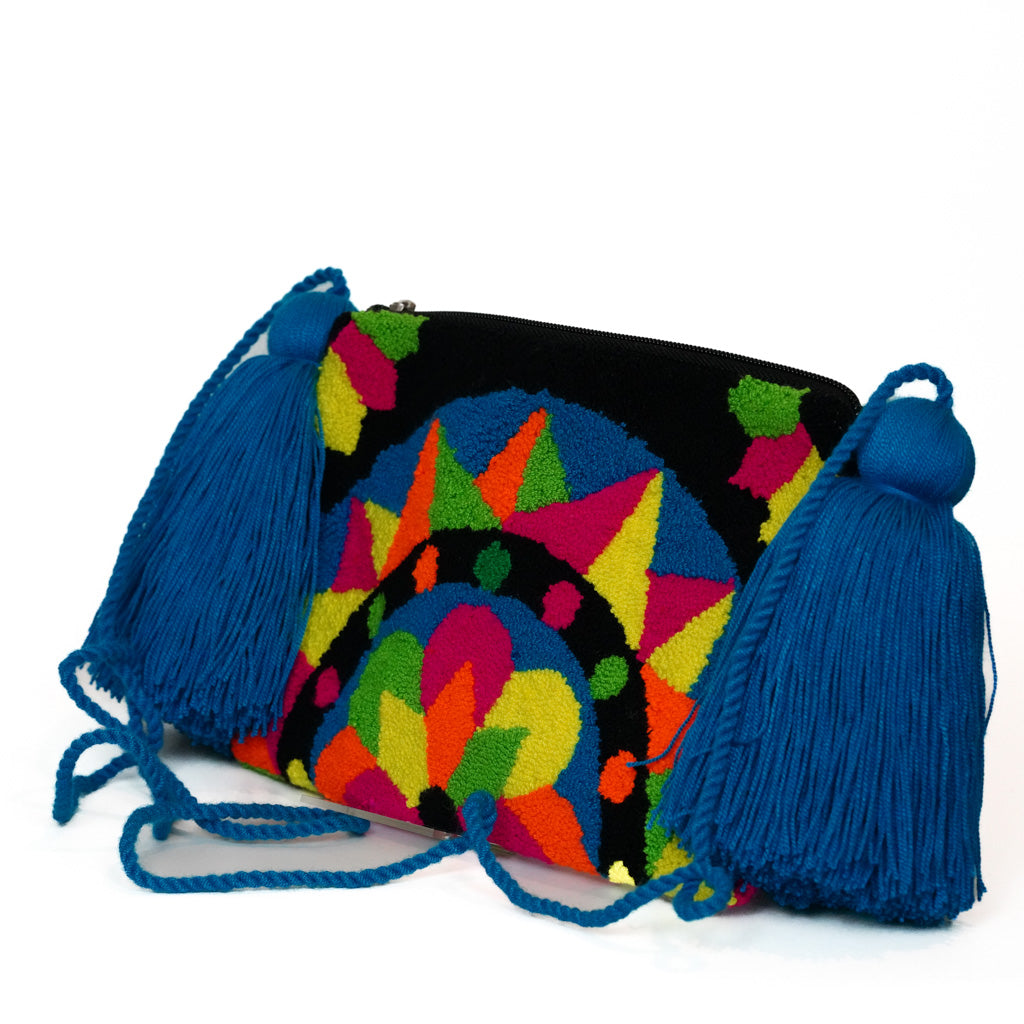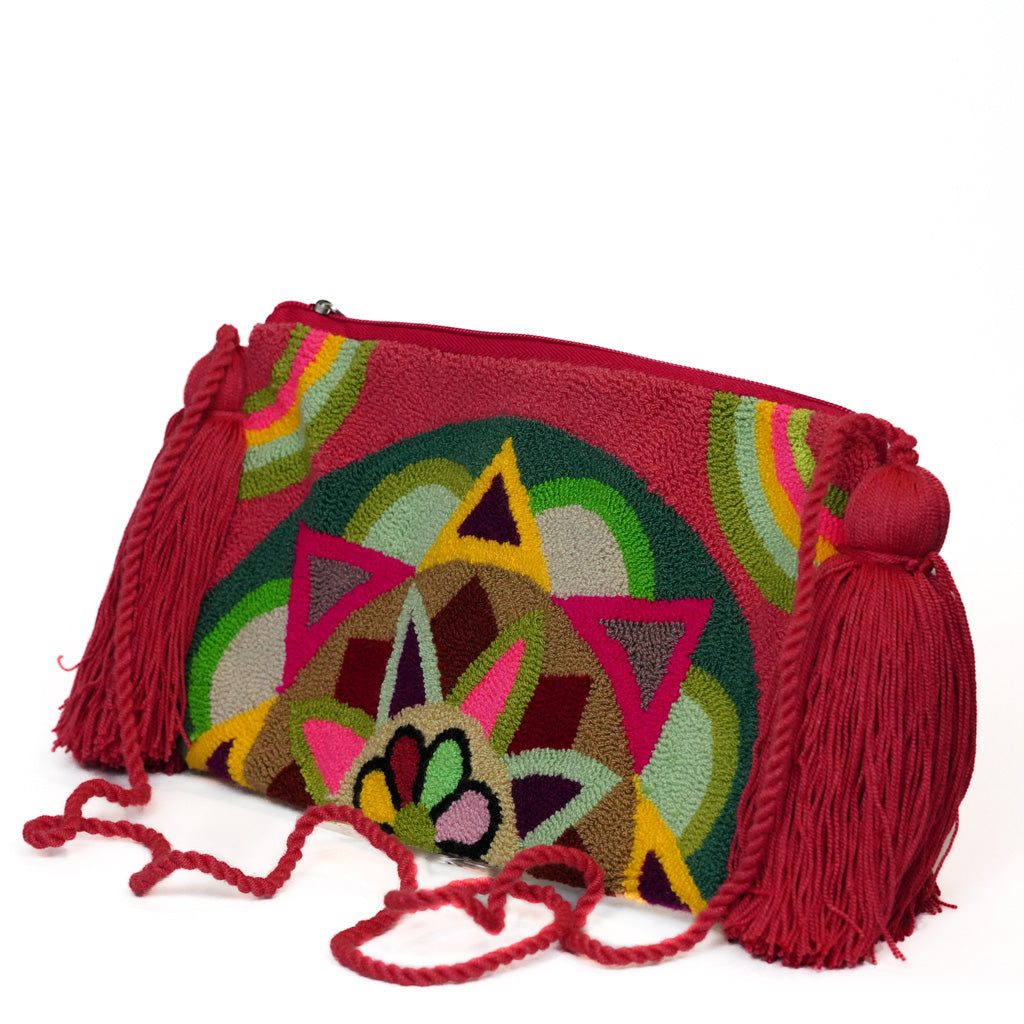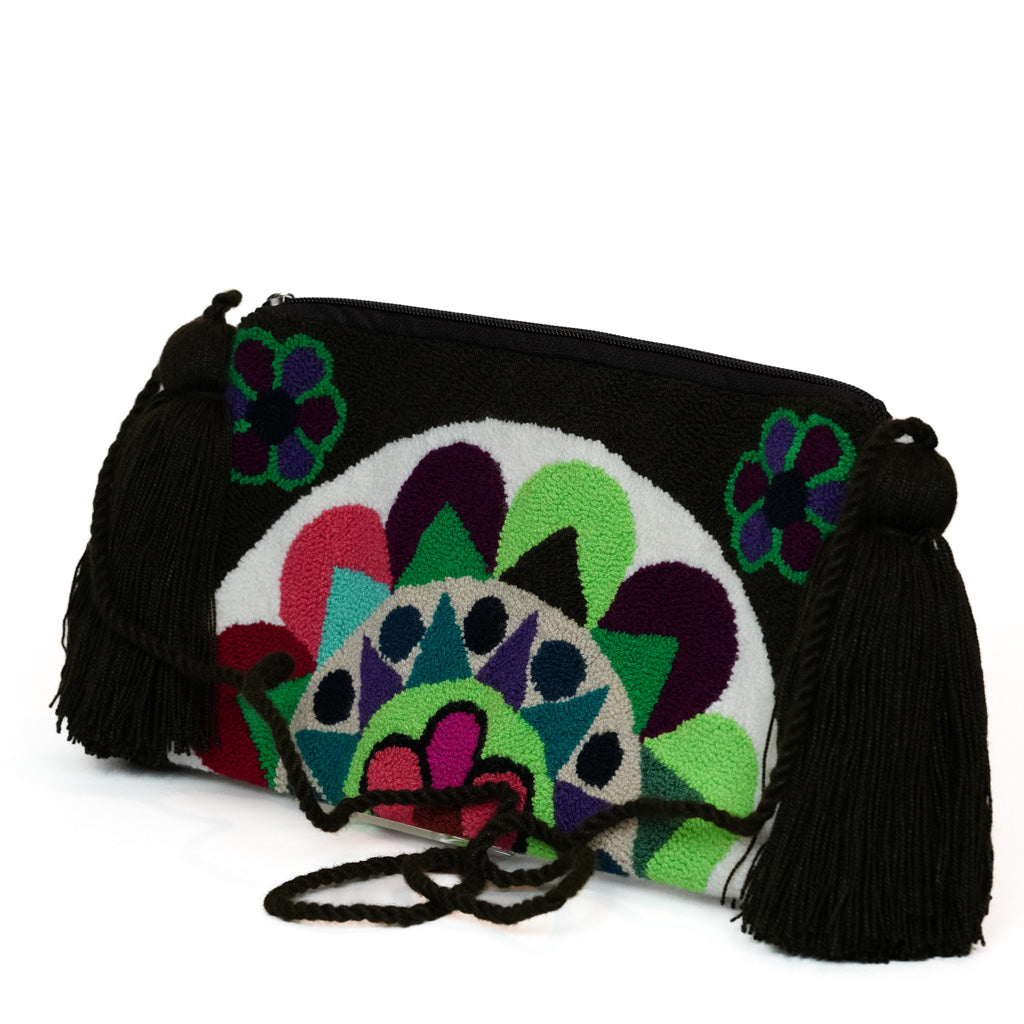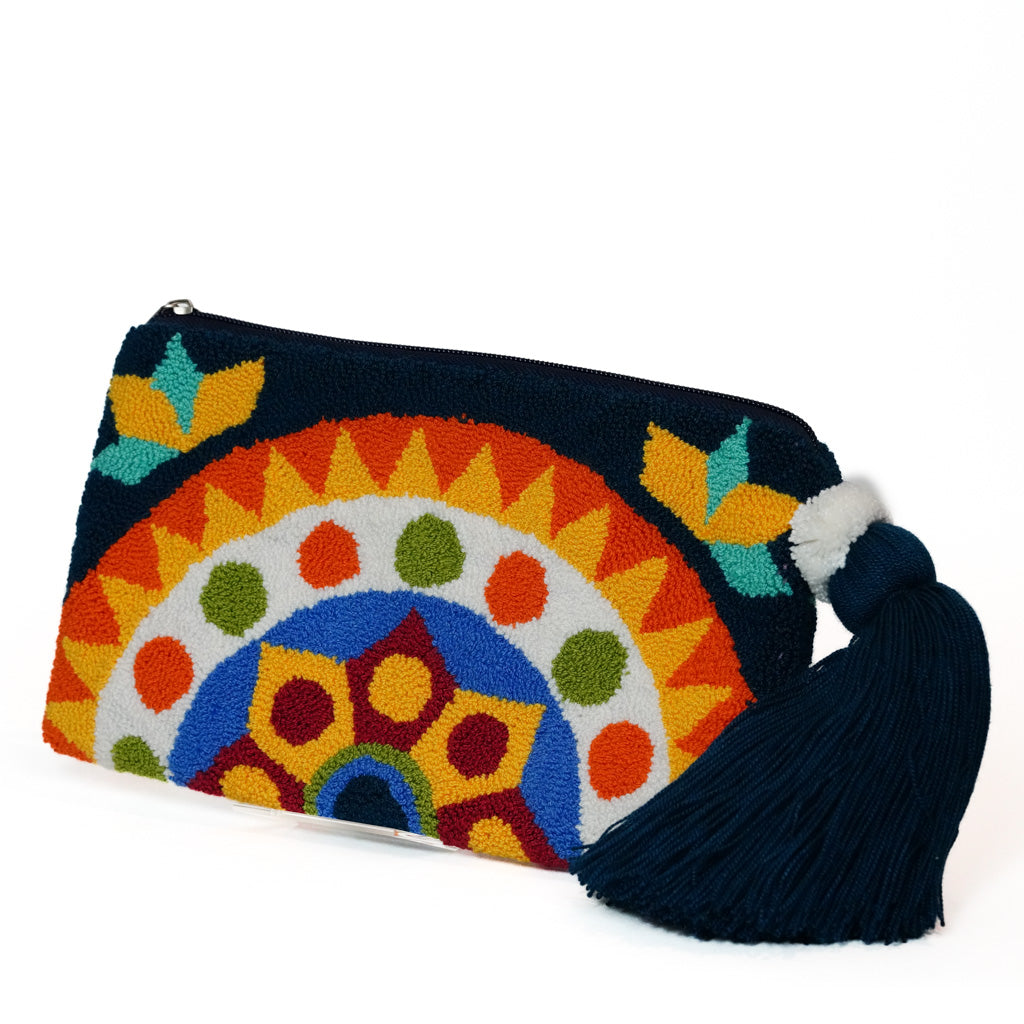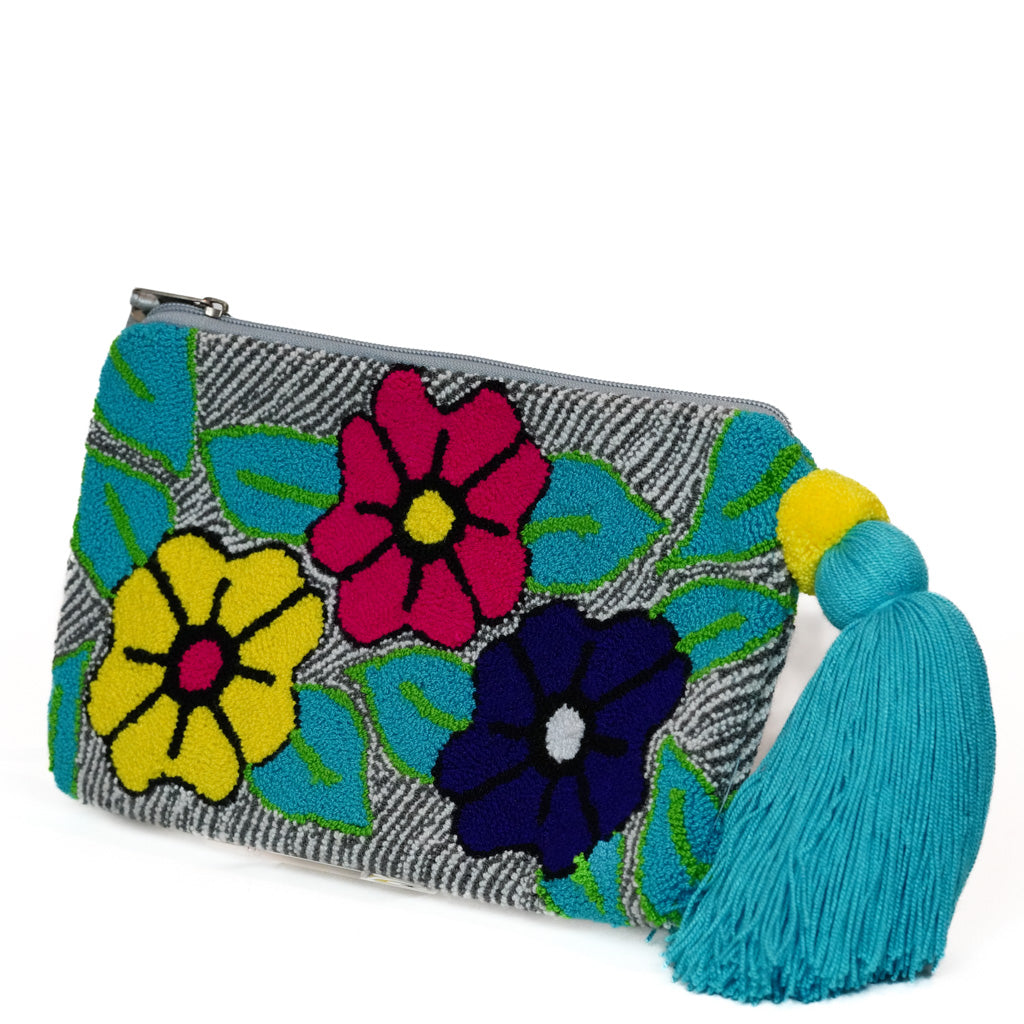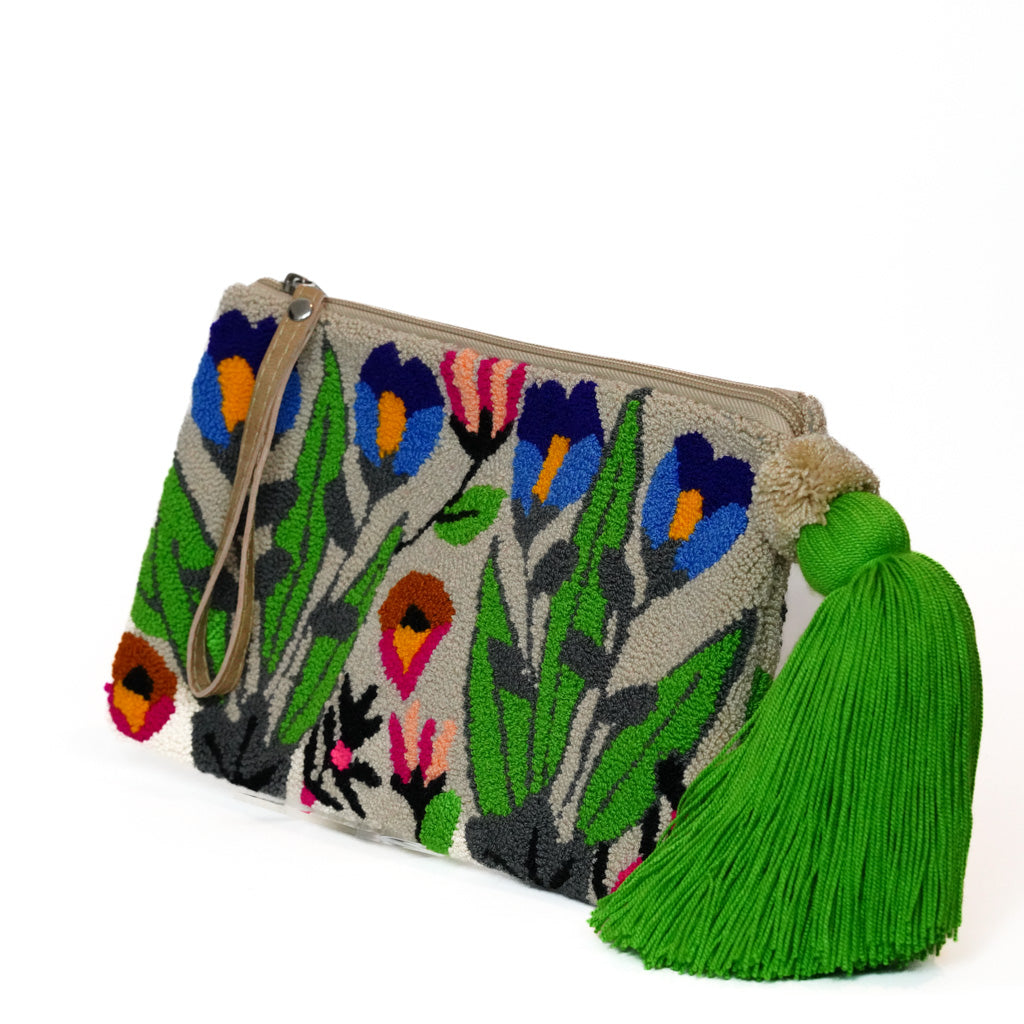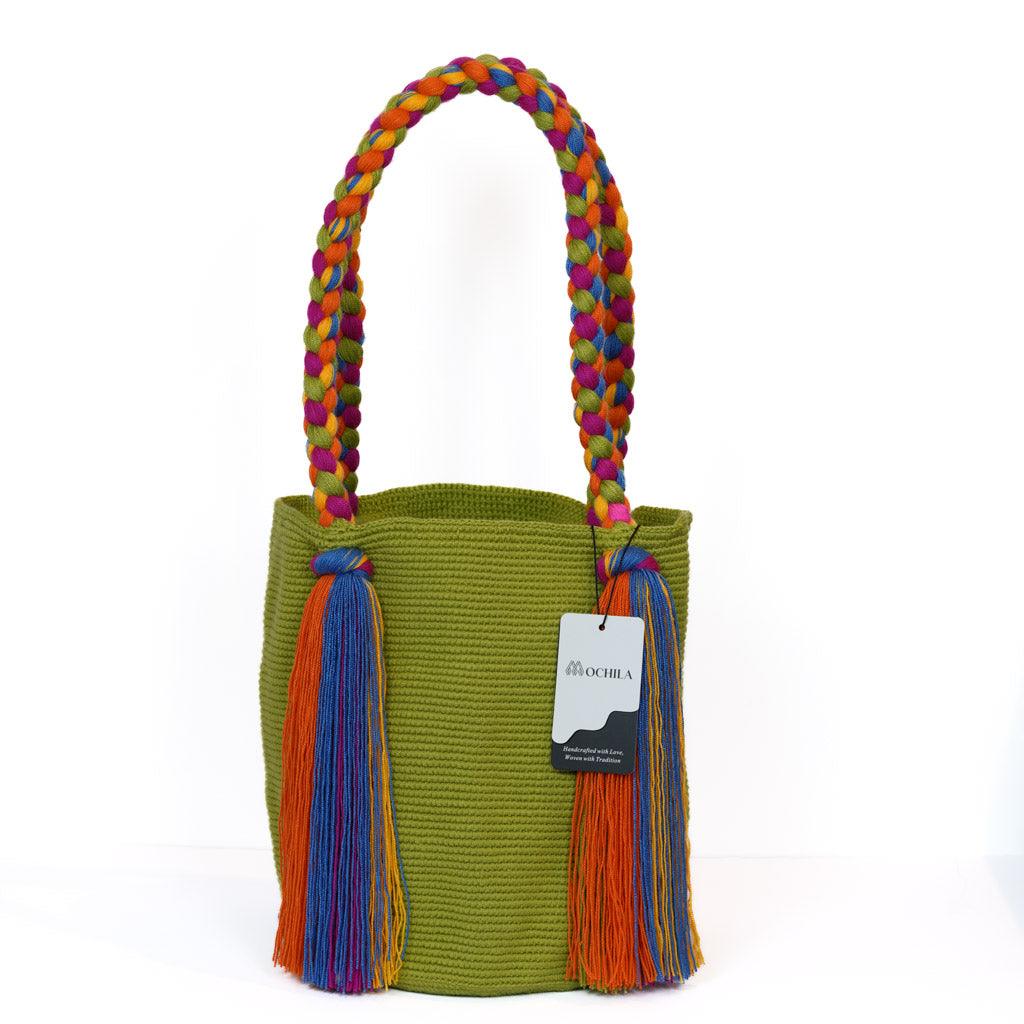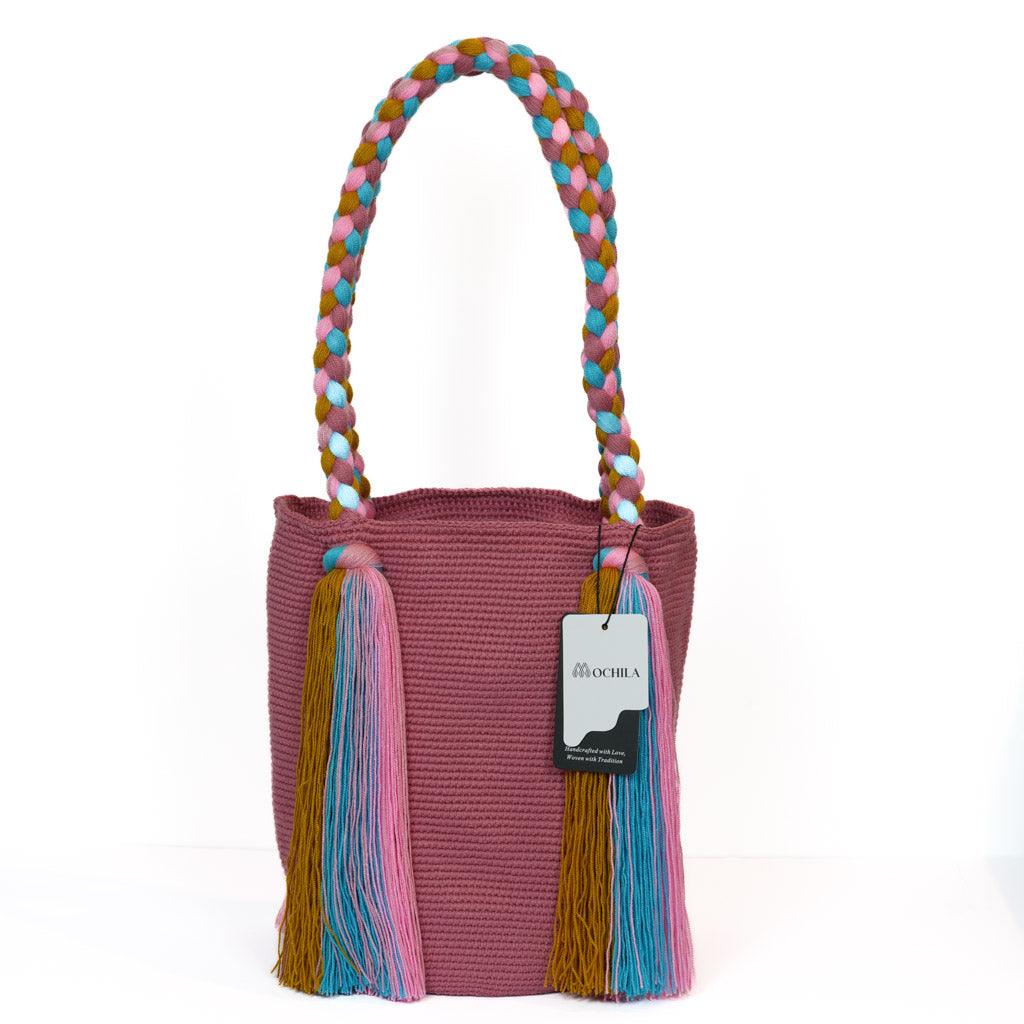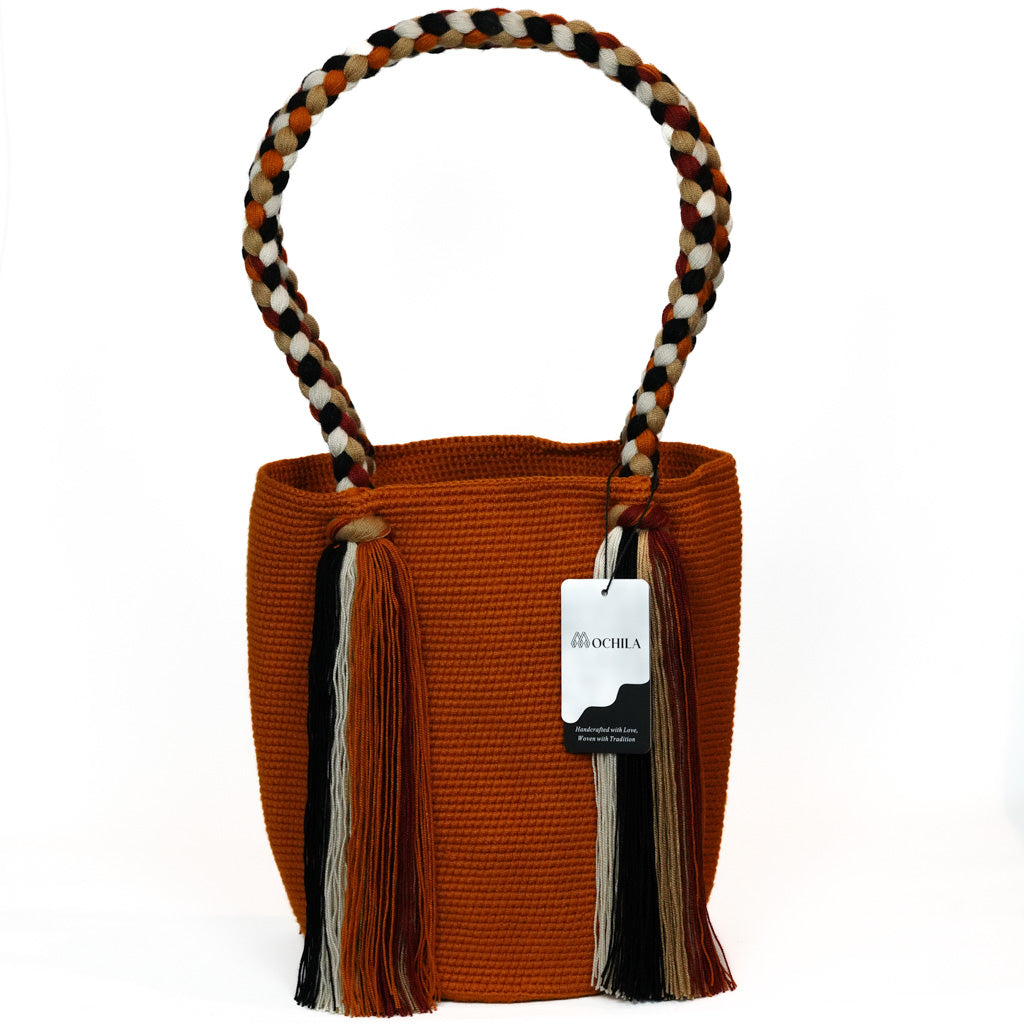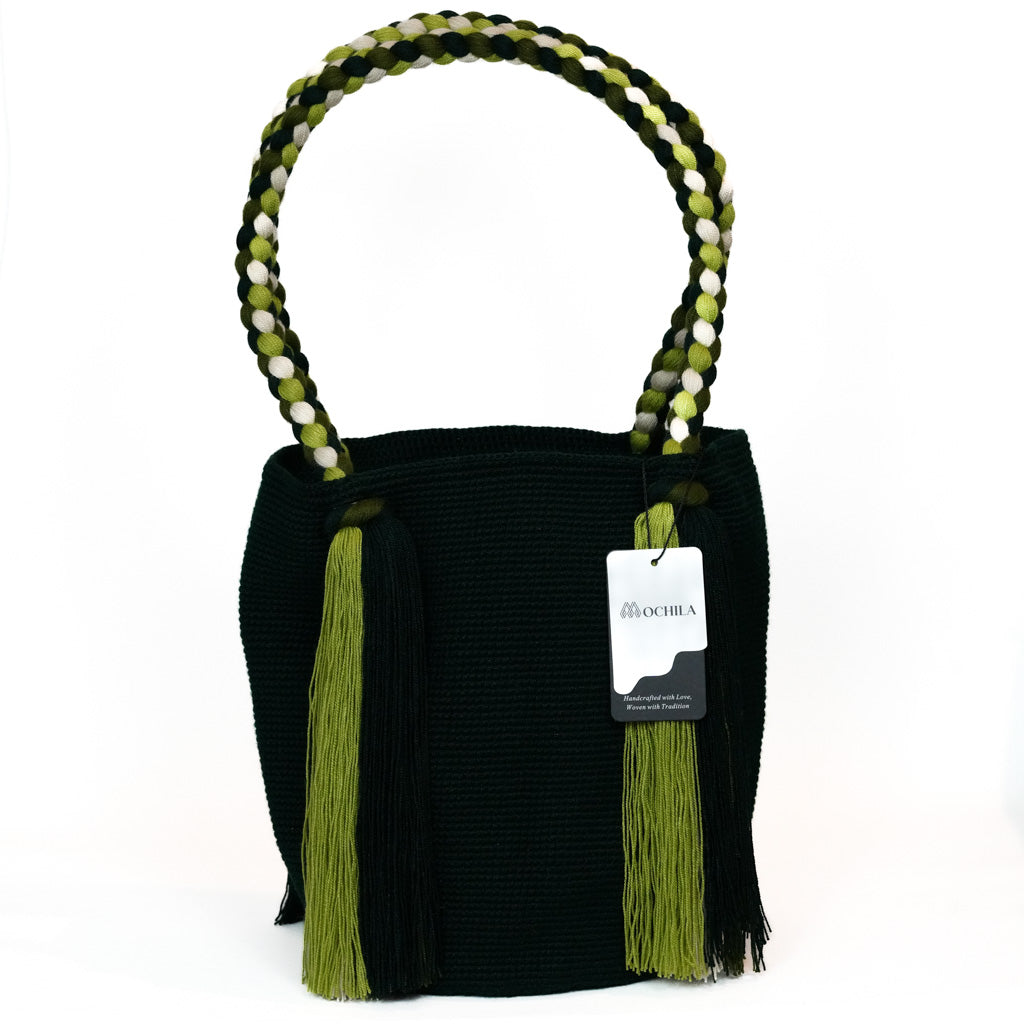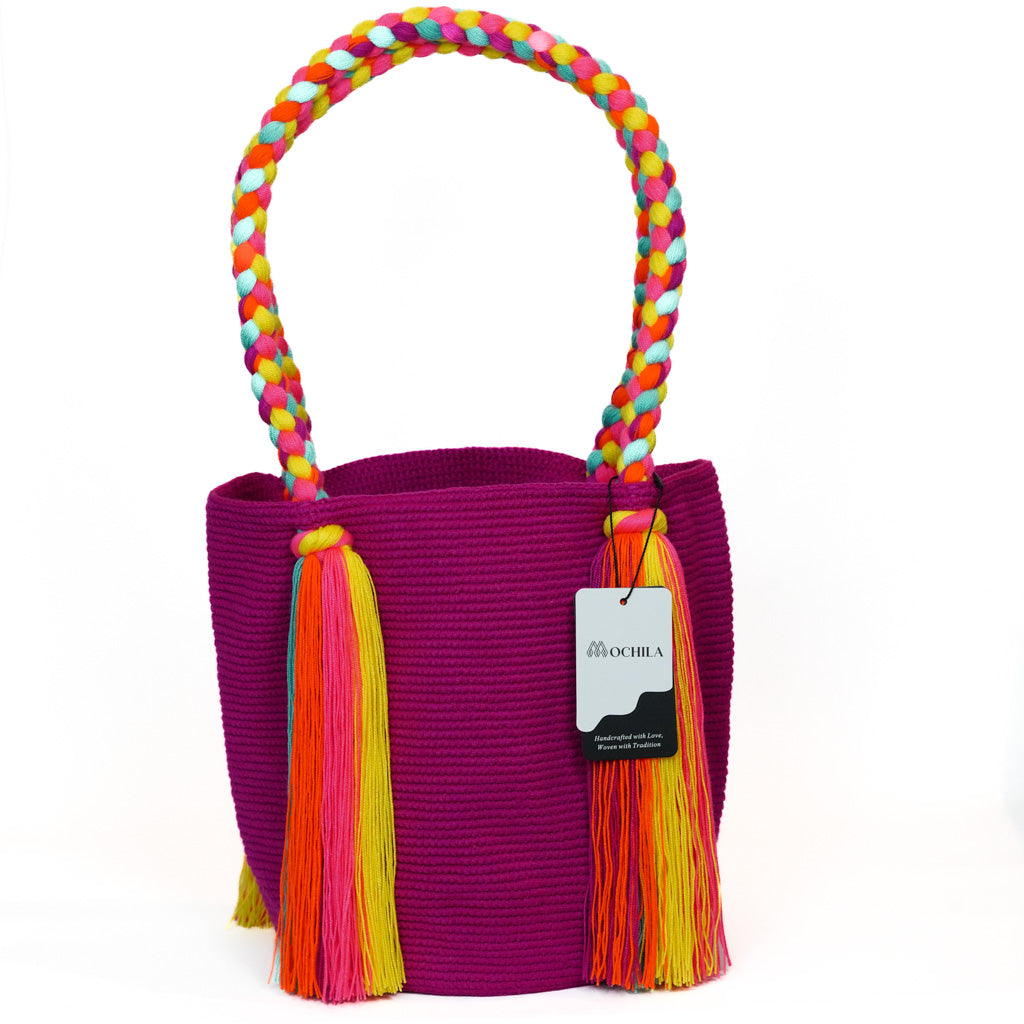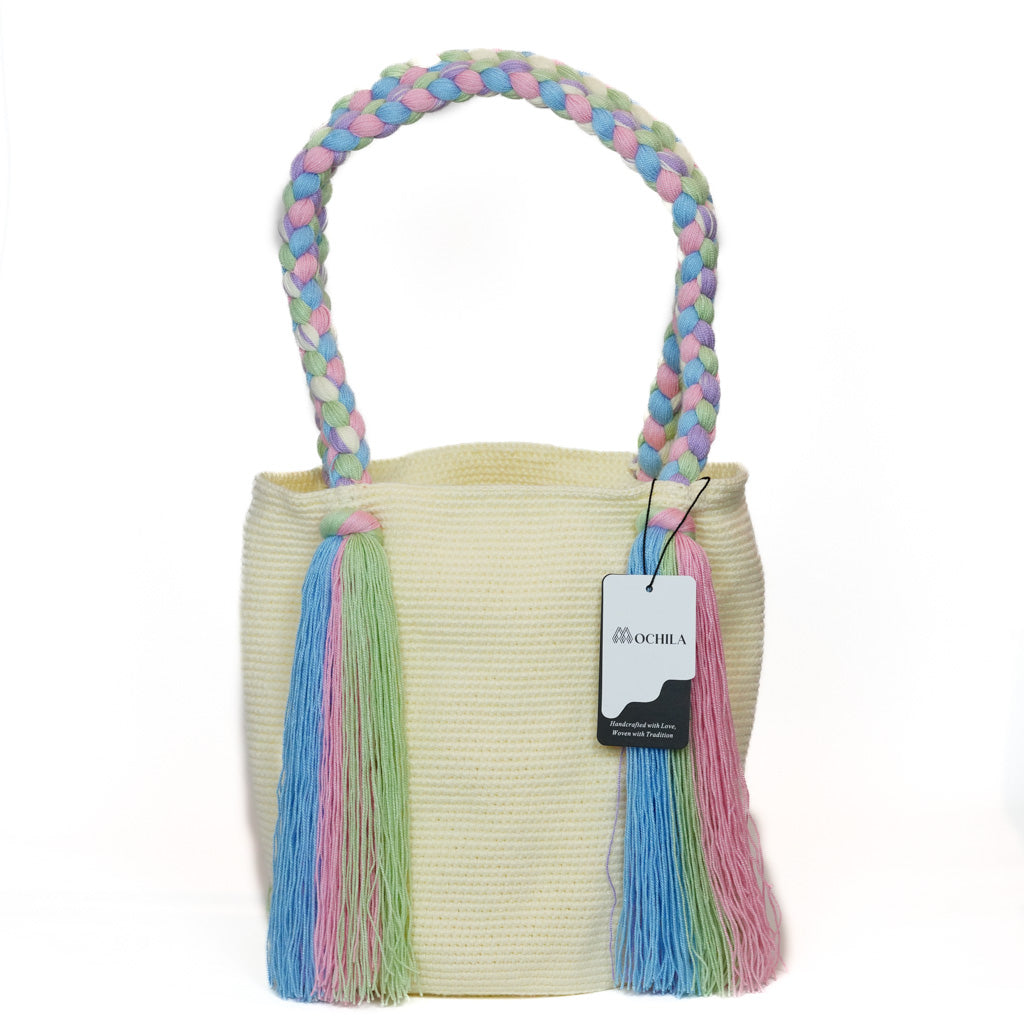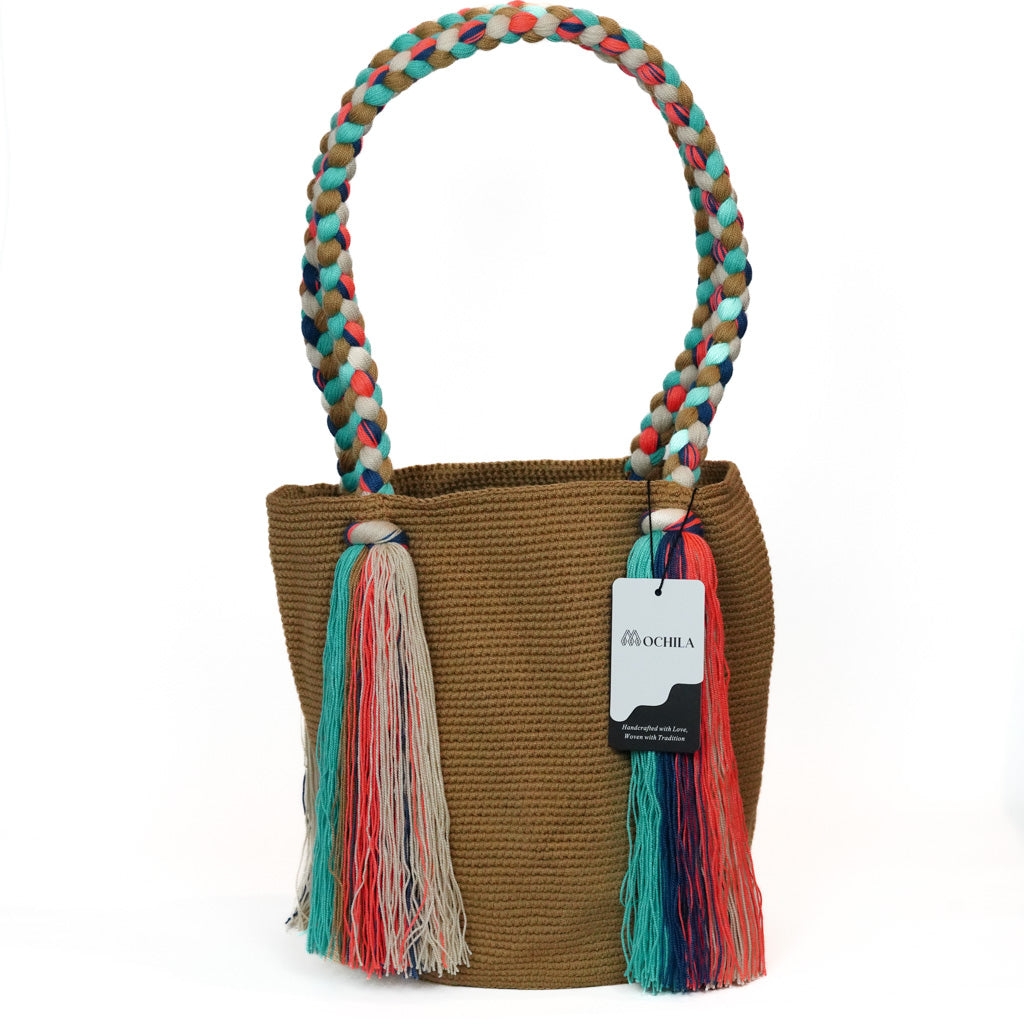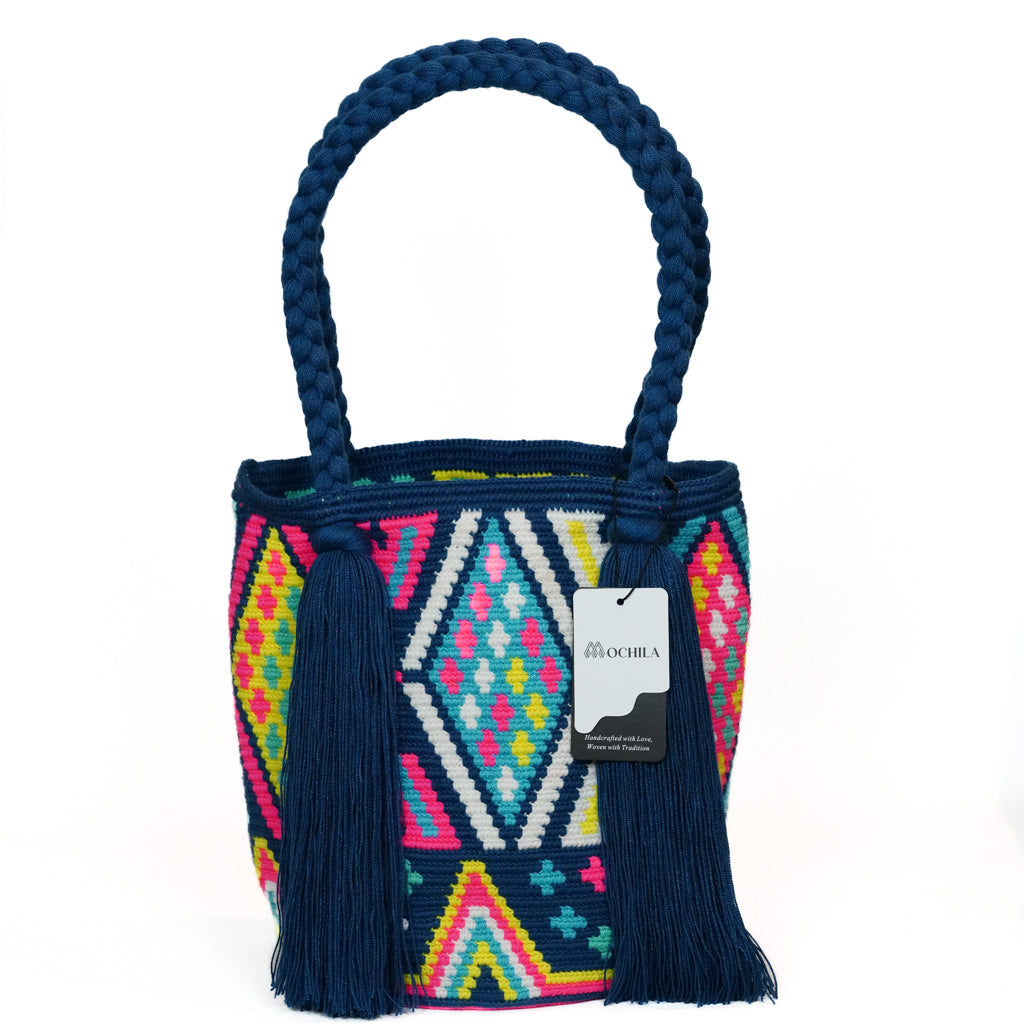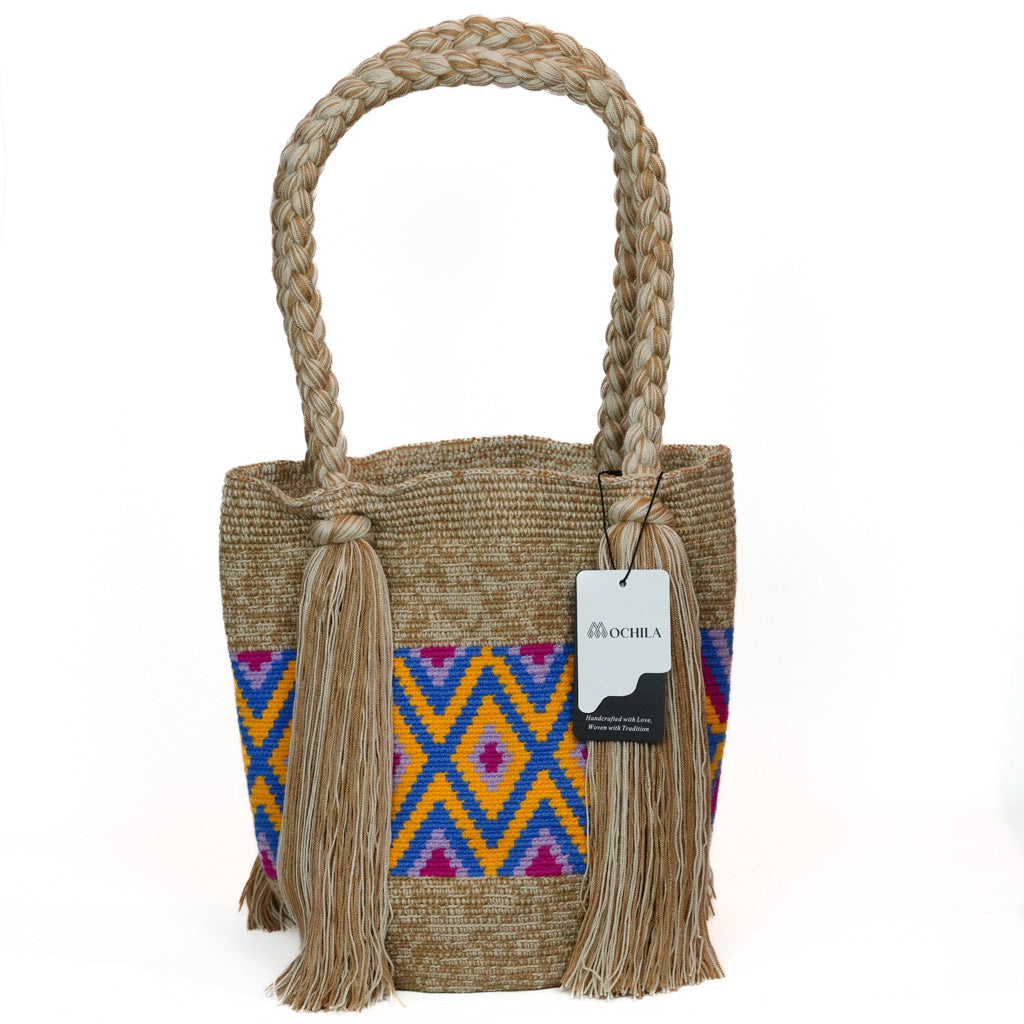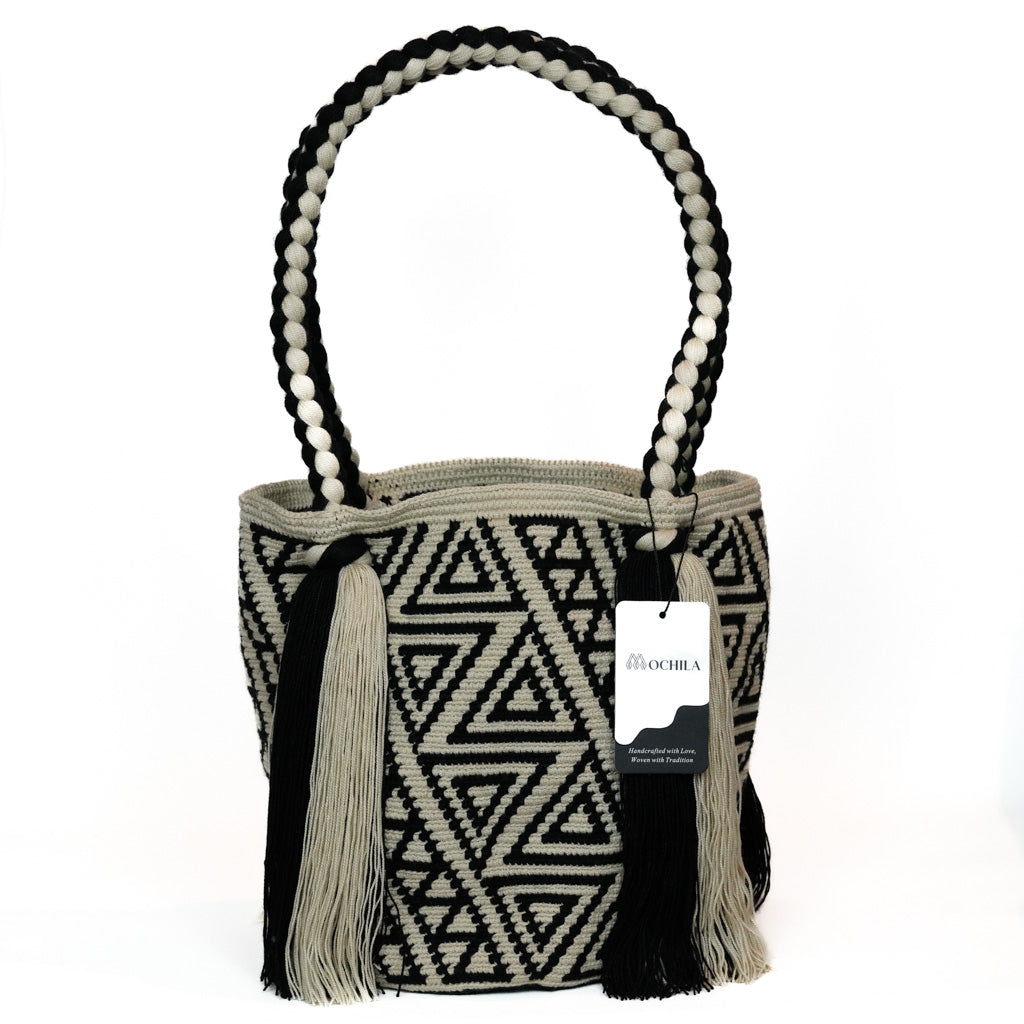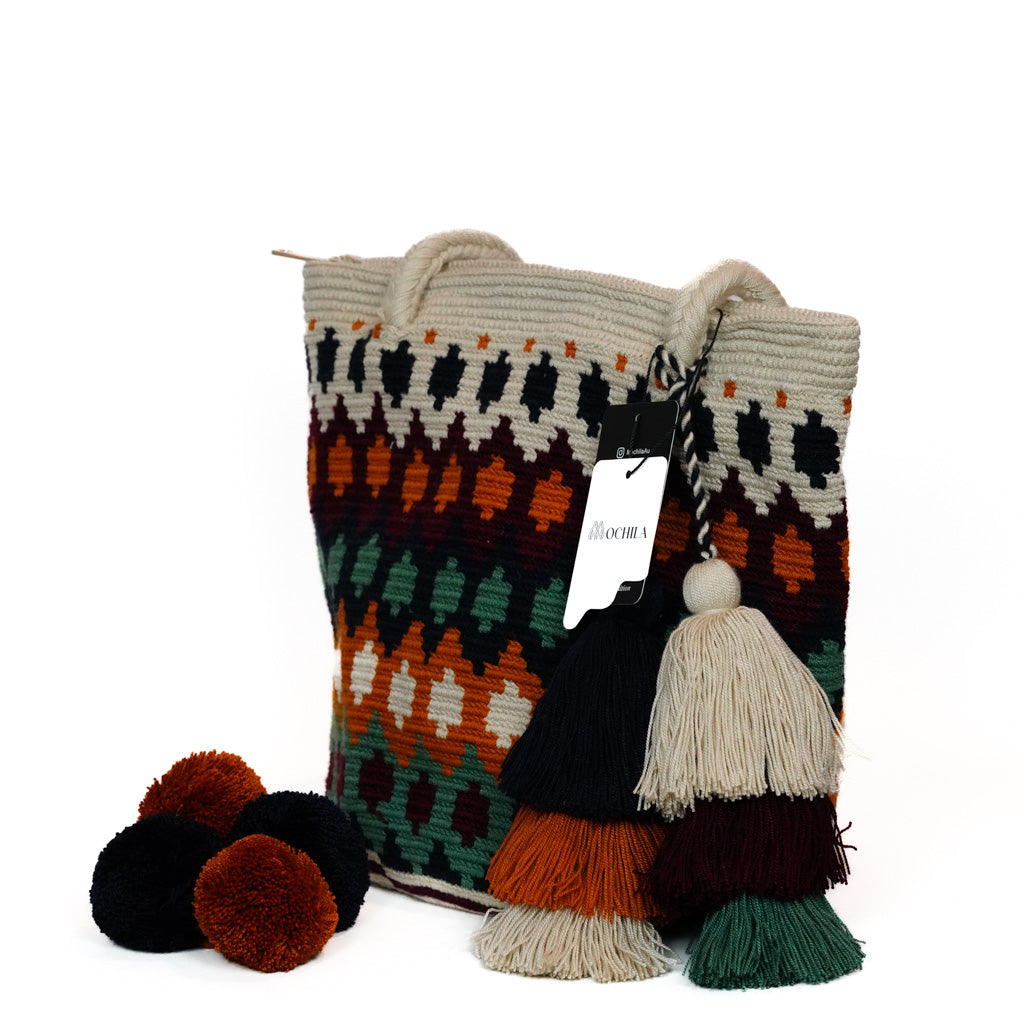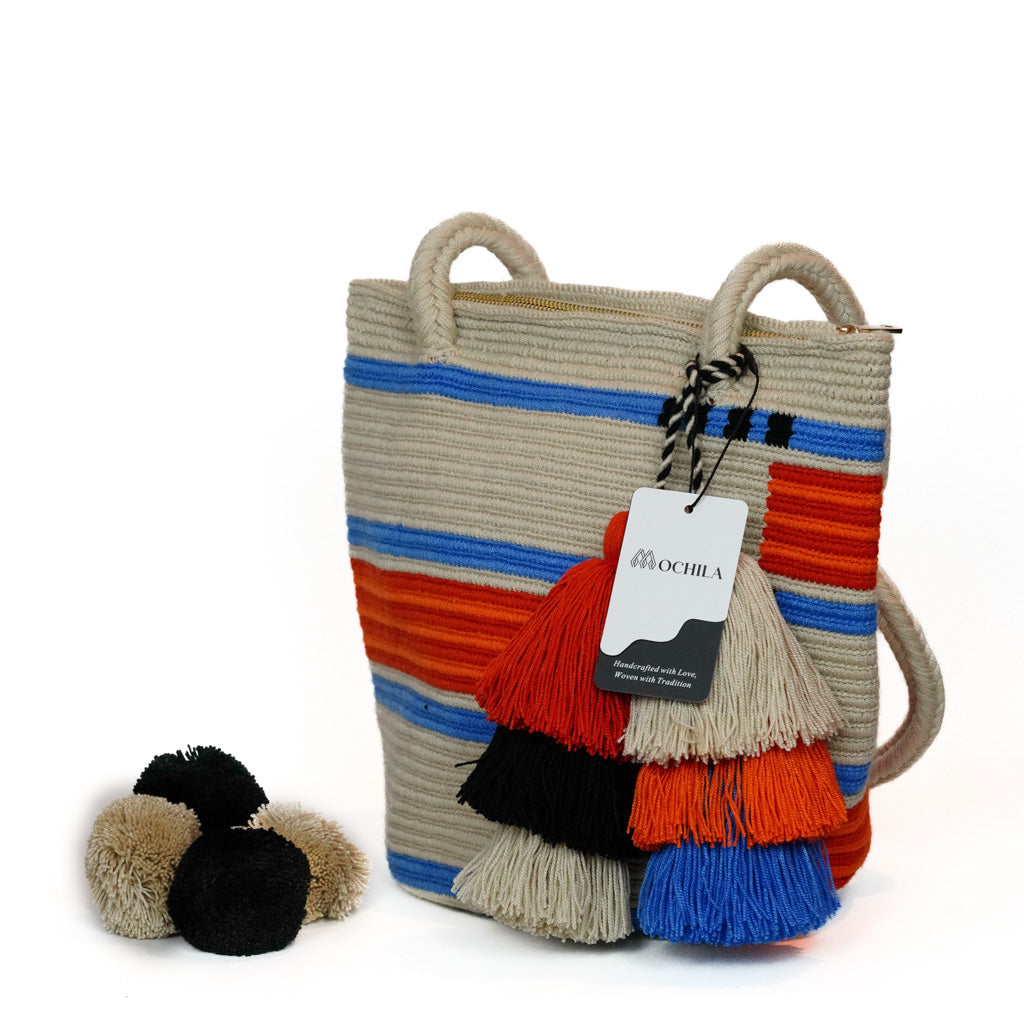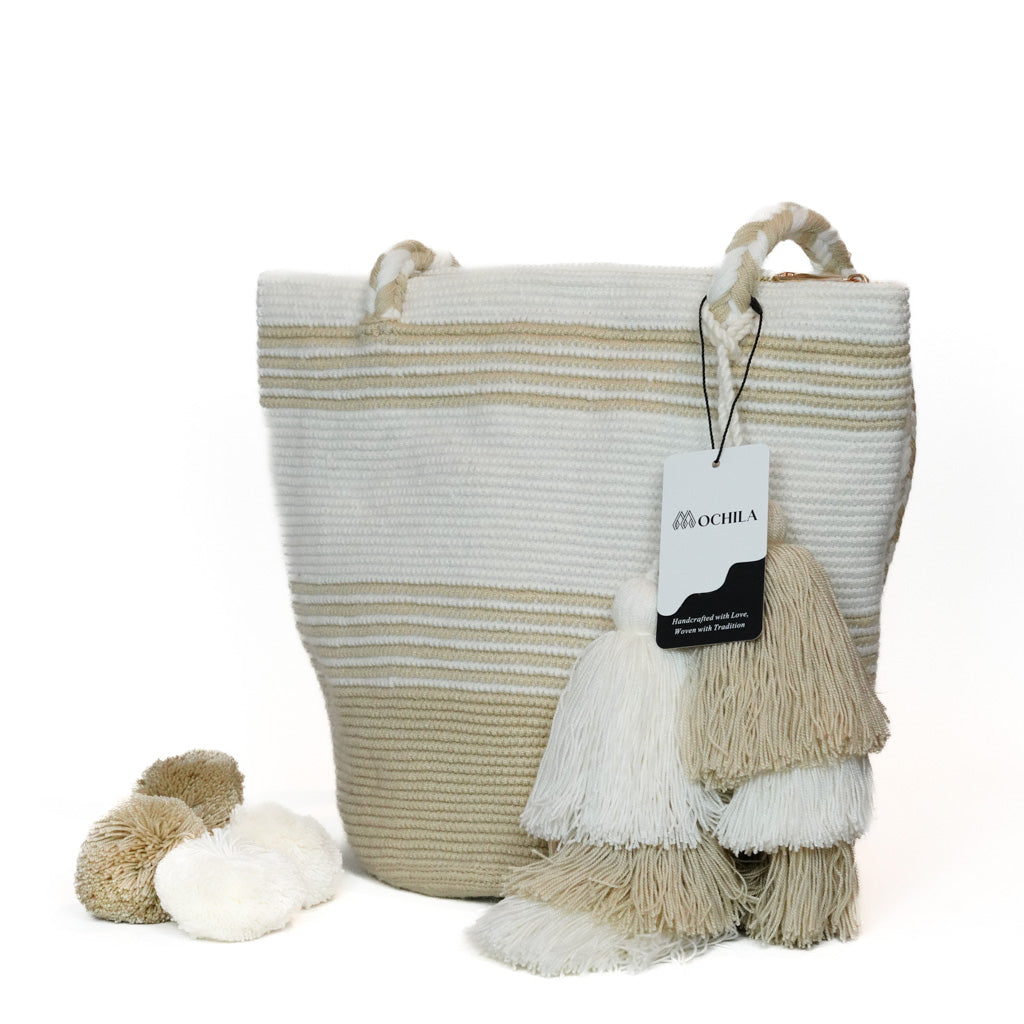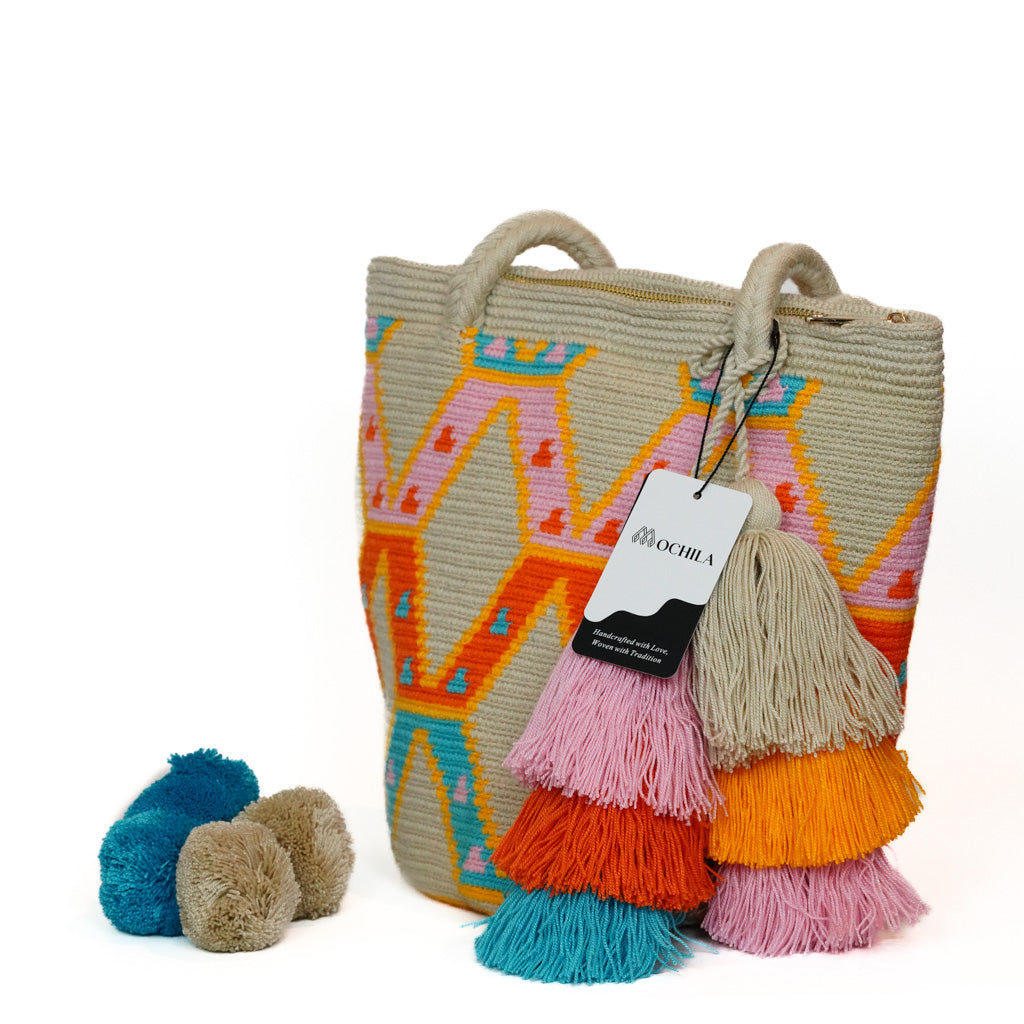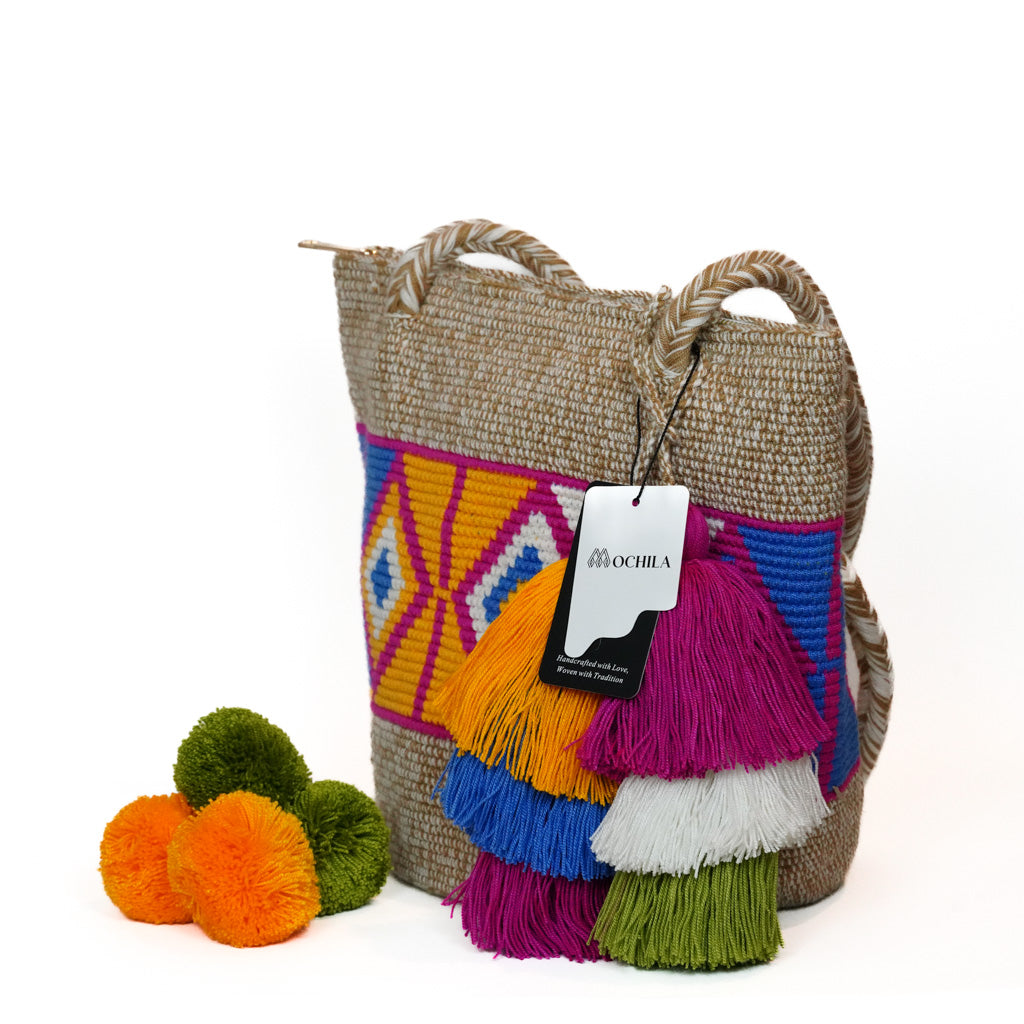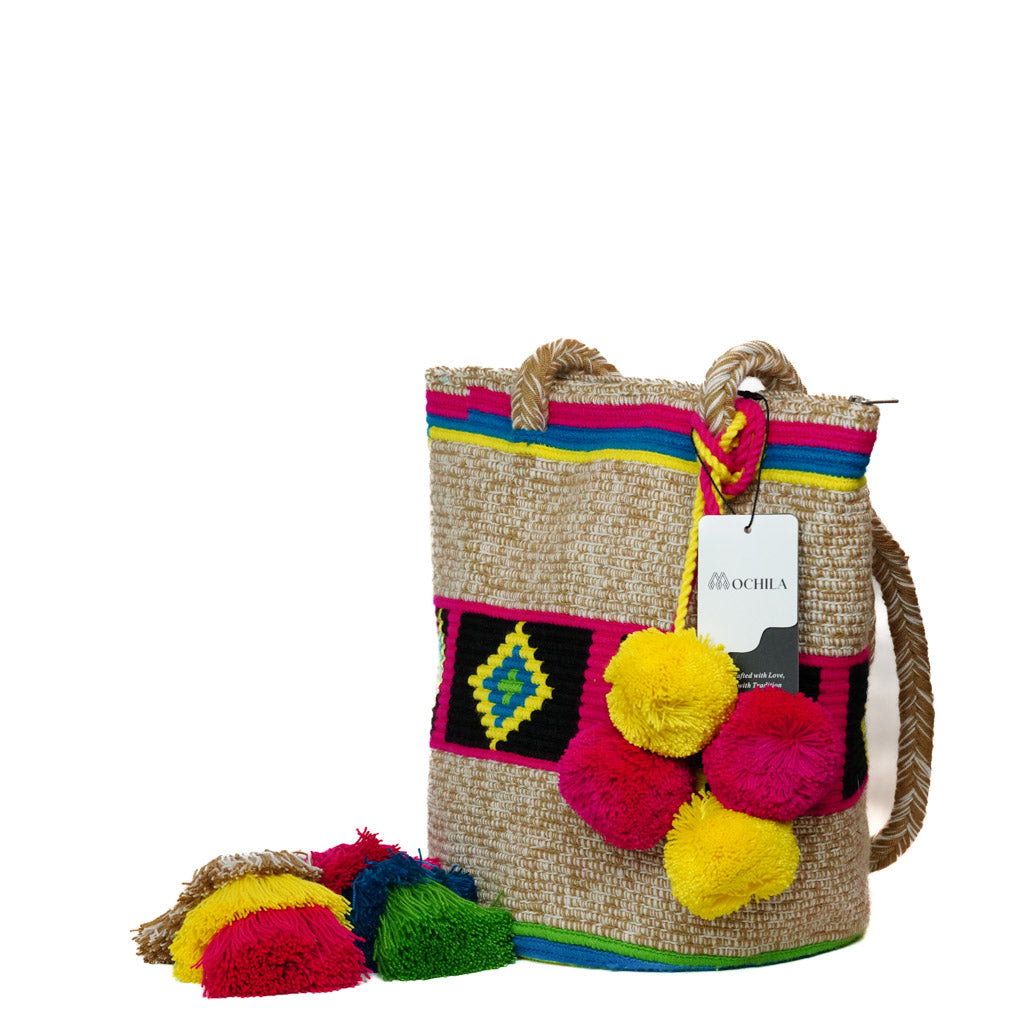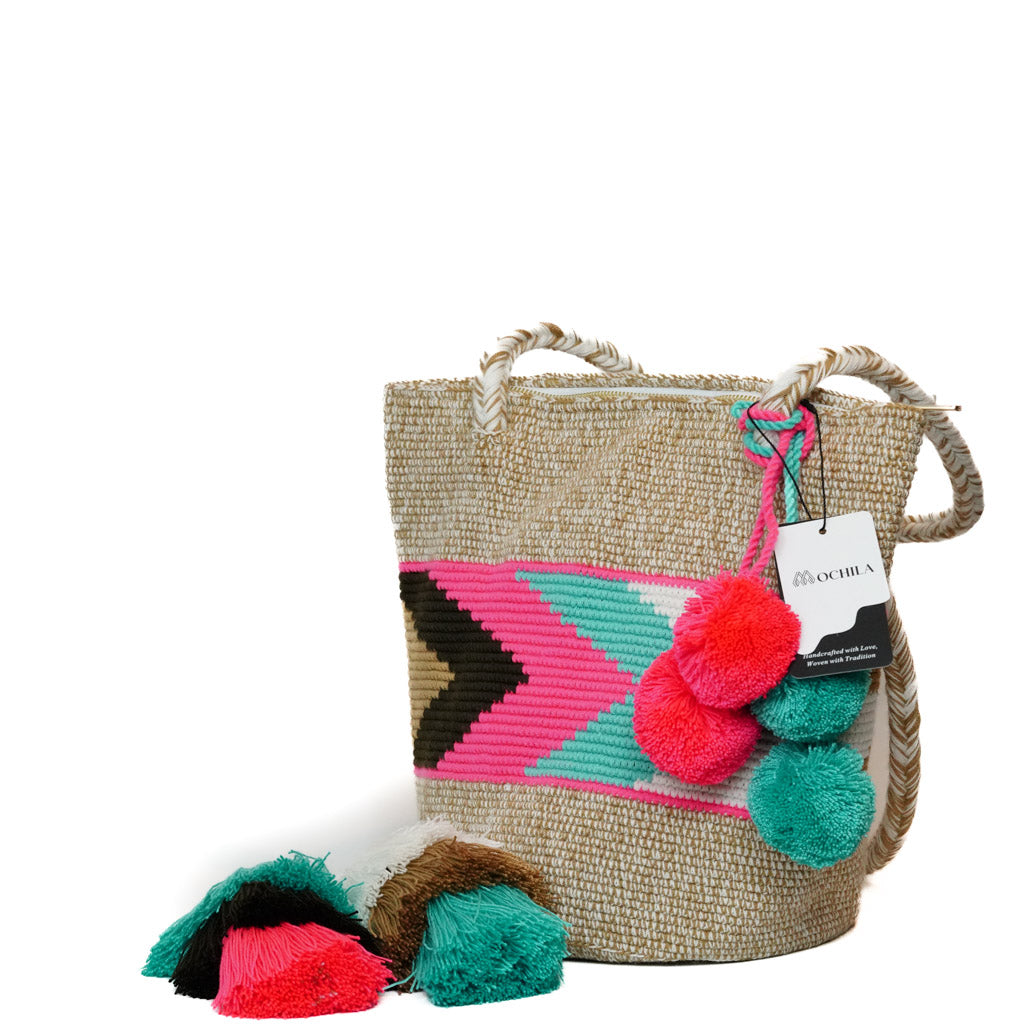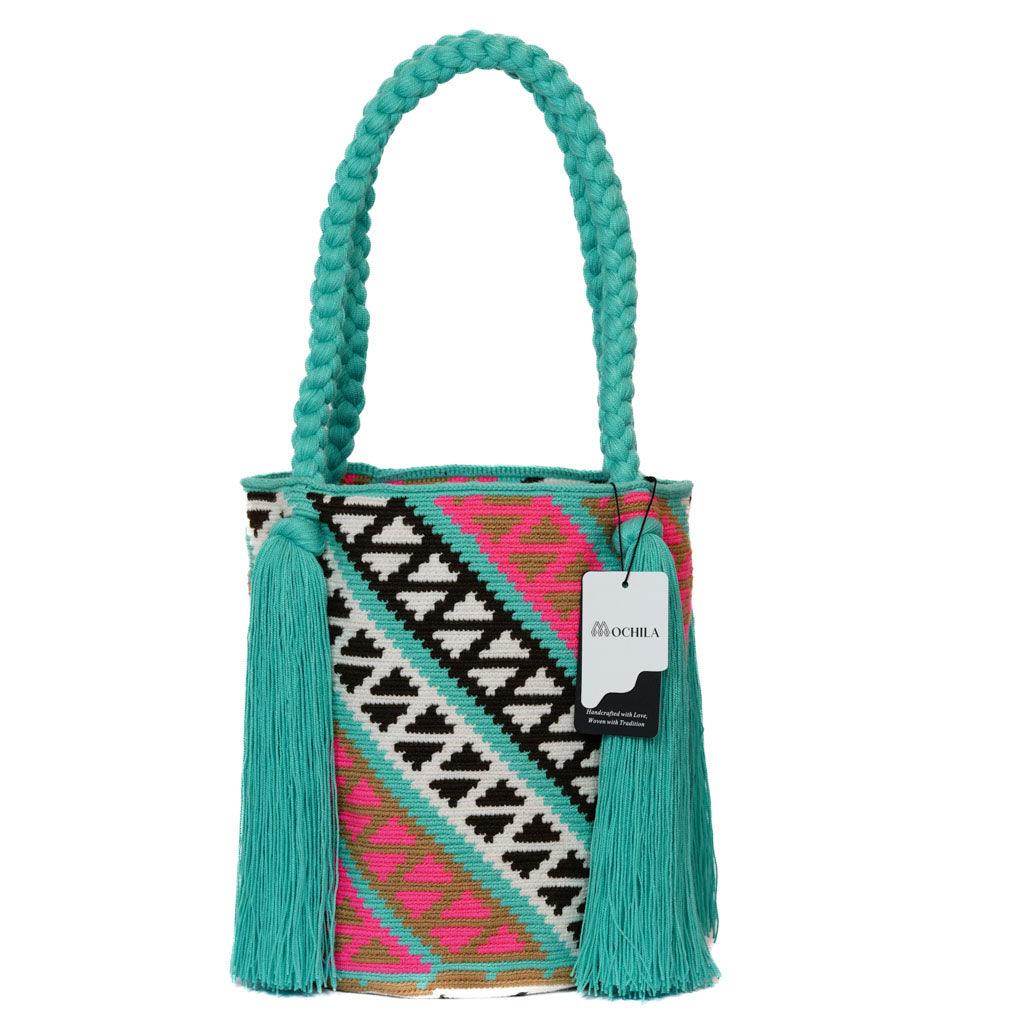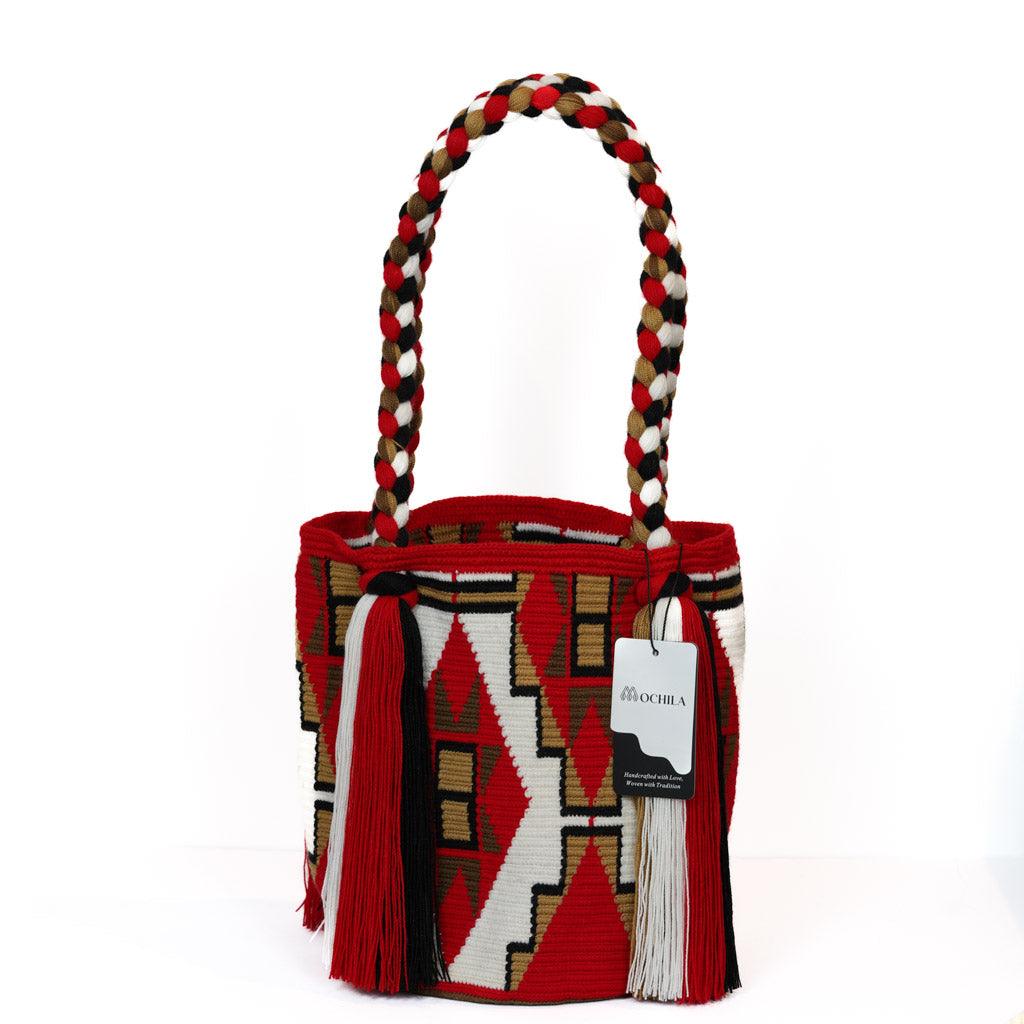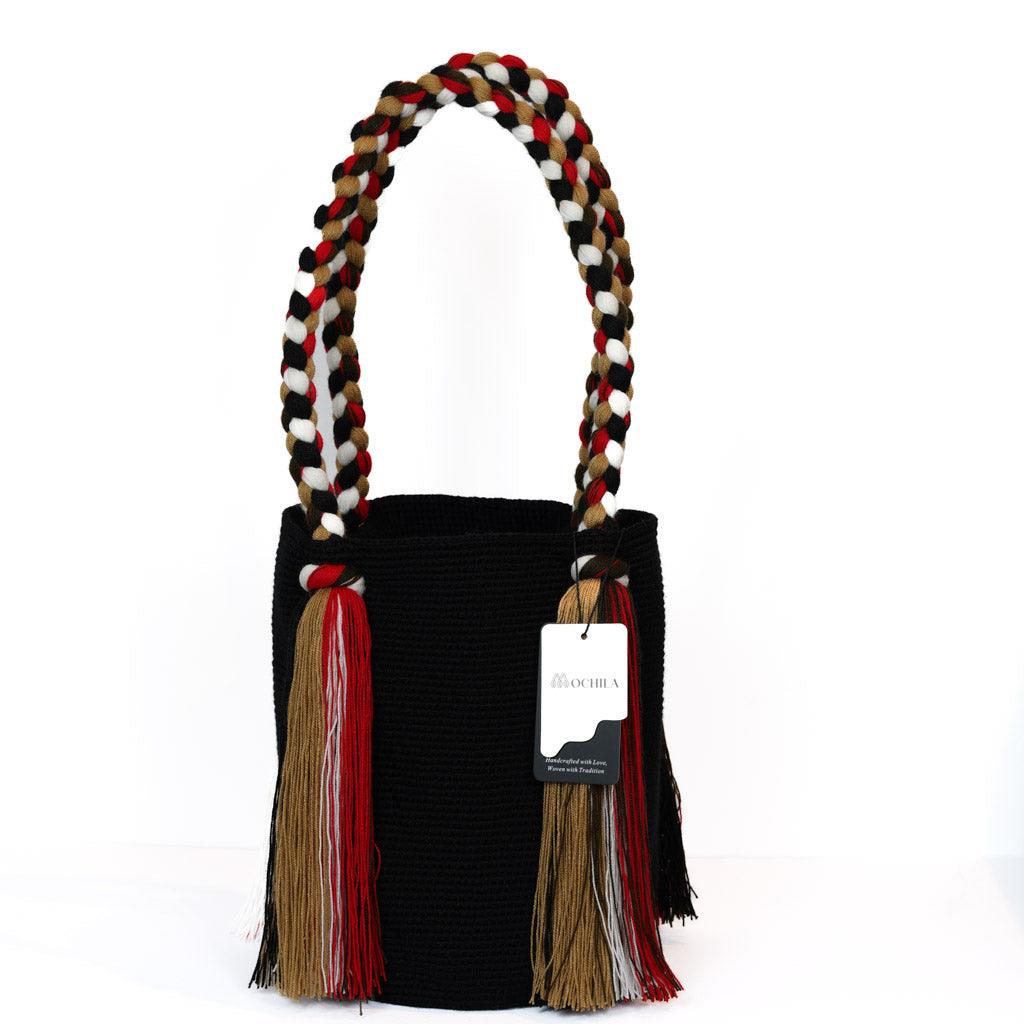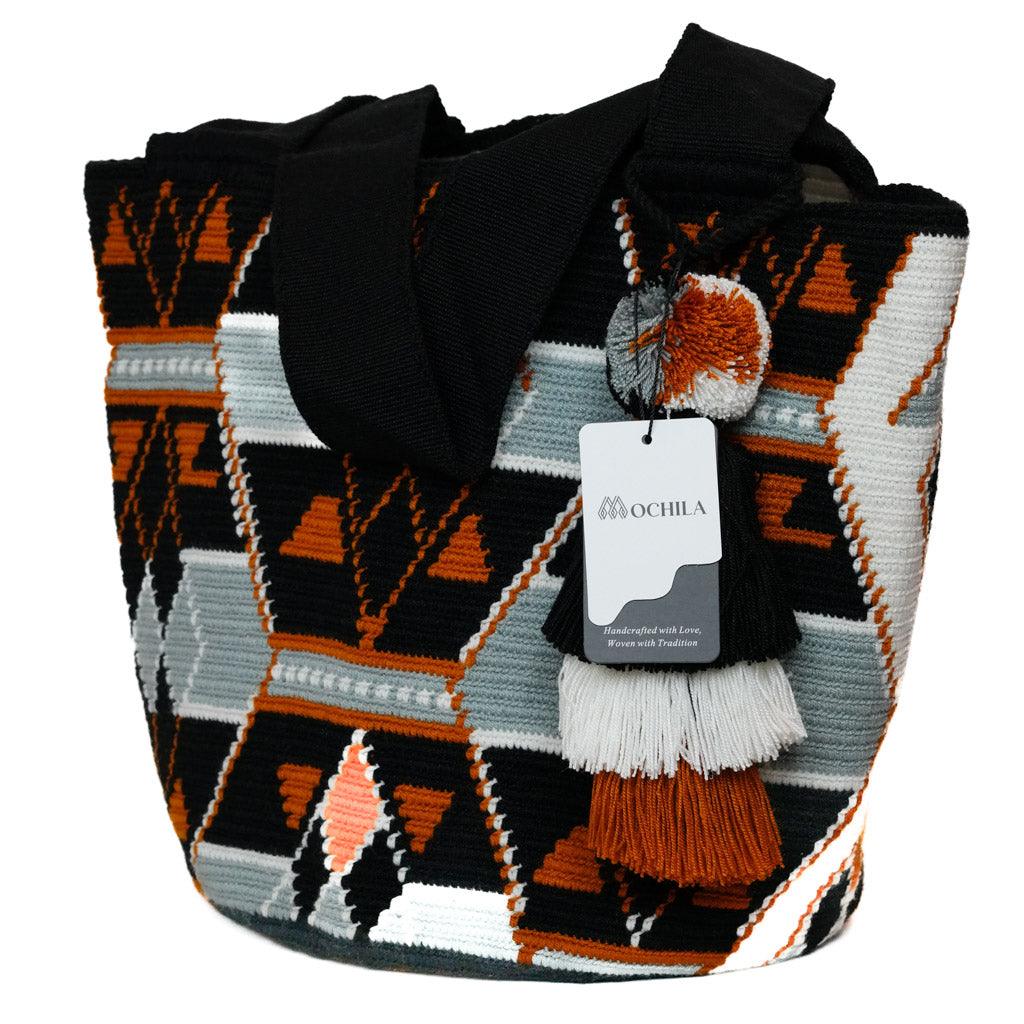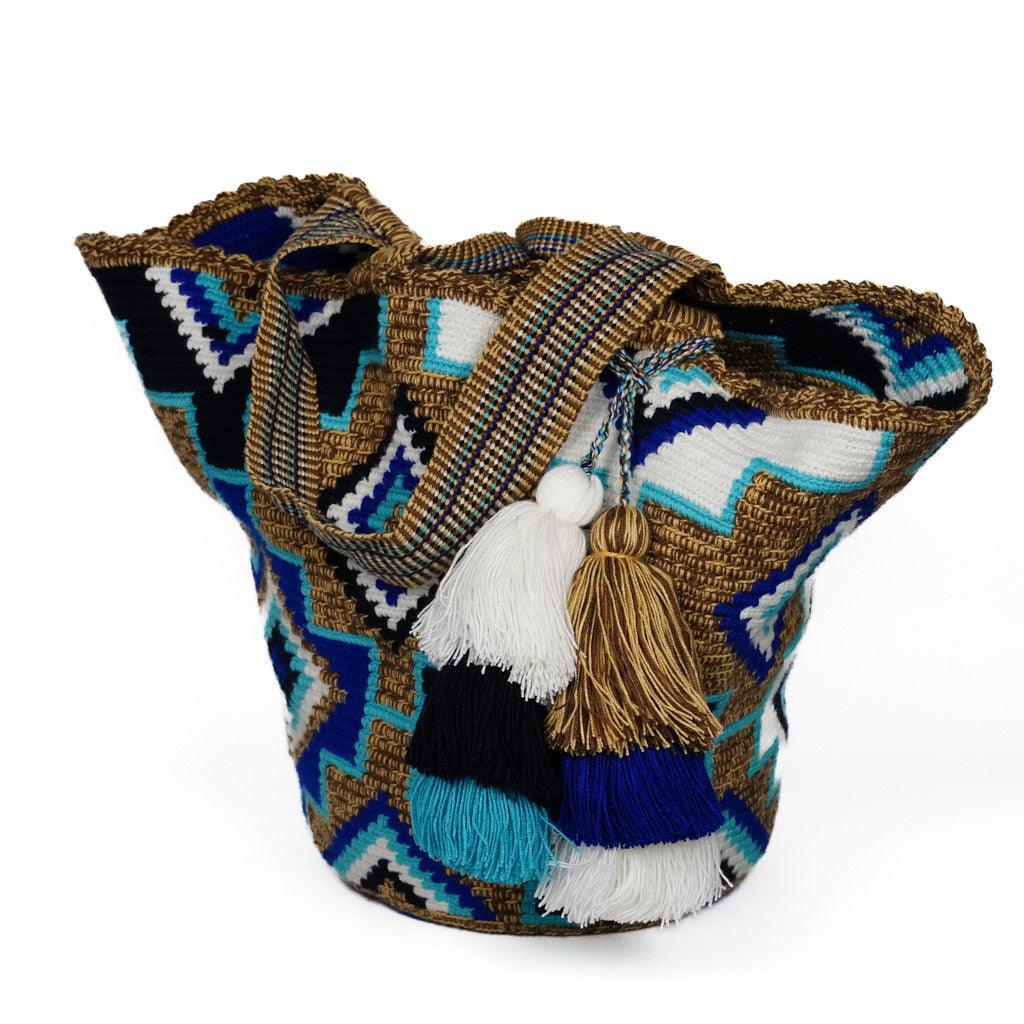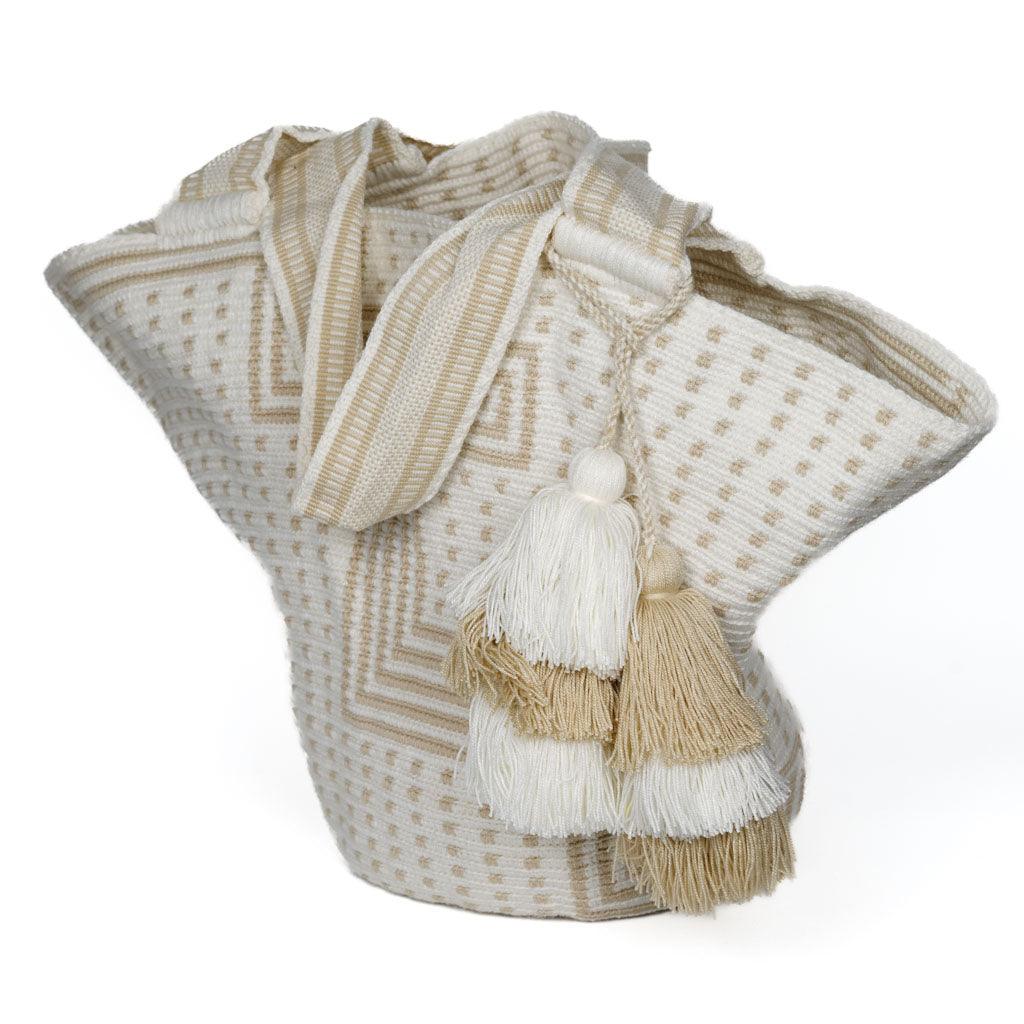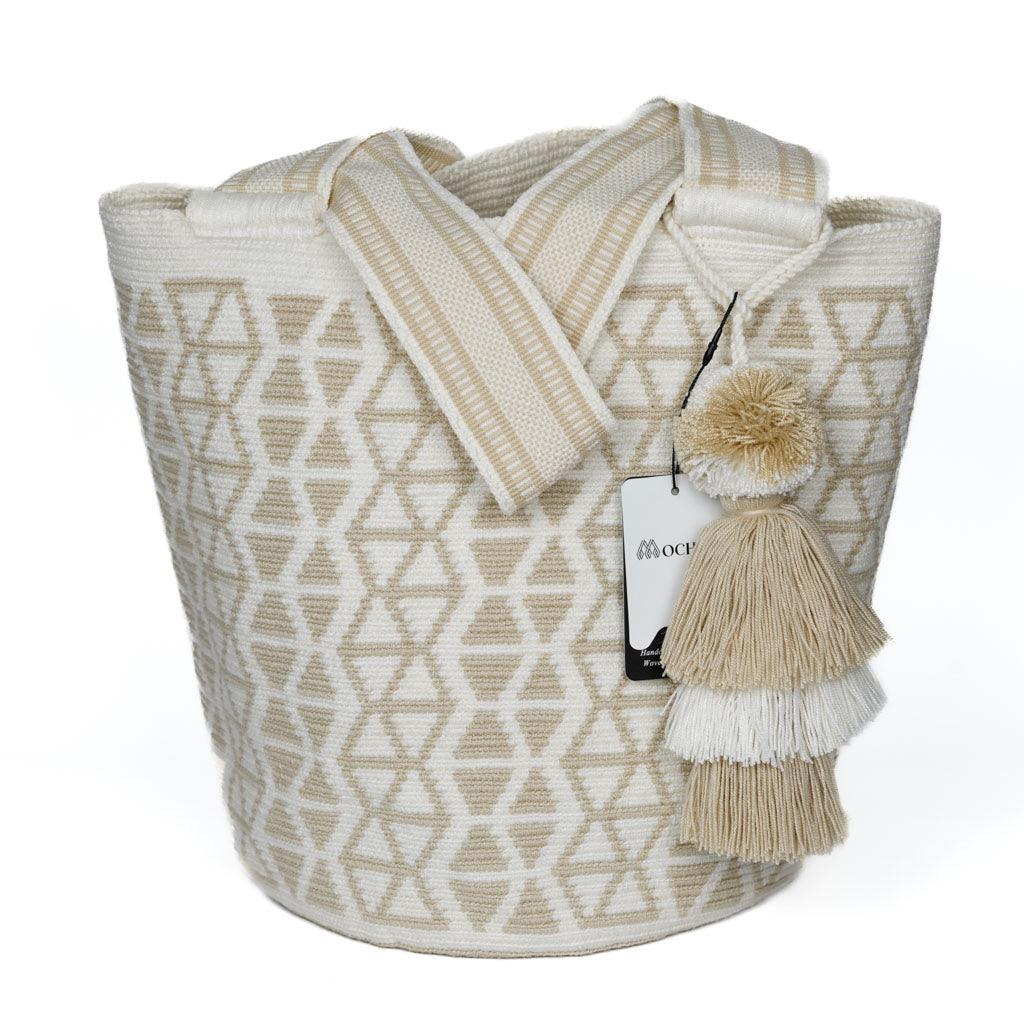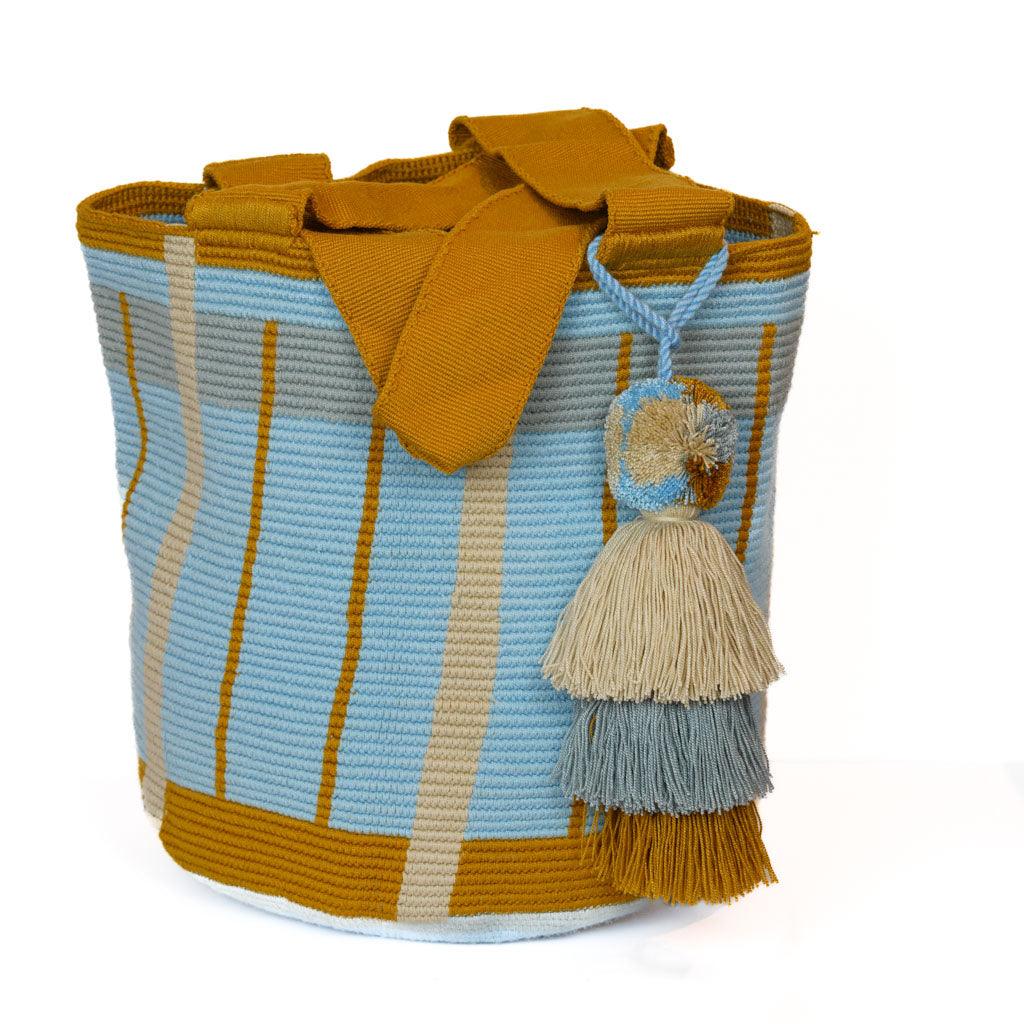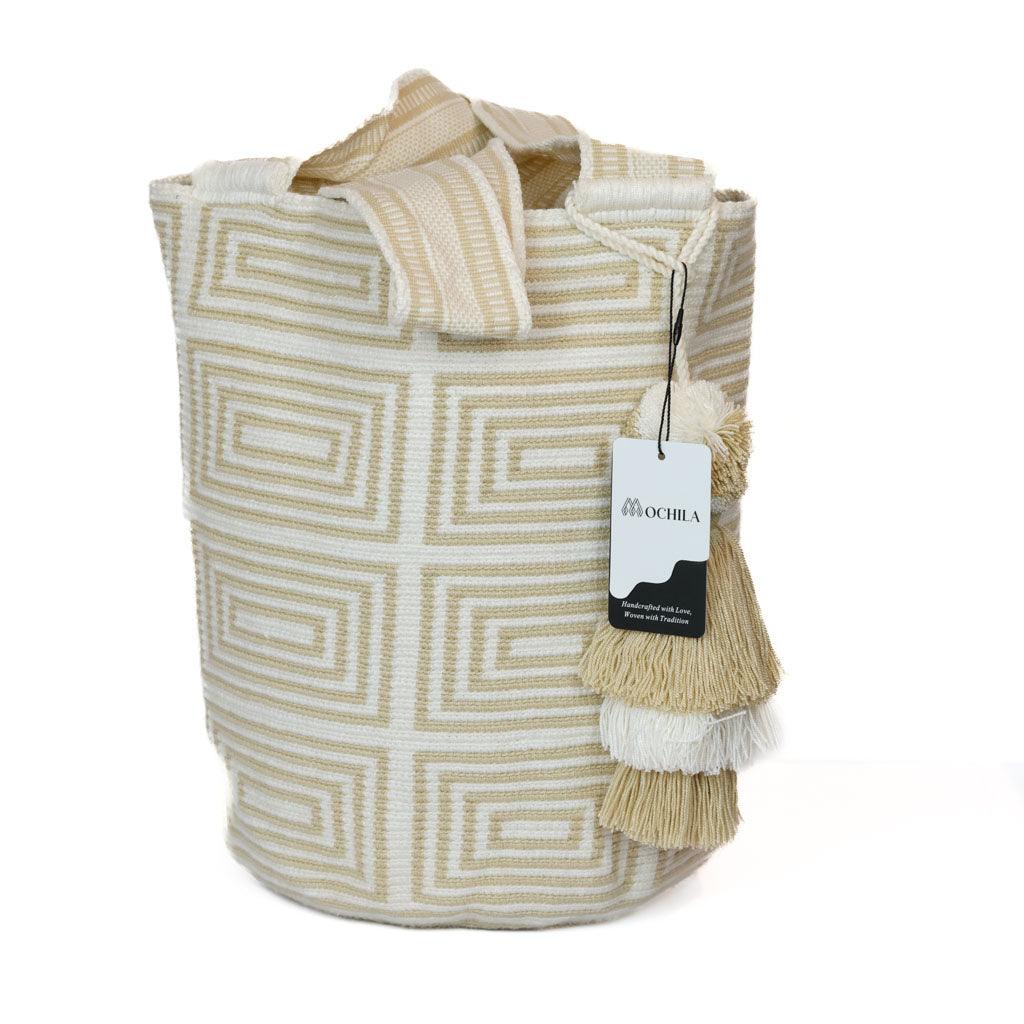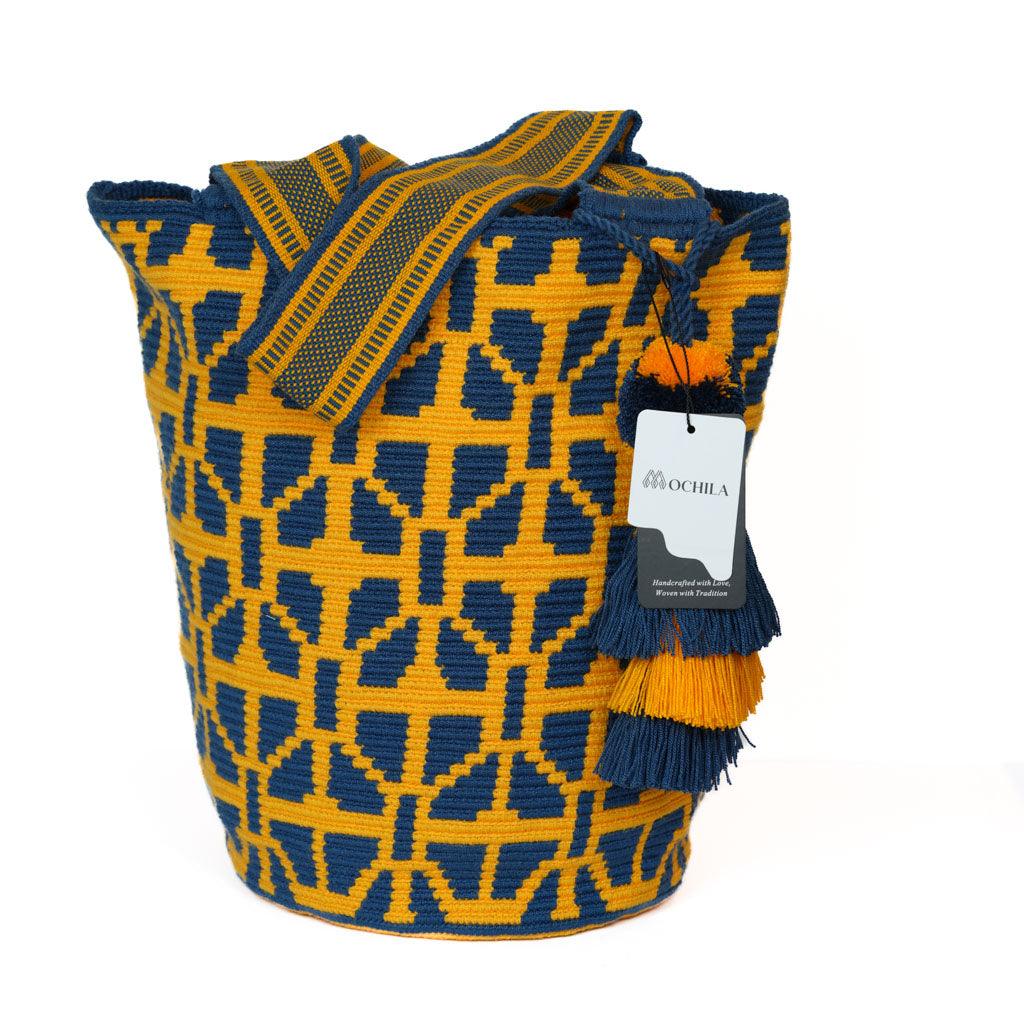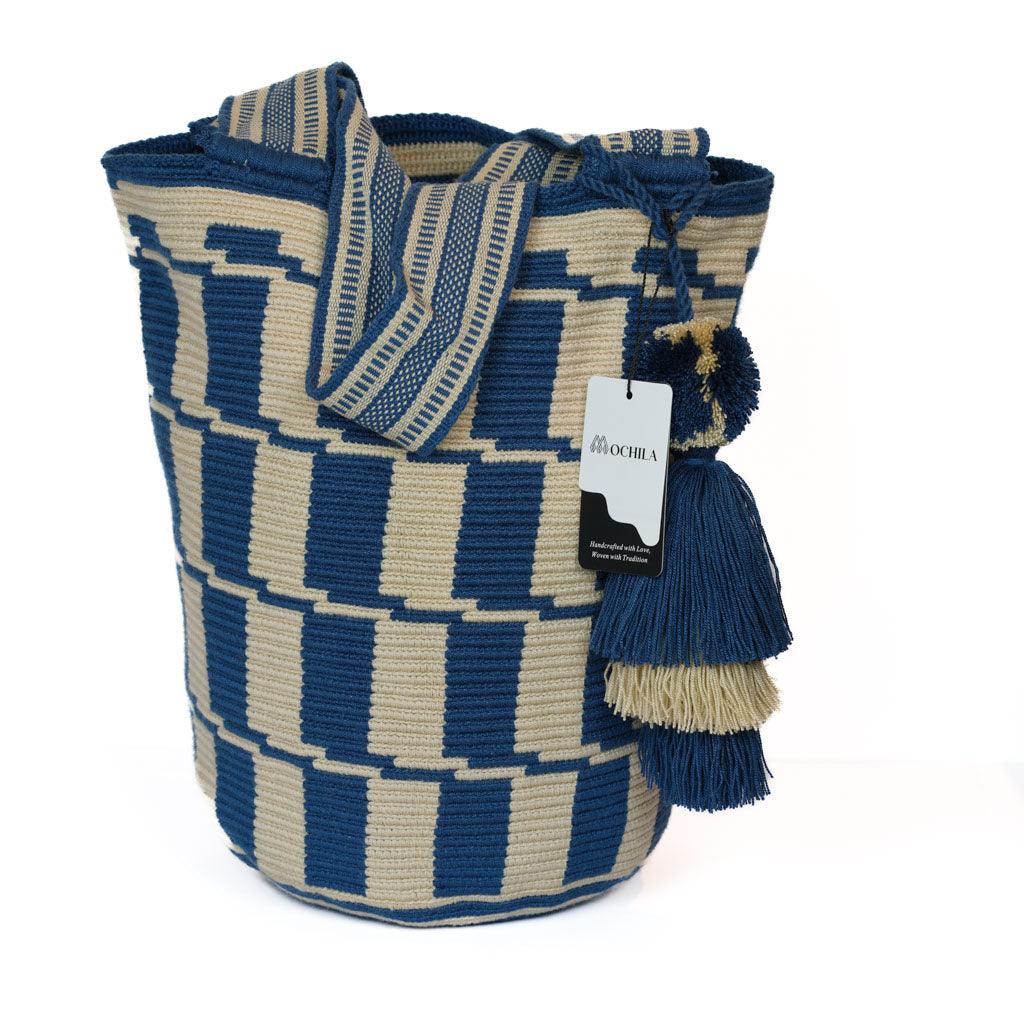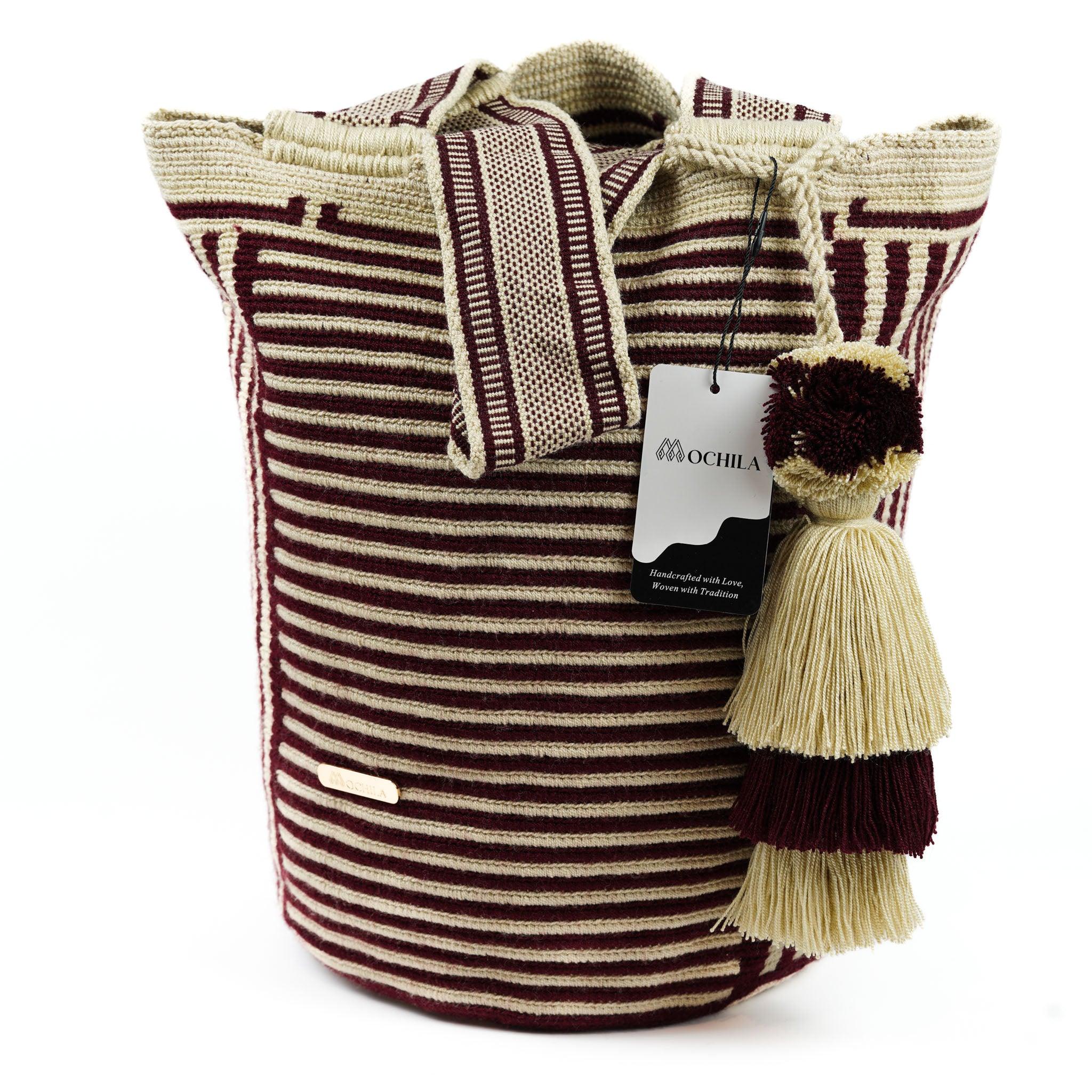Introduction to Crochet
In the realm of crafting and DIY projects, crochet holds a special place. It is a timeless skill that allows individuals to create everything from practical items like dishcloths and socks to beautiful works of art like lace doilies and intricately designed afghans.
What is Crochet?
Crochet is a method of creating fabric by interlocking loops of yarn, thread, or strands of other materials using a crochet hook. The name is derived from the French term "crochet", meaning "small hook". This craft is known for its versatility, as it can be used to make a wide variety of items, from cozy sweaters to delicate lace, plush toys, and even jewelry.
Learning how to crochet opens up a world of possibilities for handmade items, whether for personal use, as gifts, or even to sell. Plus, it is a relaxing activity that can be enjoyed at any pace, making it a perfect hobby for both beginners and experienced crafters.
The Beauty and Versatility of Afghans
One of the most popular projects in the crochet world is the afghan. An afghan is a blanket or throw, typically made with a series of connected squares or as a single piece. The beauty of afghans lies in their versatility. They can be made with any type of yarn, in any color or combination of colors, and with any number of crochet stitch patterns.
Afghans can be as simple or as complex as the crocheter wishes. They can be made with basic stitches for a minimalist and modern look, or with intricate patterns for a more traditional and ornate aesthetic. They can also vary in size, from small baby blankets to large throws that can cover a queen-size bed.
Learning how to crochet afghans allows one to create beautiful and practical items for their home, as well as heartfelt gifts for loved ones. It is a skill that offers endless opportunities for creativity and personal expression.
The journey to mastering afghans starts with understanding the basics of crochet, including the tools needed and the stitches commonly used. As one progresses, they can explore more advanced techniques and patterns to create truly unique and stunning afghans. So, grab a crochet hook and some yarn, and let's get started on this exciting journey of crochet and afghan-making!
Essential Crochet Tools for Afghans
Creating a beautiful crochet afghan requires more than just a pattern and a desire to create; it also requires the right tools. In the following sections, we'll delve into the essential tools needed for crocheting afghans, starting with understanding crochet hooks, choosing the right yarn, and the other necessary tools for your crochet project.
Understanding Crochet Hooks
Crochet hooks are the fundamental tools in any crochet project. They come in various sizes, usually marked by letters, numbers, or millimeters. The size of the hook determines the size of the stitches; a larger hook creates looser stitches, while a smaller hook creates tighter stitches.
When it comes to crocheting afghans, you might find that a medium-sized hook (such as a size H/8 or I/9) works well for many patterns. However, always refer to your pattern for the recommended hook size. If you're still unsure about which hook size to use, our article on how to determine crochet hook sizes provides a more comprehensive guide.
Choosing the Right Yarn
The choice of yarn plays a significant role in the outcome of your afghan. Yarns come in different weights, from light weight to bulky, and the right one to use will depend on your pattern.
For afghans, medium weight yarn is often a good choice as it provides a good balance between warmth and detail in the stitch pattern. When choosing yarn, consider the texture and washability, especially if the afghan will be used frequently.
Other Necessary Tools
In addition to crochet hooks and yarn, several other tools can make your crocheting experience smoother and more enjoyable. These include:
- Stitch markers: These are useful for marking specific stitches or rows in your pattern.
- Yarn needle: This is used for weaving in ends after you have finished your afghan.
- Scissors: A good pair of sharp scissors is essential for cutting your yarn.
- Measuring tape: This is used to check the gauge of your stitches and the overall size of your afghan.
Armed with these tools, you'll be well-prepared to start your journey on how to crochet afghans. Whether you're a beginner or an experienced crocheter, having the right tools can make a significant difference in your crocheting experience and the quality of your finished afghan. Now that you're familiar with the tools required, the next step is to learn the basic crochet stitches and techniques, which you can explore in our how to crochet stitches article.
Mastering Basic Crochet Stitches
To master the art of crocheting afghans, understanding and perfecting the basic crochet stitches is vital. These foundational stitches include the single crochet stitch, the double crochet stitch, and the treble crochet stitch. Each stitch brings a unique texture and density to the fabric, enhancing the beauty of the afghan.
Single Crochet Stitch
The single crochet stitch, often abbreviated as 'sc', is the most basic and essential stitch in crochet. It creates a dense, tight fabric that's perfect for blankets, making it an excellent stitch to use when learning how to crochet afghans.
To create a single crochet stitch, one needs to insert the hook into the stitch, yarn over, pull through to make two loops on the hook, yarn over again, and pull through both loops. With practice, the rhythm of the single crochet stitch becomes second nature, forming the backbone of many crochet projects. For more information on this stitch, check out our beginner's guide on how to crochet stitches.
Double Crochet Stitch
The double crochet stitch, often abbreviated as 'dc', is twice the height of the single crochet stitch. It creates a fabric that's more open and lighter than the single crochet stitch, making it perfect for creating draping afghans.
The double crochet stitch is worked by yarning over and inserting the hook into the stitch, yarning over and pulling through to make three loops on the hook, yarning over and pulling through the first two loops, yarning over again, and then pulling through the remaining two loops. The double crochet stitch is a popular choice for afghan patterns due to its versatility and the beautiful texture it provides.
Treble Crochet Stitch
The treble crochet stitch, often abbreviated as 'tr', is taller than the double crochet stitch. It creates a very loose and open fabric, making it a great choice for lightweight and lacy afghans.
To make a treble crochet stitch, one needs to yarn over twice before inserting the hook into the stitch, yarn over and pull through to make four loops on the hook, yarn over and pull through the first two loops, yarn over and pull through the next two loops, yarn over again and pull through the remaining two loops. The treble crochet stitch adds an elegant touch to any afghan design.
By mastering these three basic crochet stitches, one can create a plethora of afghan patterns. Each stitch lends itself to a different texture and look, allowing for endless creativity when crocheting afghans. For more tips and techniques on crocheting, refer to our article on how to crochet for beginners.
Advanced Techniques for Afghan Patterns
Once you've mastered the basic stitches, it's time to take a step further and explore some advanced techniques that can be used to create beautiful afghan patterns. These techniques can significantly enhance the visual appeal of your afghan and take your crochet skills to another level. The methods discussed in this section include granny squares, ripple afghans, and mosaic afghans.
Granny Squares
Granny squares are one of the most traditional and popular patterns in crochet. They are versatile, colorful, and can be combined in countless ways to create unique afghan designs. A granny square is essentially a piece of square fabric produced in crochet by working in rounds from the center outward.
The beauty of granny squares lies in their simplicity and the creative freedom they offer. You can play around with different colors and sizes, and arrange the squares in any pattern you like. Furthermore, granny squares are also portable, making them ideal for those who enjoy crocheting on the go. For a step-by-step guide on how to crochet granny squares, refer to our how to crochet guide.
Ripple Afghans
Ripple afghans, also known as chevron afghans, are characterized by their distinctive zigzag pattern. This pattern is achieved by increasing and decreasing stitches at regular intervals to create peaks and valleys.
Ripple afghans can add a touch of elegance and sophistication to any room. They are perfect for those who want to experiment with color transitions and gradients. In addition to being visually appealing, ripple afghans also provide an excellent opportunity to practice and perfect your stitch tension. To learn more about creating ripple patterns, check out our article on how to crochet patterns for blankets.
Mosaic Afghans
Mosaic afghans are the epitome of intricate crochet patterns. Also known as tapestry crochet, this technique involves using two or more colors of yarn to create detailed, pixelated patterns.
The mosaic technique can be used to create a variety of geometric patterns and even pictorial designs. It's a fantastic option for those who want to push their crochet skills to the limit. However, it's worth noting that mosaic crochet can be quite complex and may require some practice to master. For instructions on how to get started with mosaic crochet, visit our how to crochet stitches page.
These advanced techniques can open up a world of possibilities for your afghan projects. Whether you opt for the traditional granny squares, the elegant ripple pattern, or the intricate mosaic technique, each method offers a unique way to express your creativity and enhance your crochet skills. Remember, the key to mastering these techniques lies in practice, so don't be afraid to experiment and make mistakes along the way. Happy crocheting!
How to Crochet Afghans
The art of crocheting afghans can be a rewarding and enjoyable hobby. With the right guidance and practice, you can create a cozy and beautiful afghan from scratch. This section will guide you through the process of starting an Afghan project, provide some useful tips and tricks, and help troubleshoot common problems.
Starting an Afghan Project
Before you start your Afghan project, first decide on the size of the afghan you want to create. The size can range from a small baby blanket to a large throw for a king-size bed.
Next, choose your yarn. The type of yarn you choose can greatly affect the look and feel of your afghan. Consider factors such as texture, weight, and washability when making your selection.
After you've decided on the size and yarn, it's time to choose your pattern. There are countless afghan patterns available, from simple designs for beginners to intricate patterns for more experienced crocheters.
Once you have all your materials and your pattern, you're ready to start crocheting. Begin by making a foundation chain according to the instructions in your pattern.
Tips and Tricks for Better Afghan Crochet
Here are some tips and tricks to help you crochet better afghans:
- Maintain Consistent Tension: Keeping a consistent tension on your yarn as you crochet is crucial for ensuring your afghan turns out even and uniform.
- Count Your Stitches: It's easy to lose track of your stitches when you're working on a large project like an afghan. Make it a habit to count your stitches regularly to ensure you're sticking to the pattern.
- Take Regular Breaks: Crocheting for long periods can strain your hands and wrists. Remember to take regular breaks to rest and stretch your hands.
Troubleshooting Common Problems
Even experienced crocheters encounter problems from time to time. Here are some common issues and how to resolve them:
- Uneven Edges: If your afghan is turning out lopsided, it could be because you're adding or skipping stitches. Make sure to count your stitches regularly to avoid this problem.
- Too Tight or Loose Stitches: If your stitches are too tight or loose, it could be due to inconsistent tension. Practice maintaining a consistent tension on your yarn as you crochet.
- Pattern Difficulties: If you're having trouble following a pattern, try breaking it down into smaller sections. If you're still having difficulties, consider choosing a simpler pattern or consulting a more experienced crocheter for assistance.
Learning how to crochet afghans can be a fun and rewarding endeavor. With patience, practice, and the right techniques, you'll be well on your way to creating beautiful, cozy afghans. Don't be afraid to experiment with different patterns and techniques, and most importantly, have fun! For more detailed guides on how to crochet, please visit our how to crochet section.

